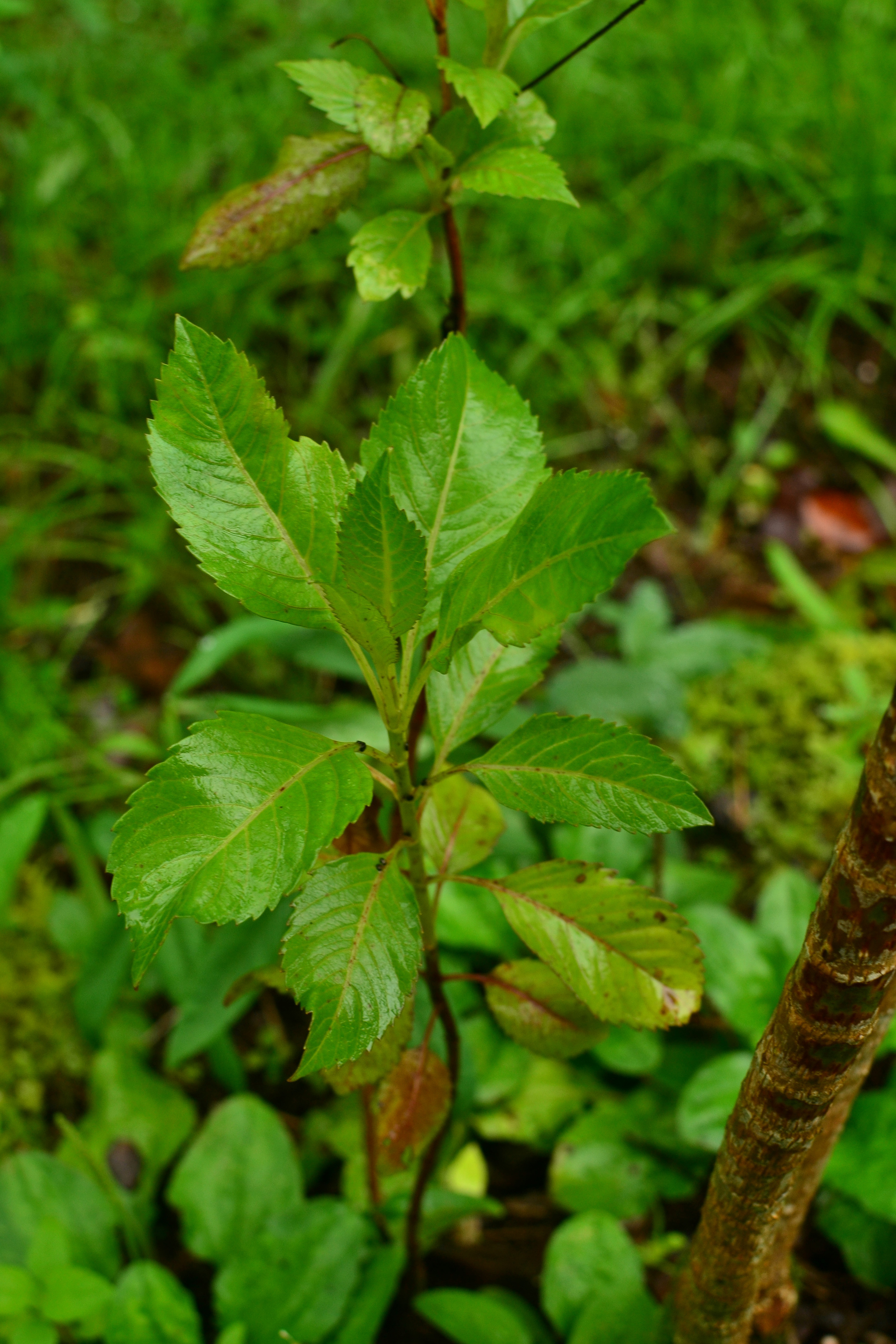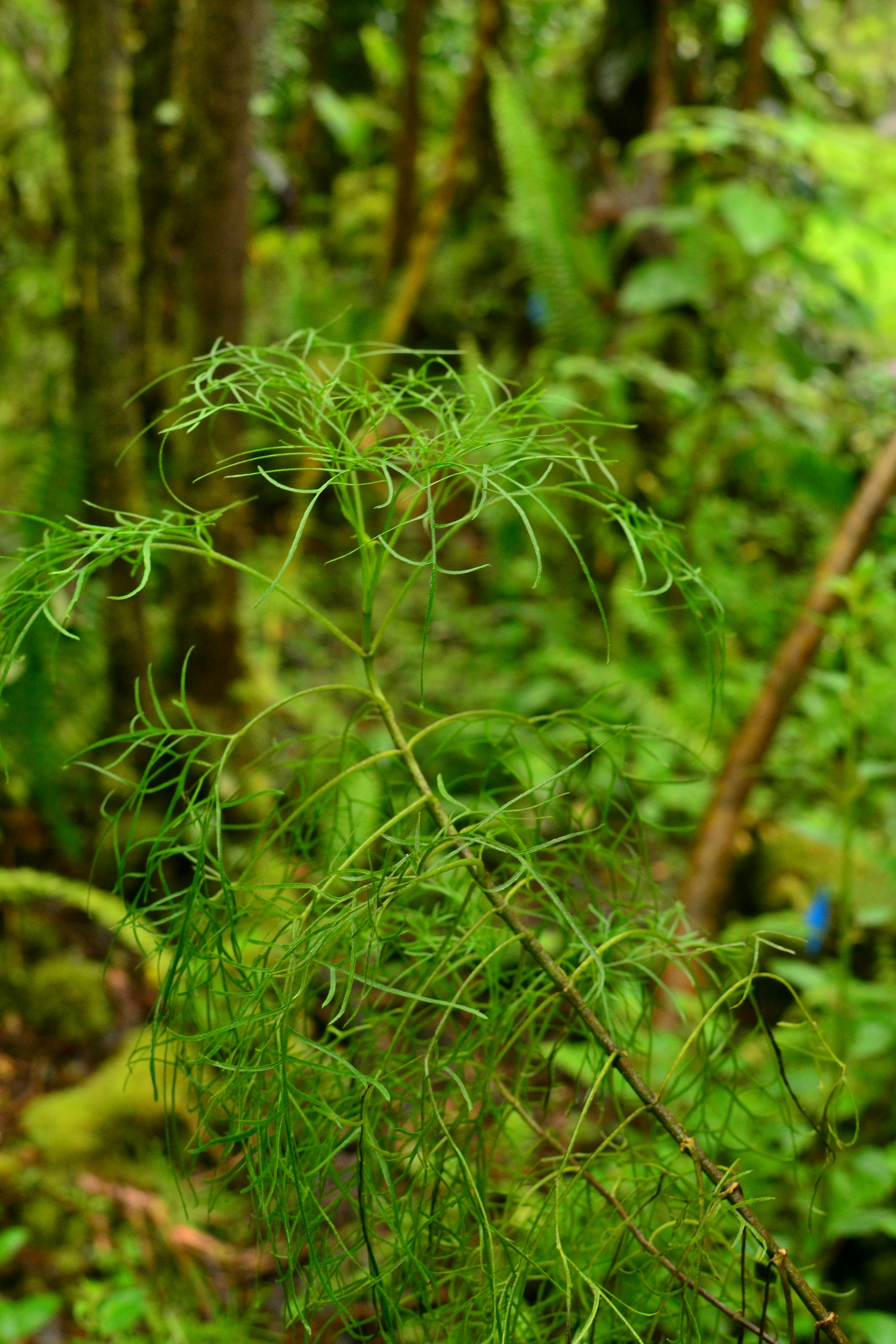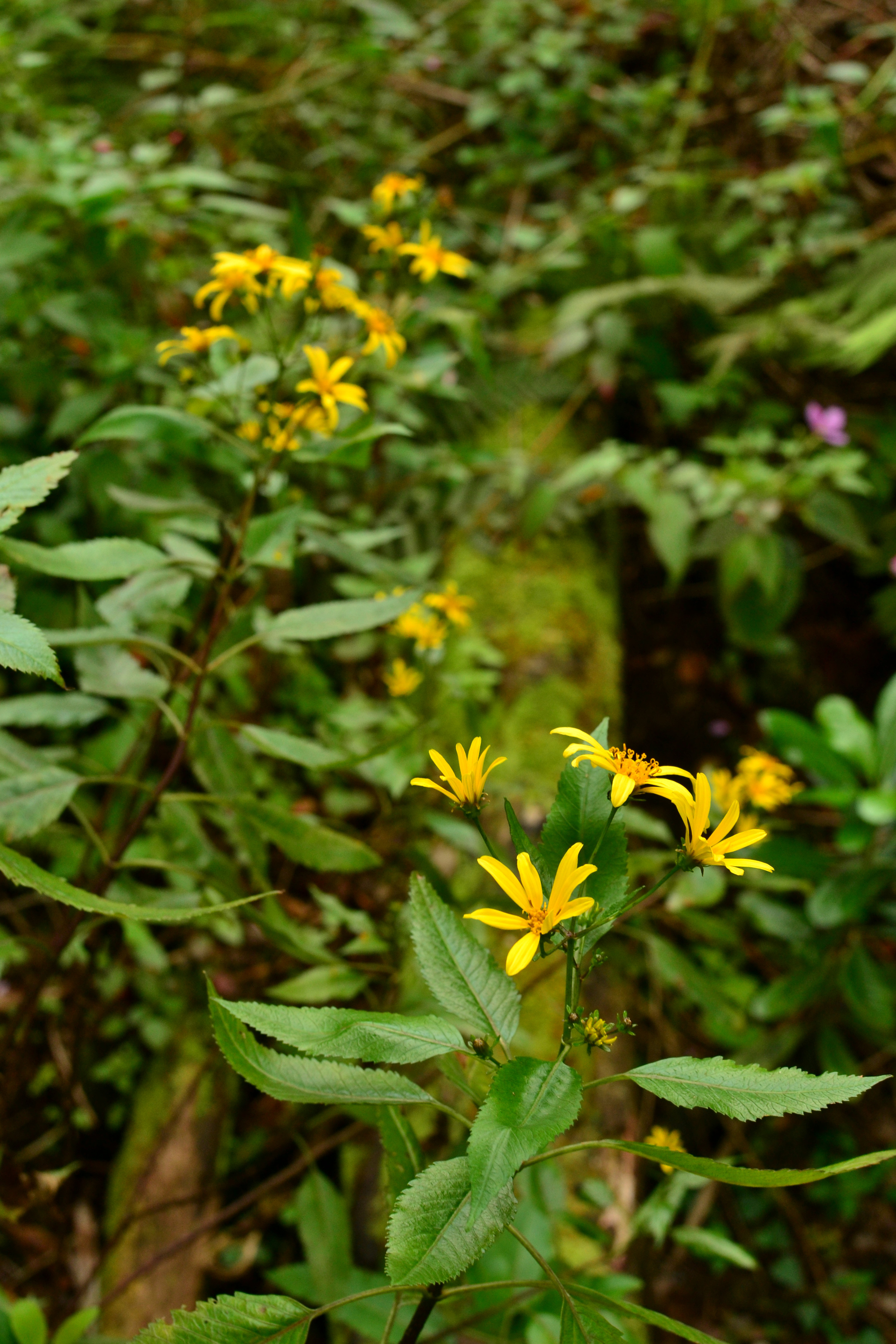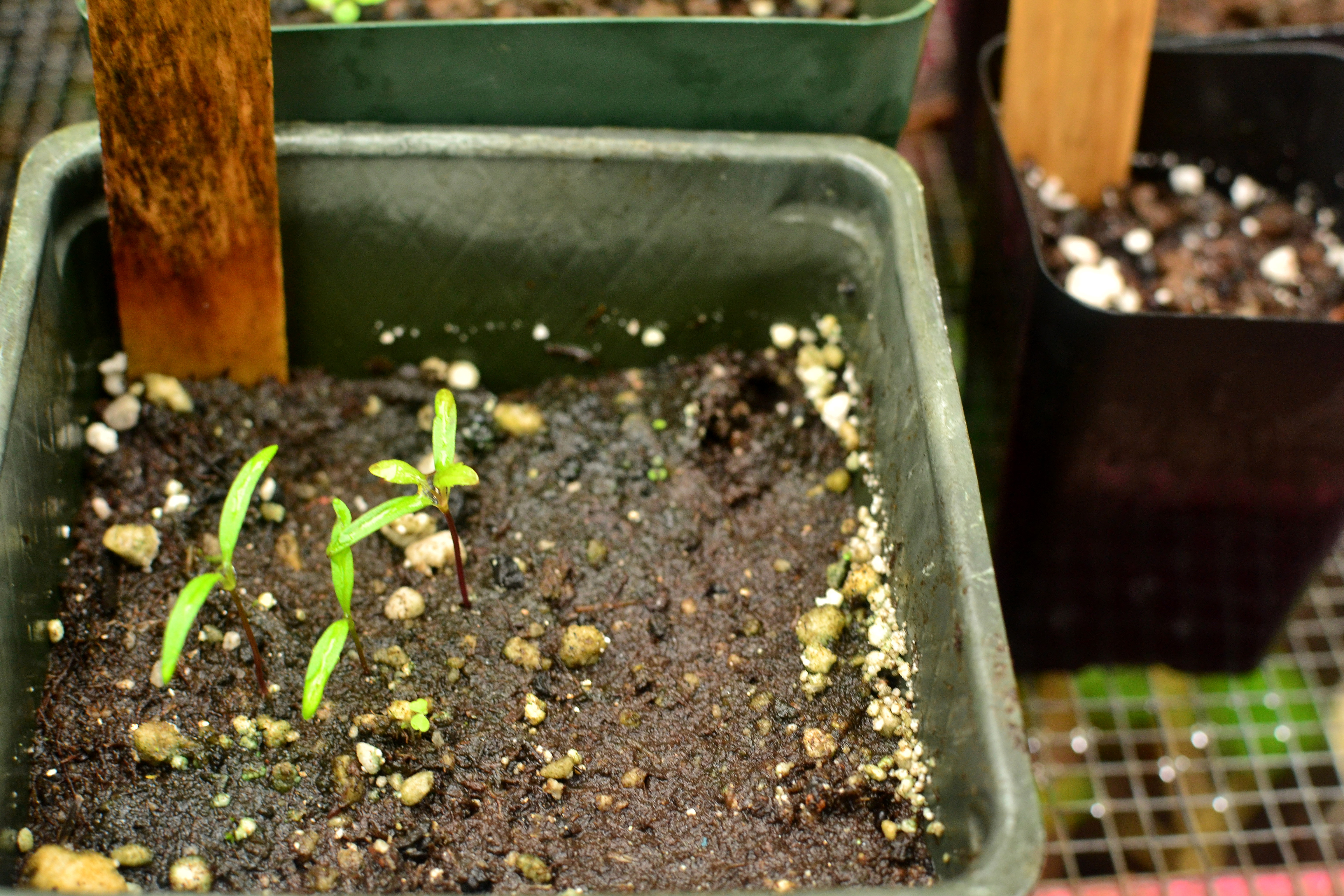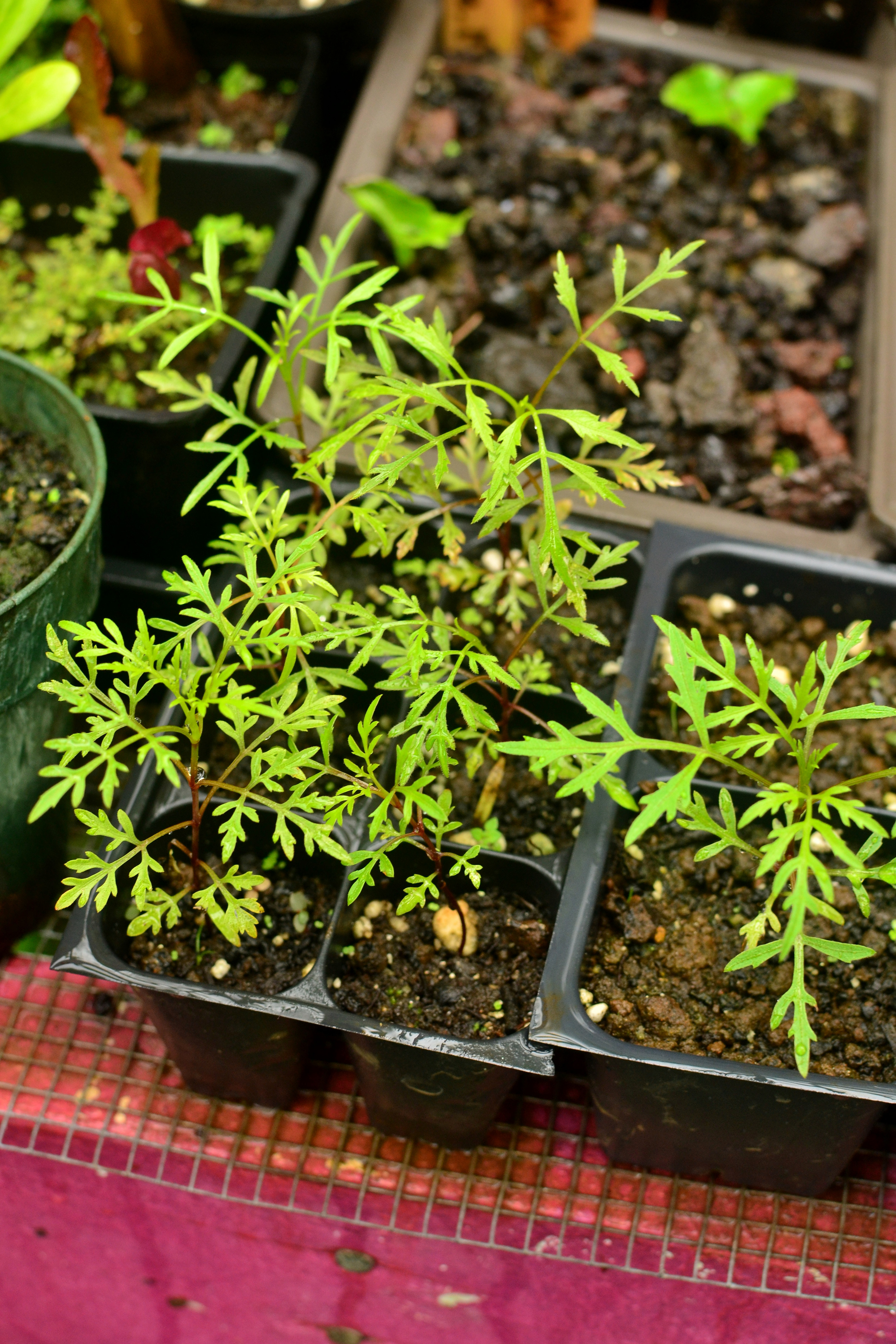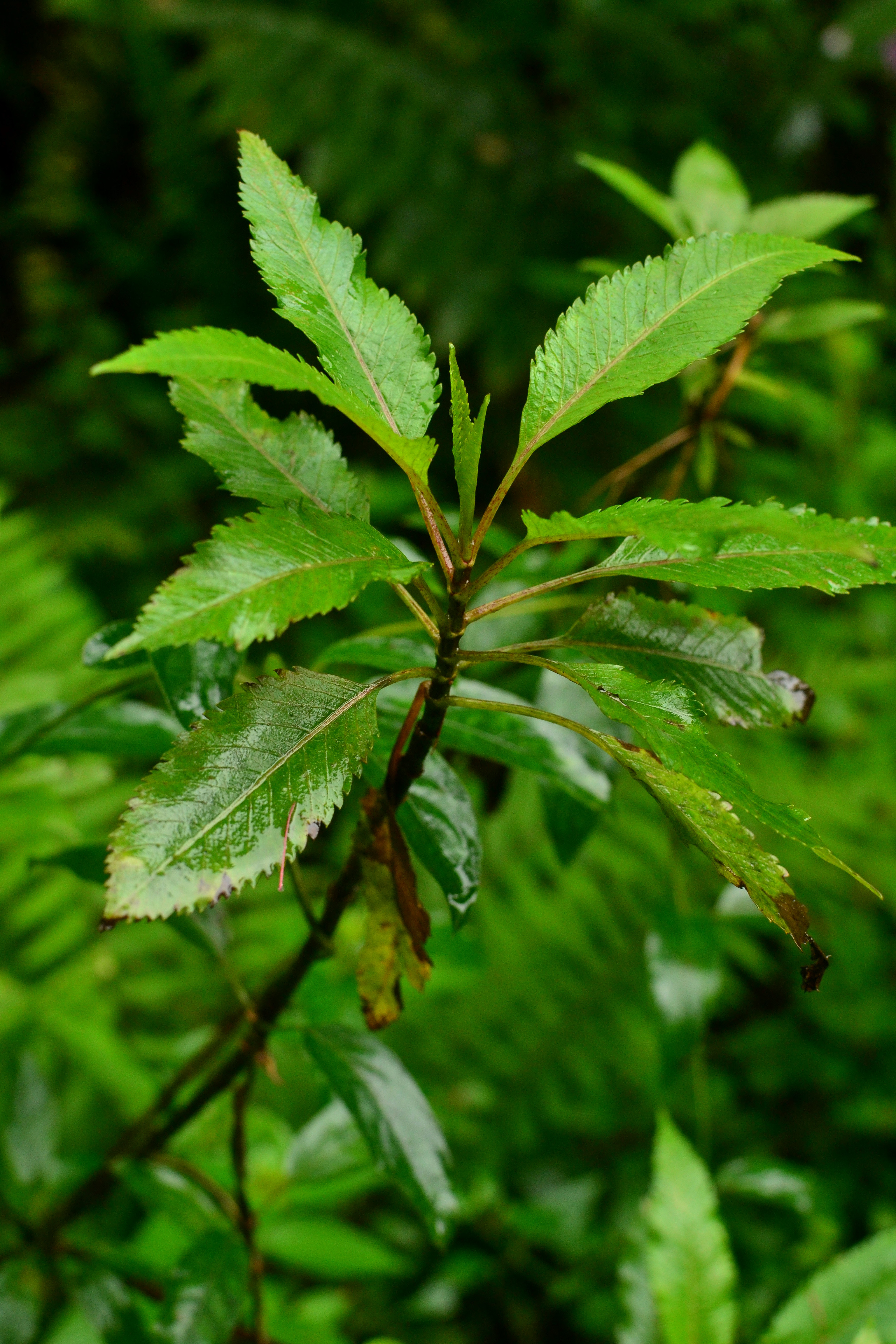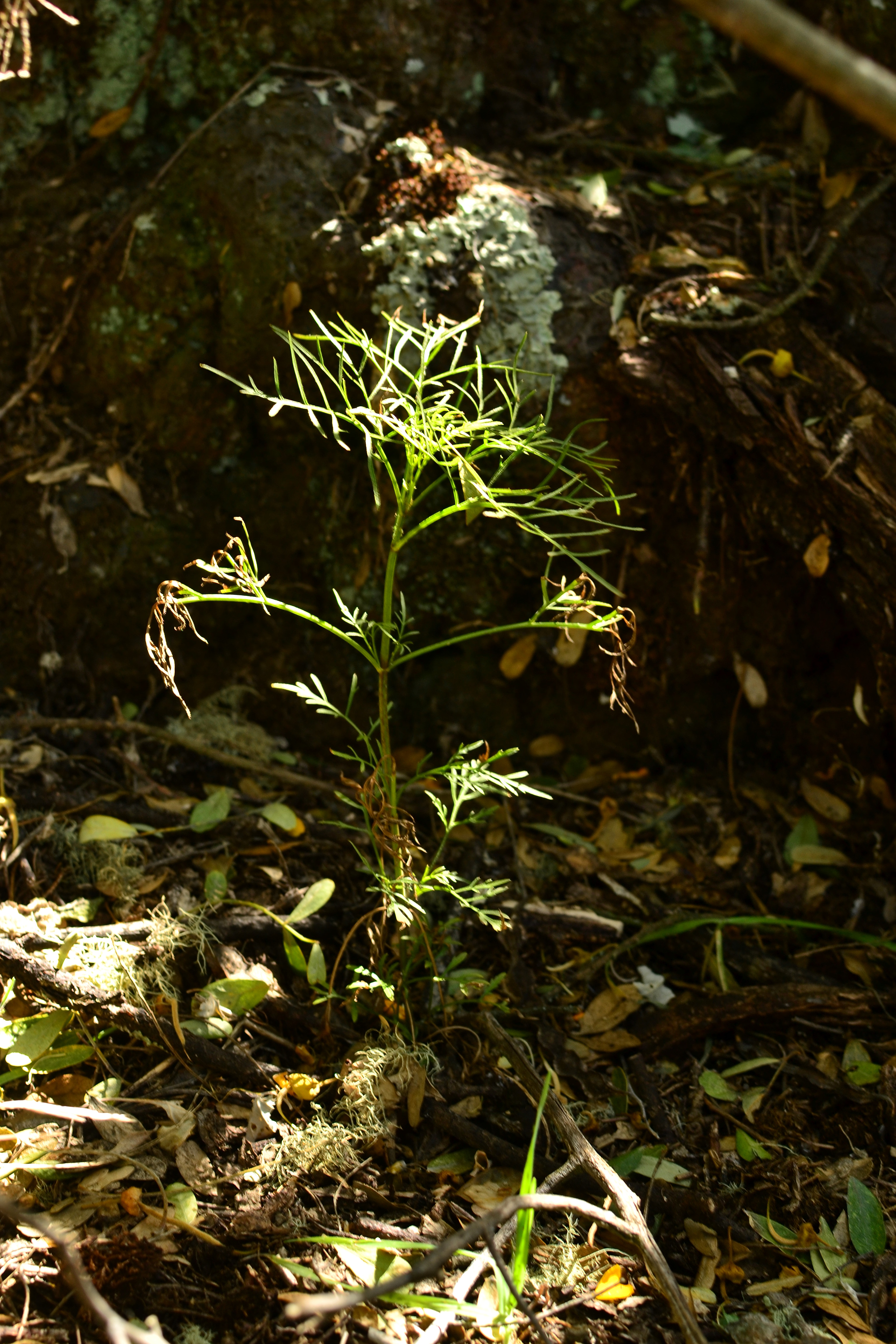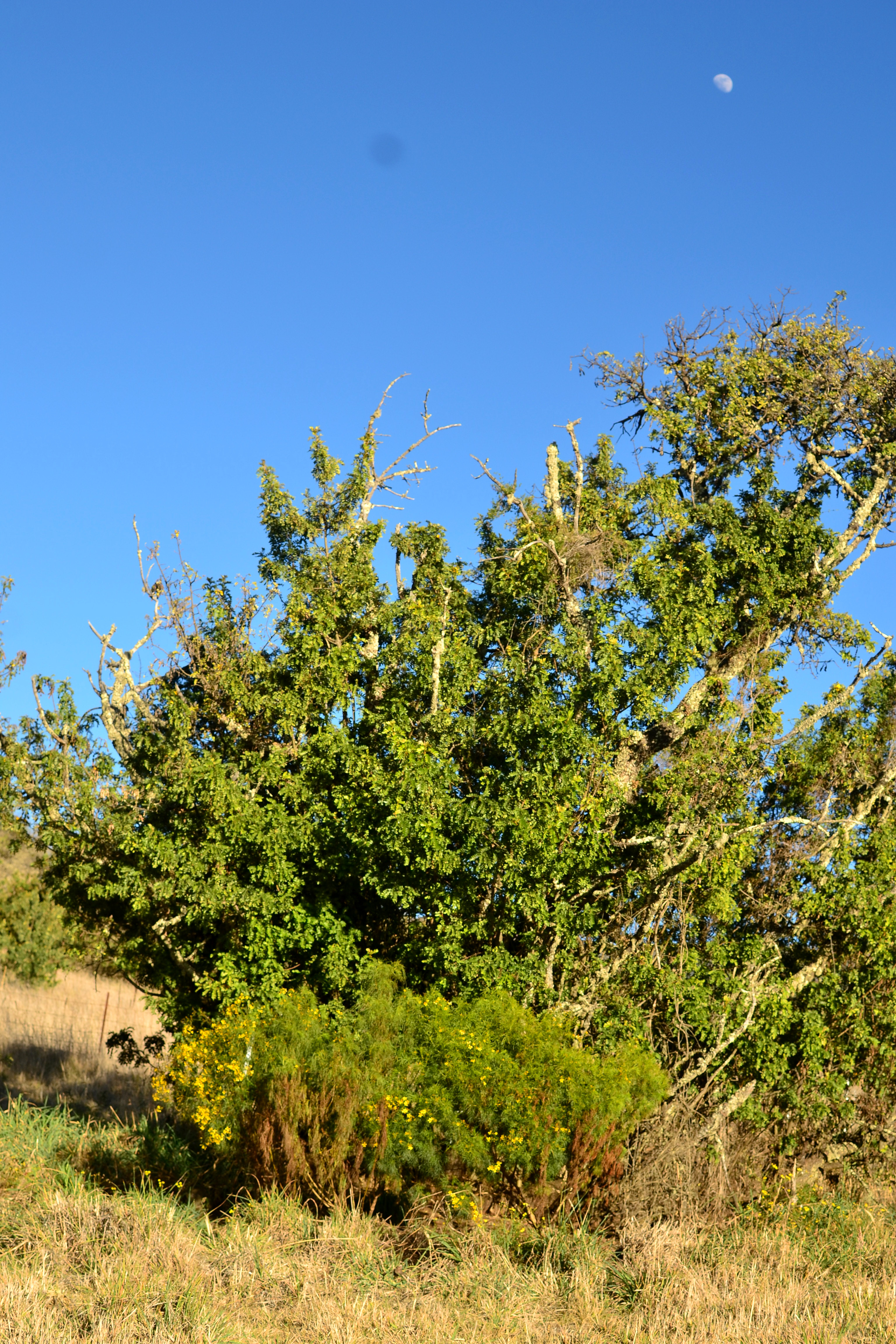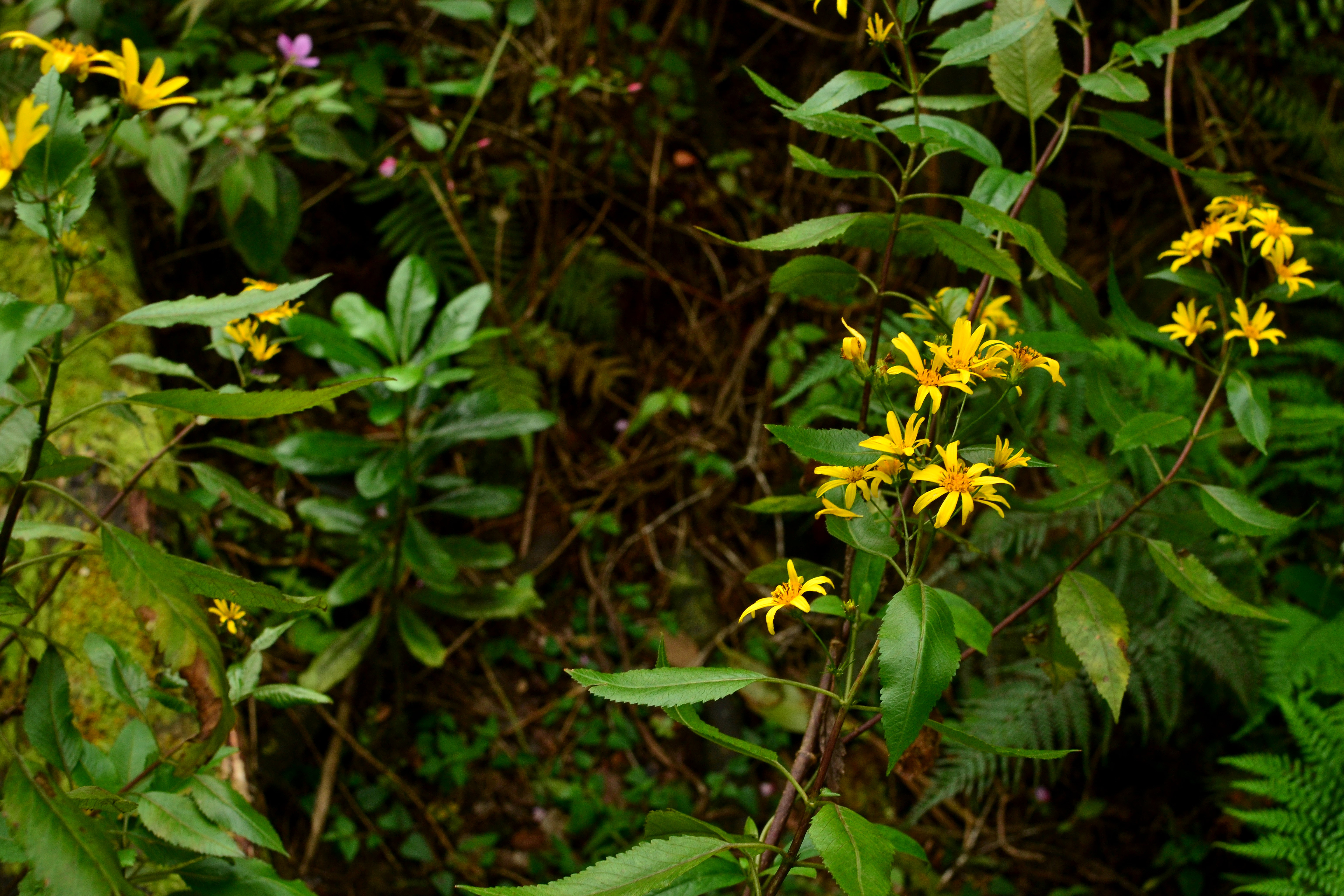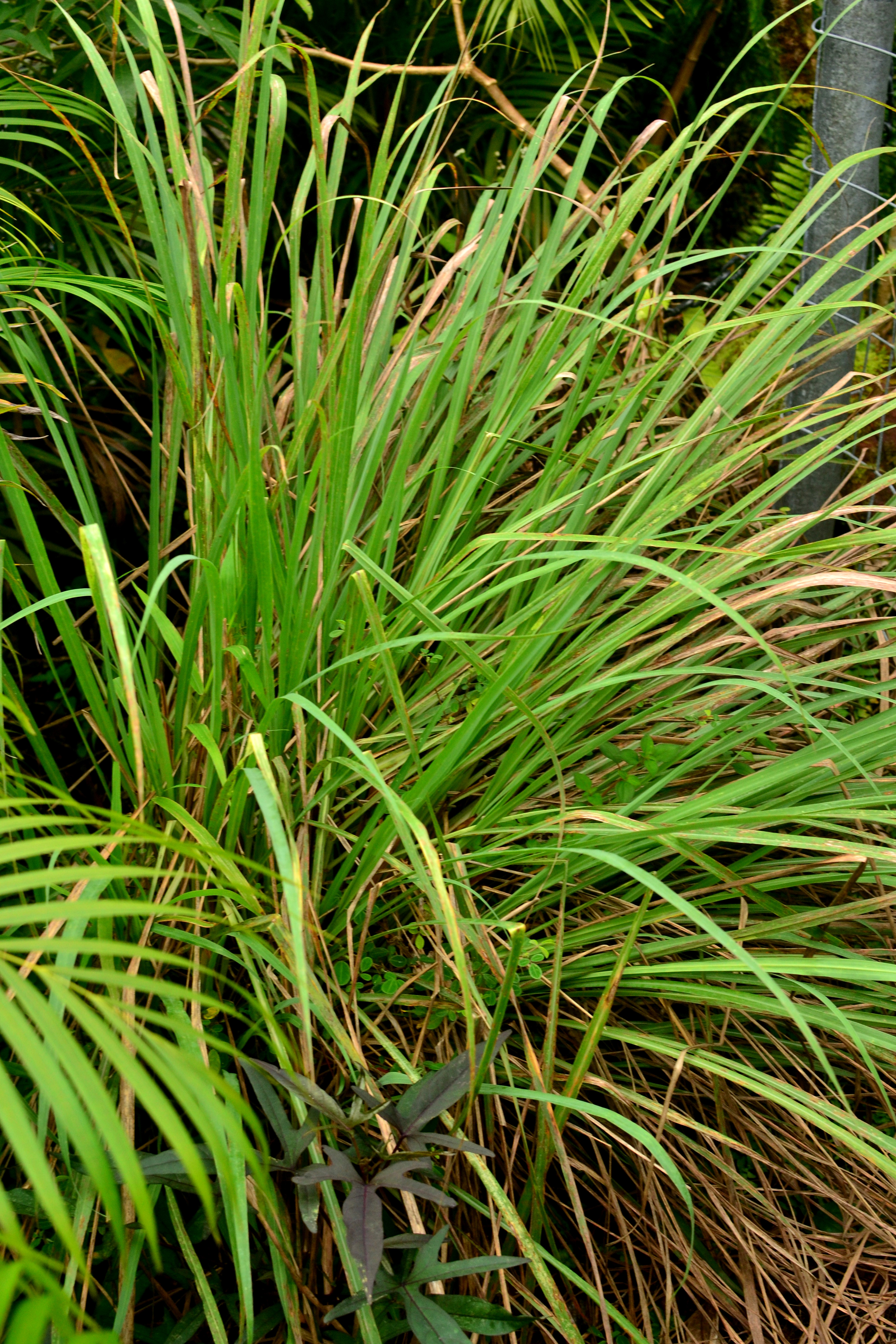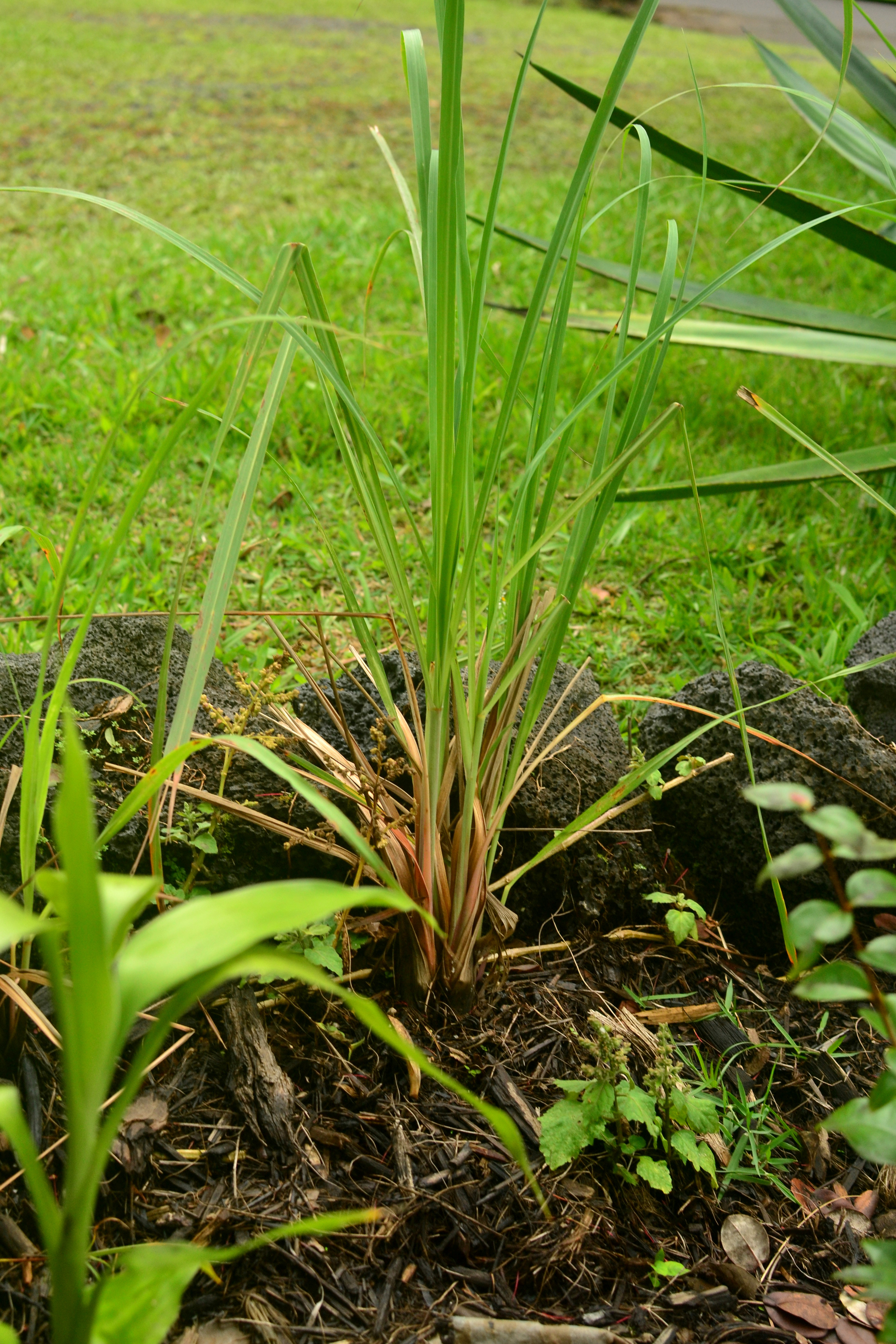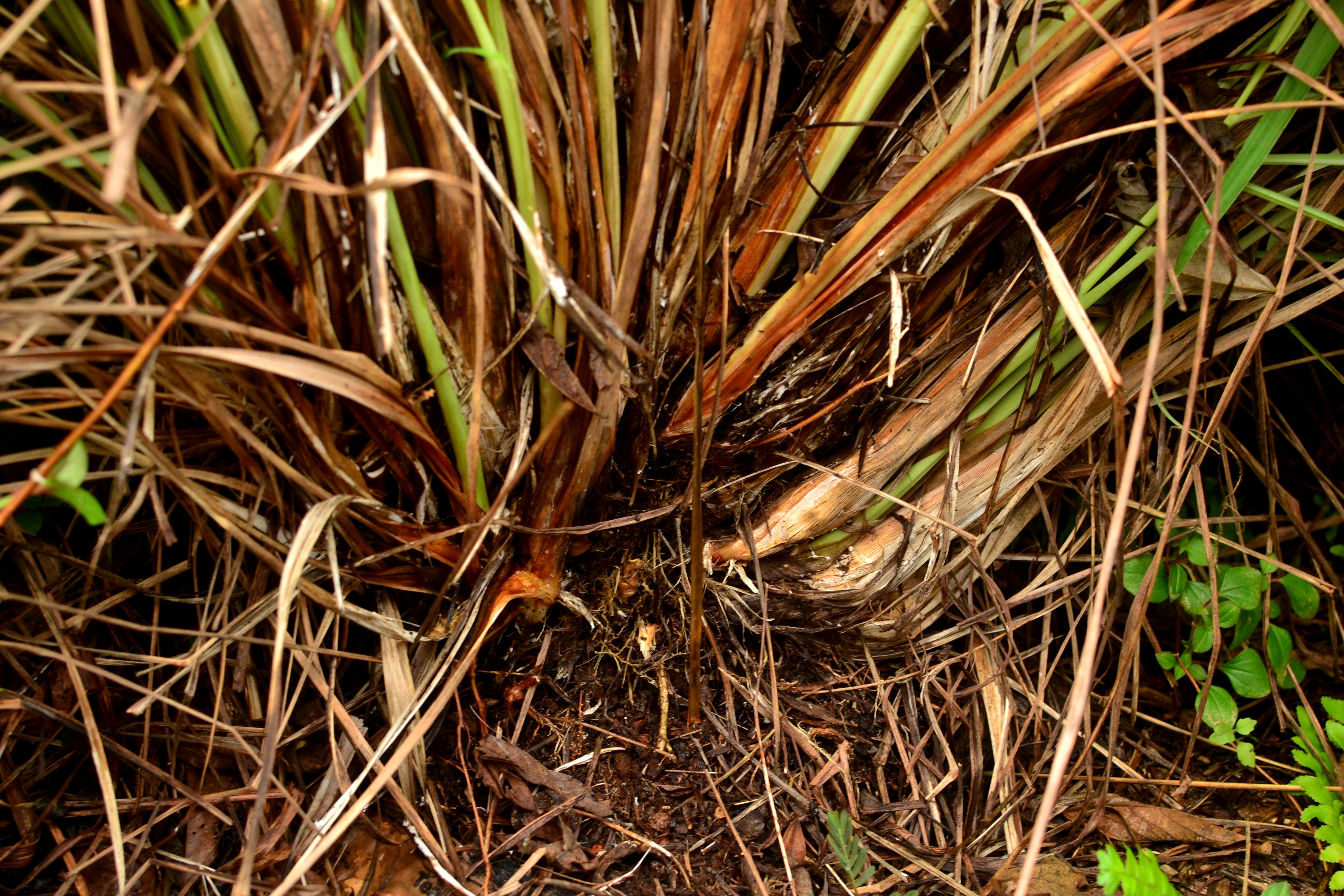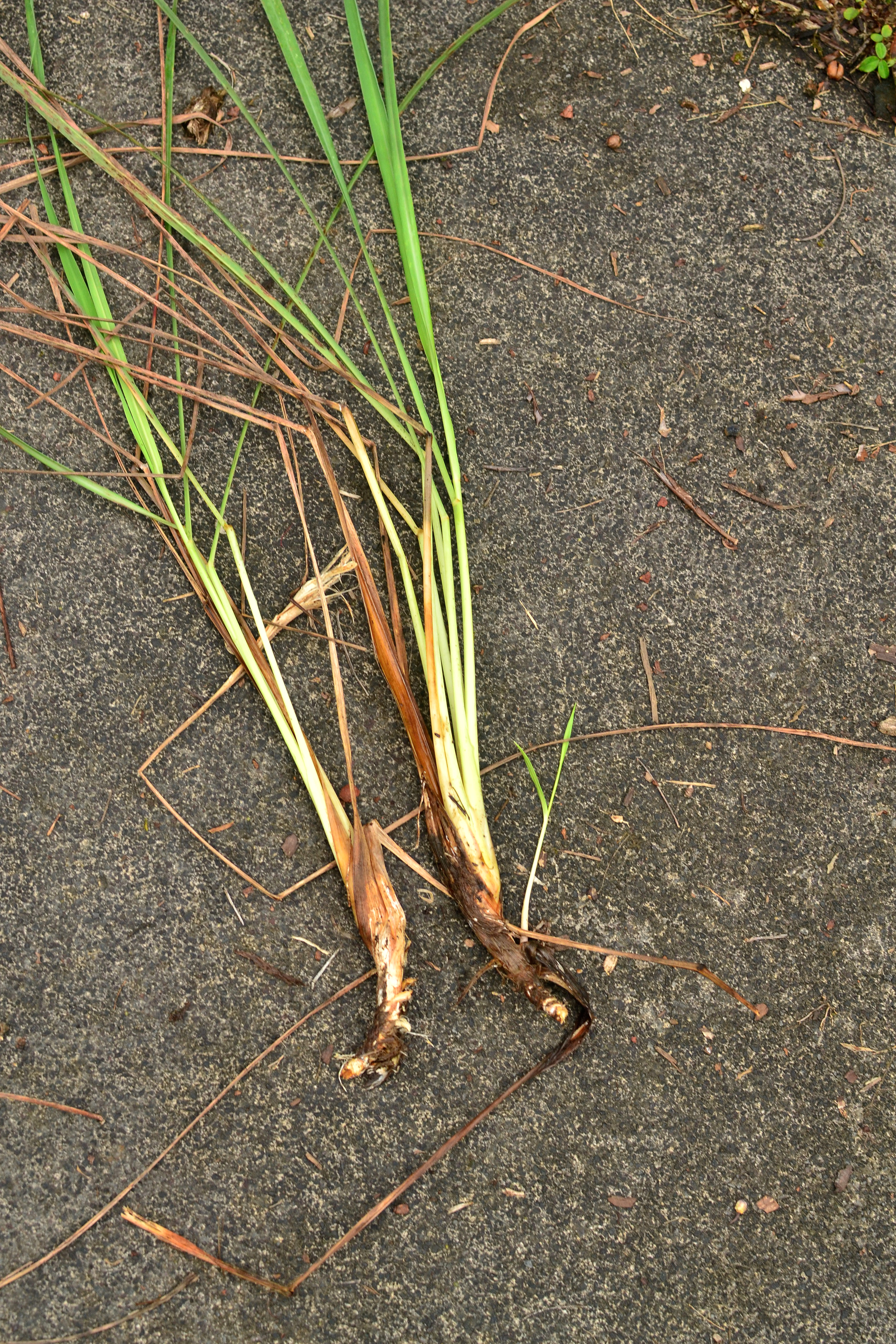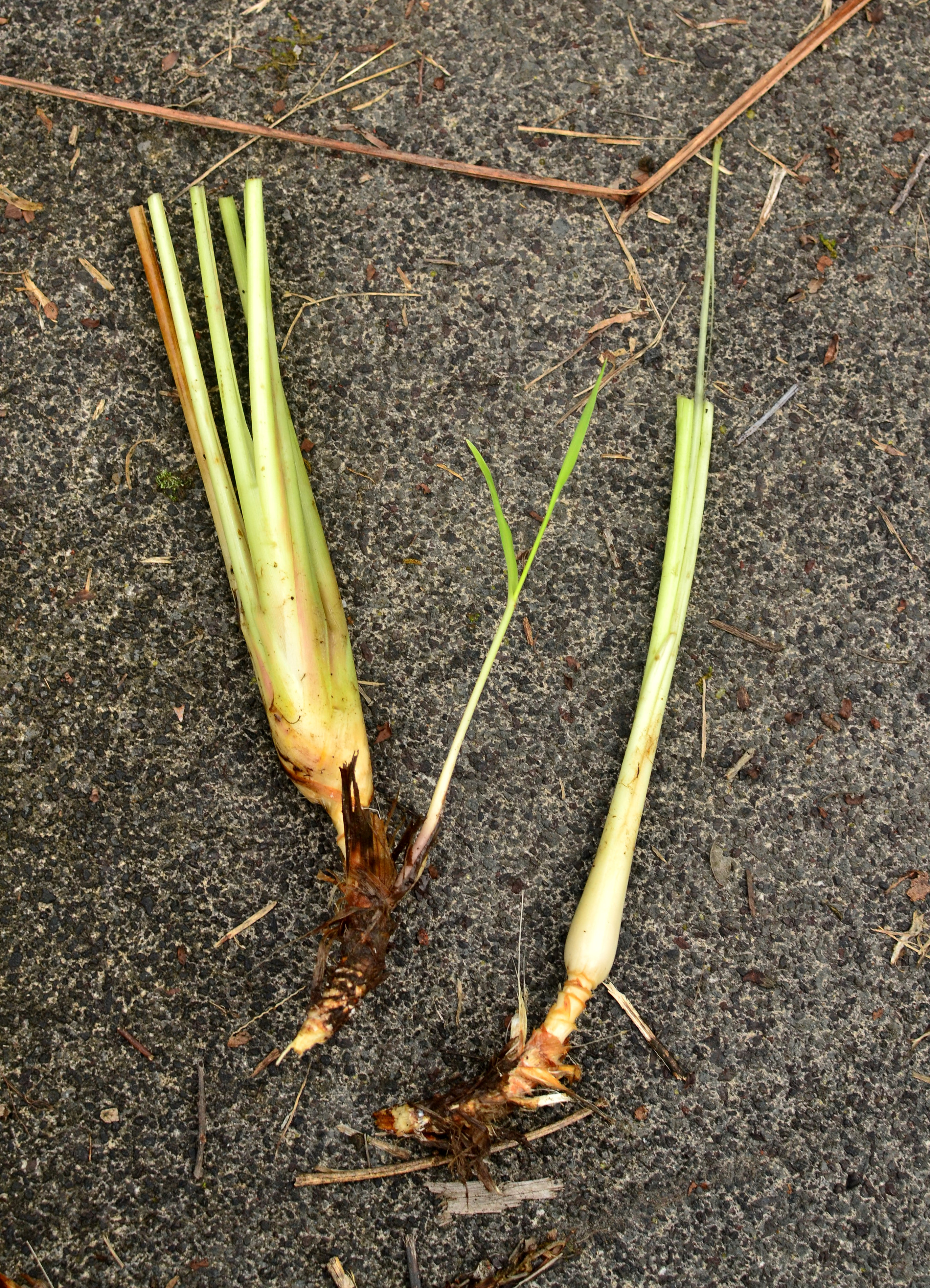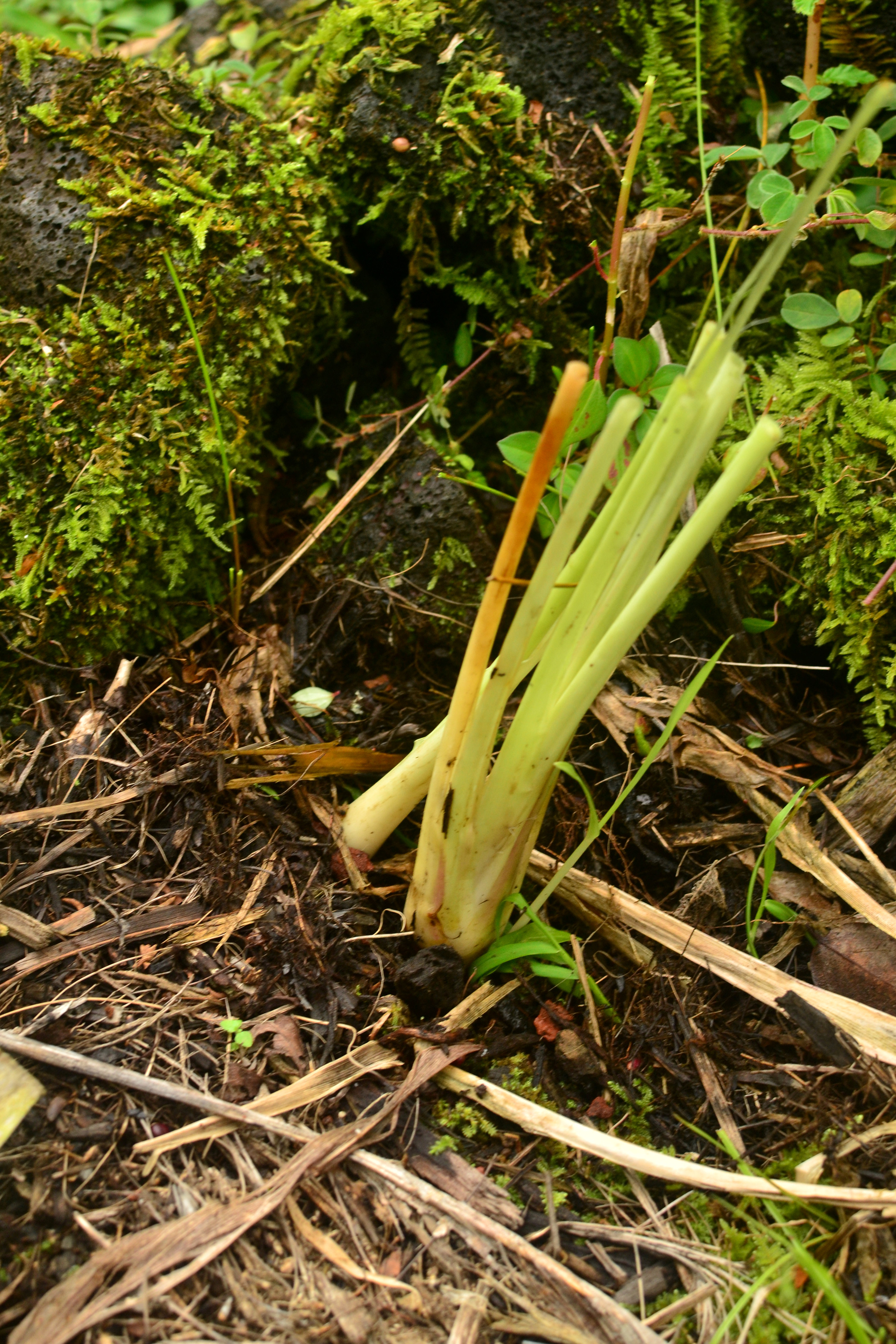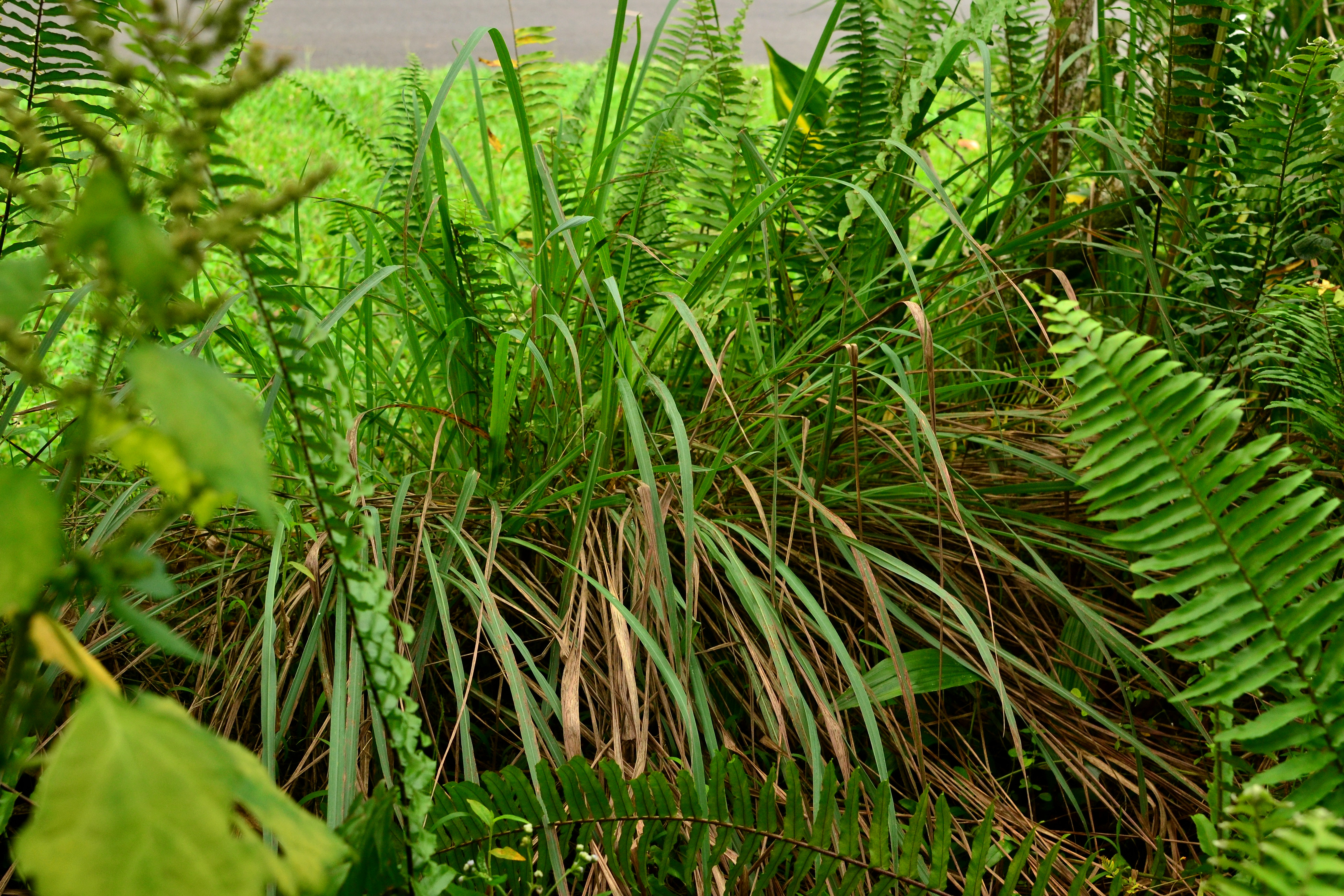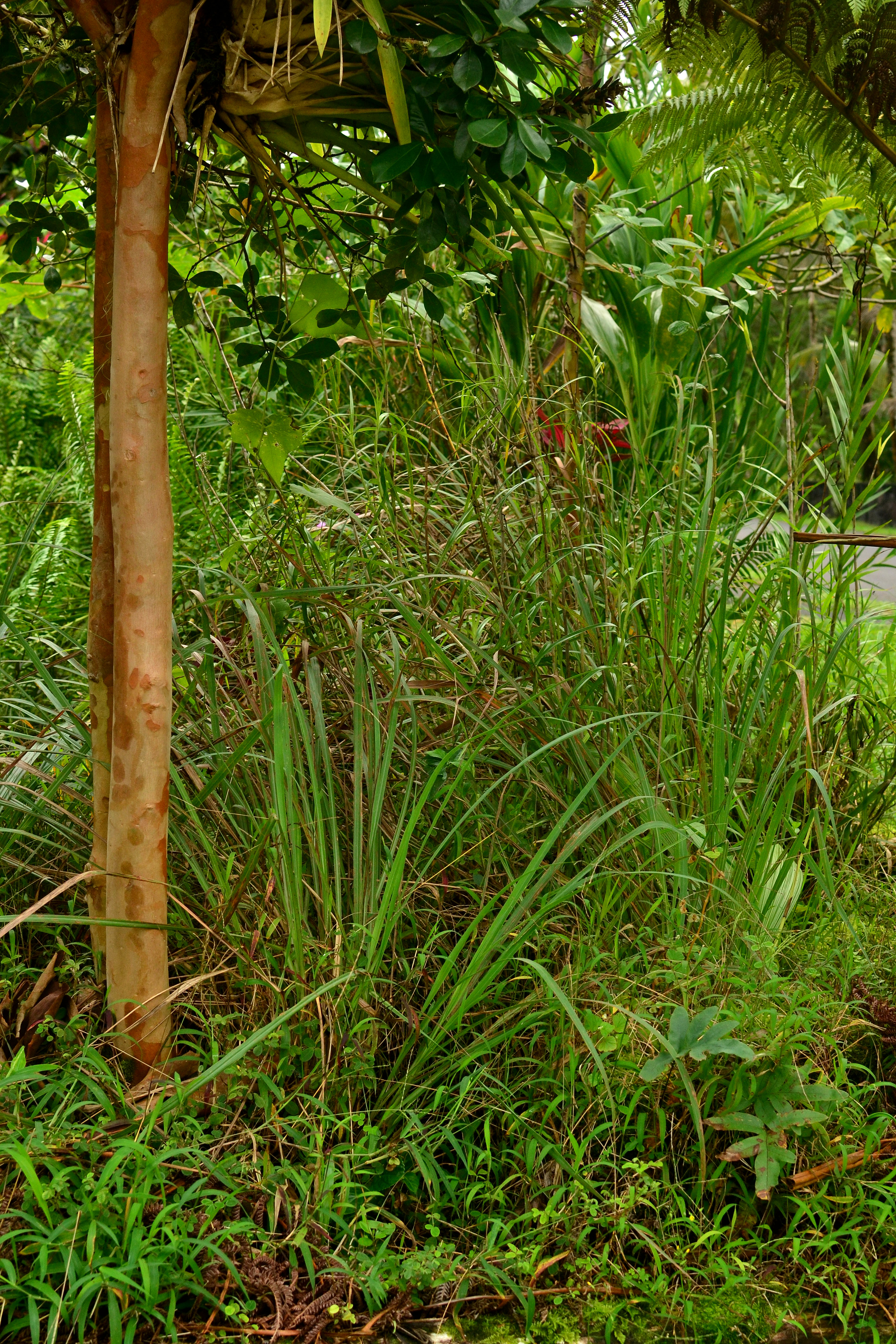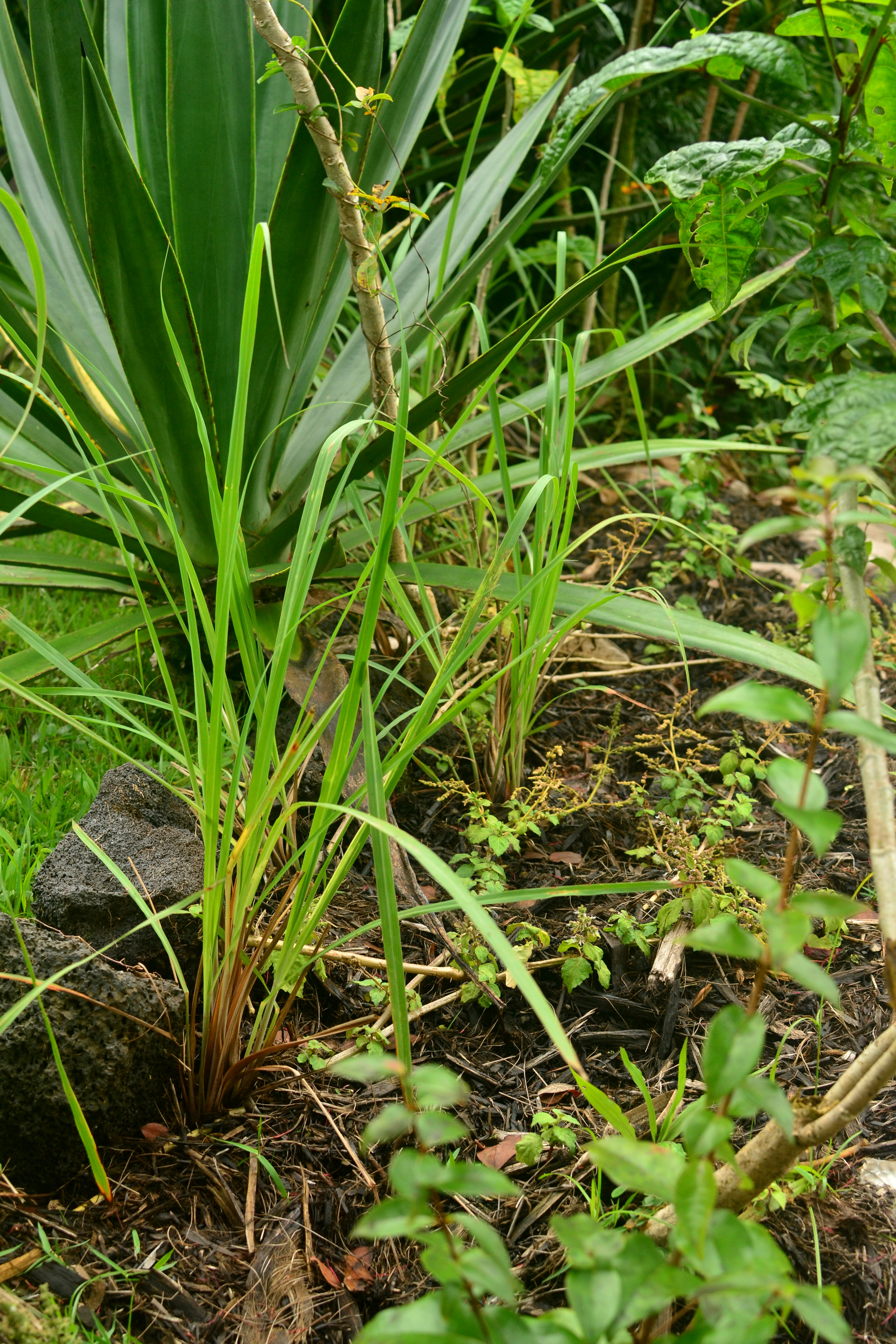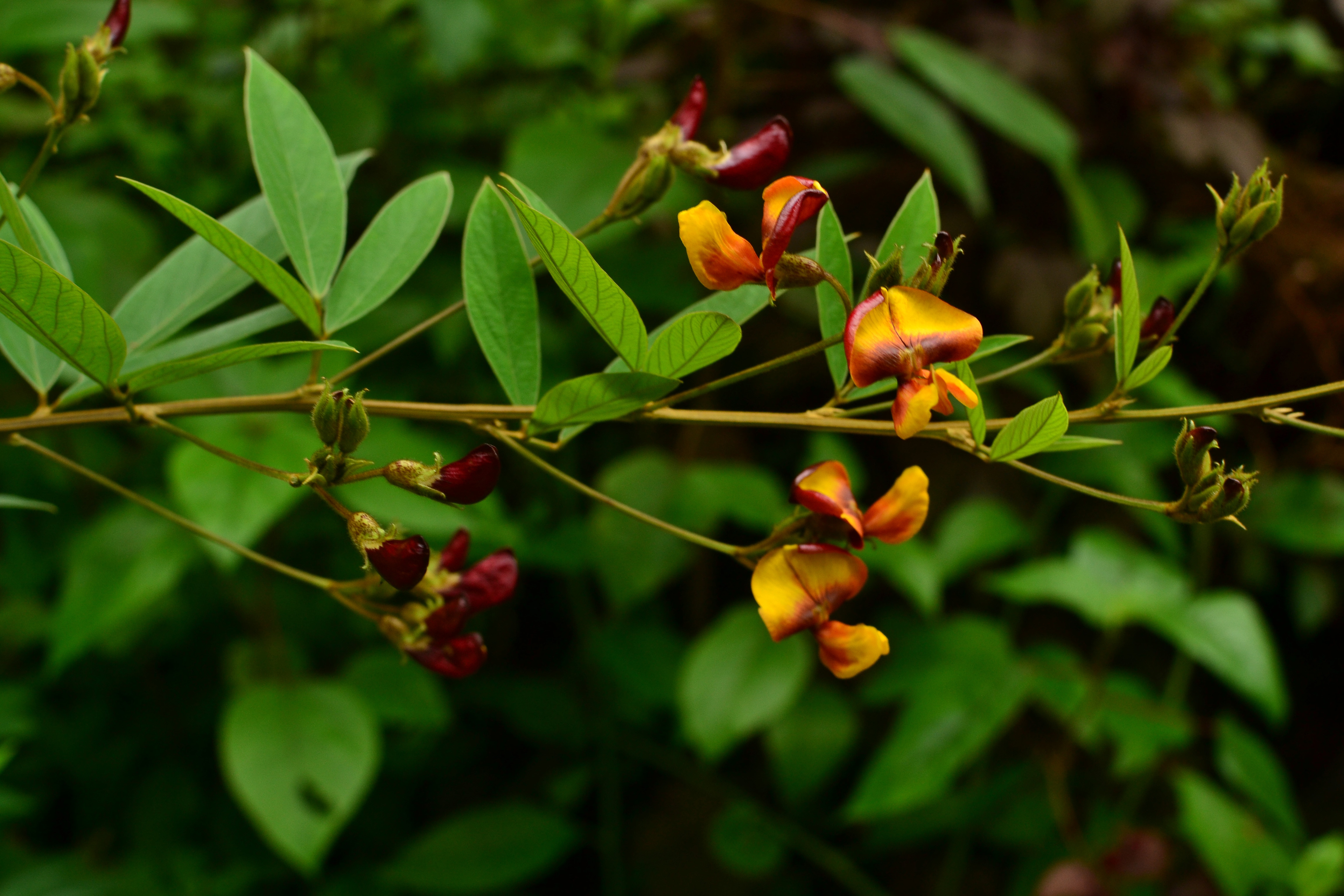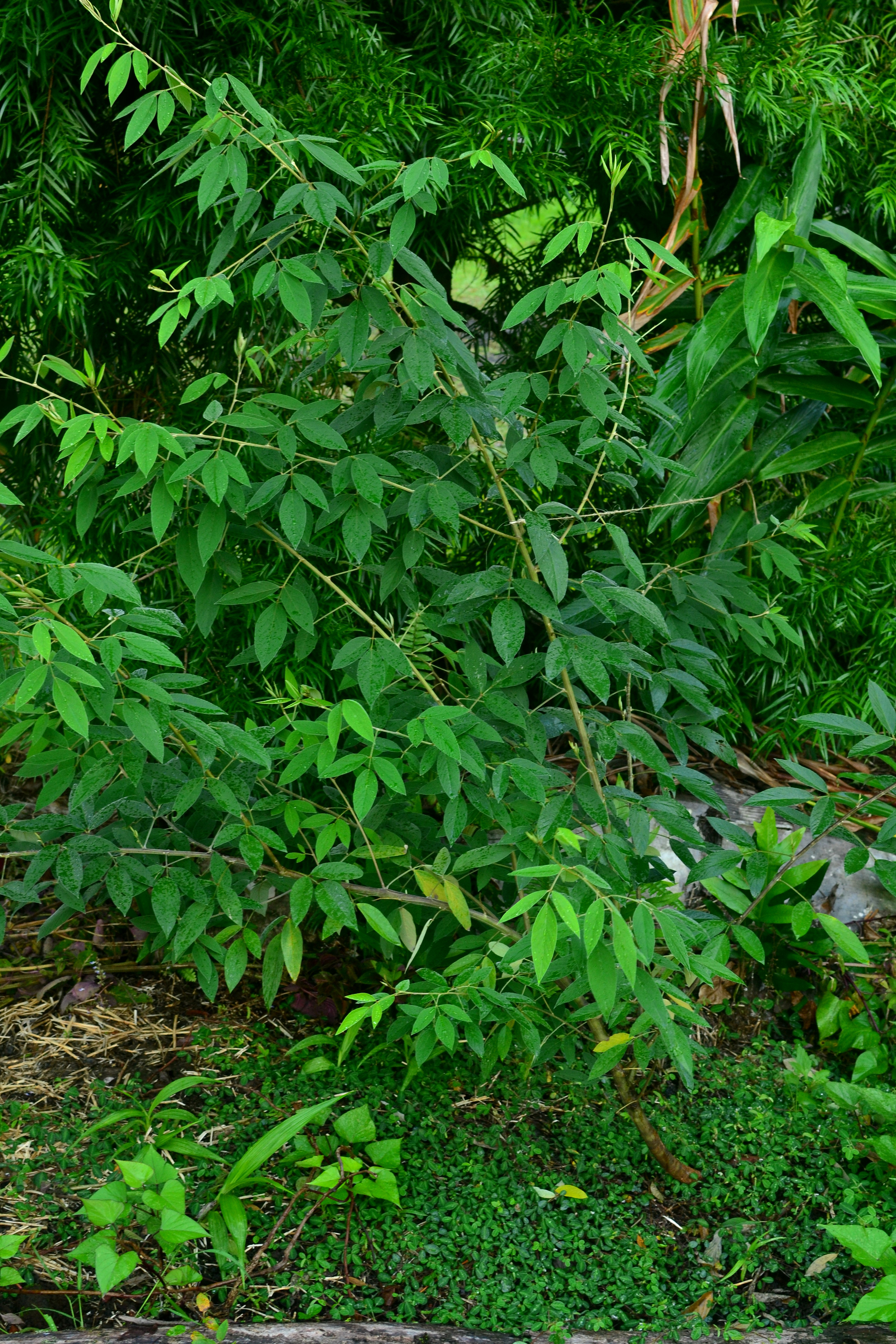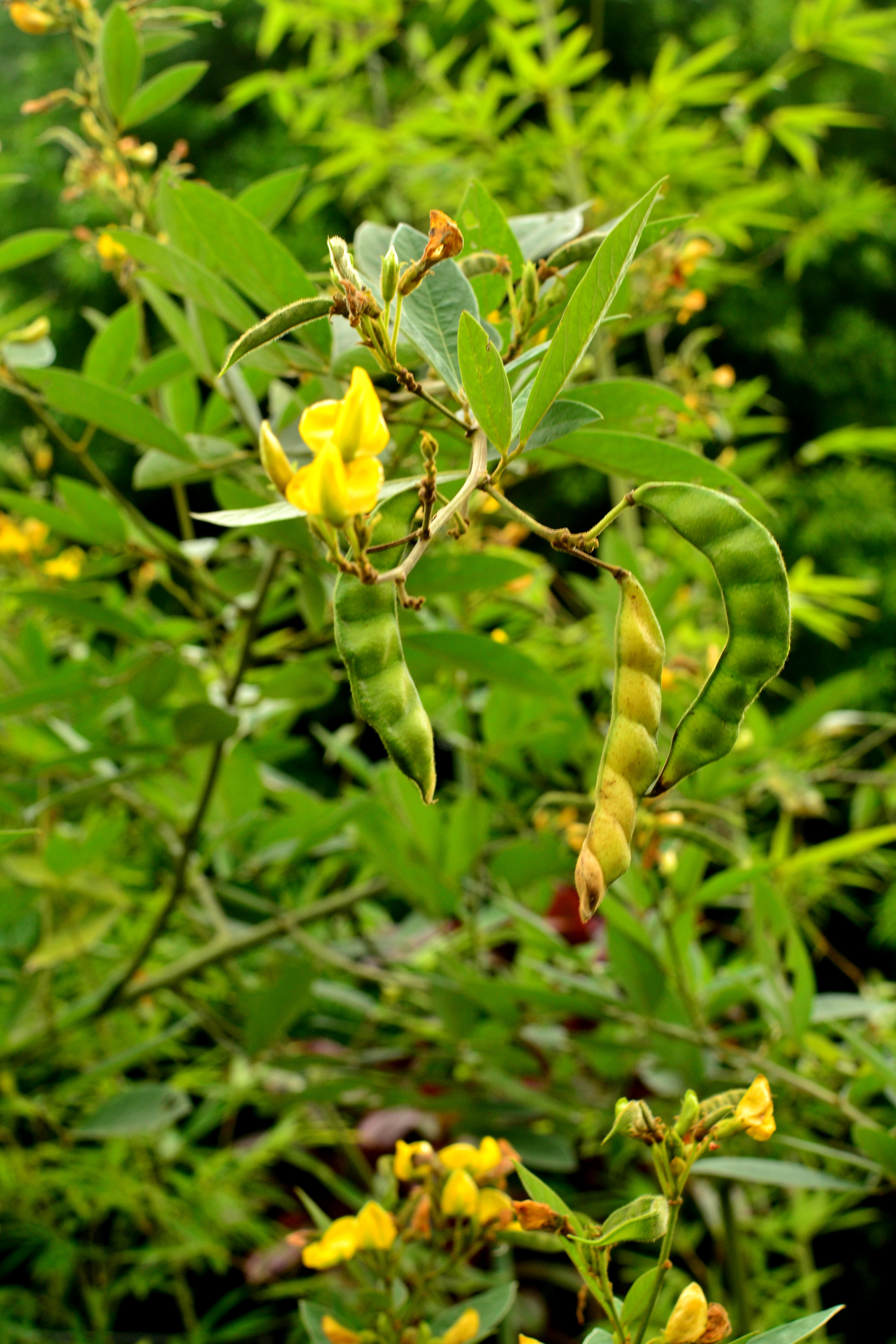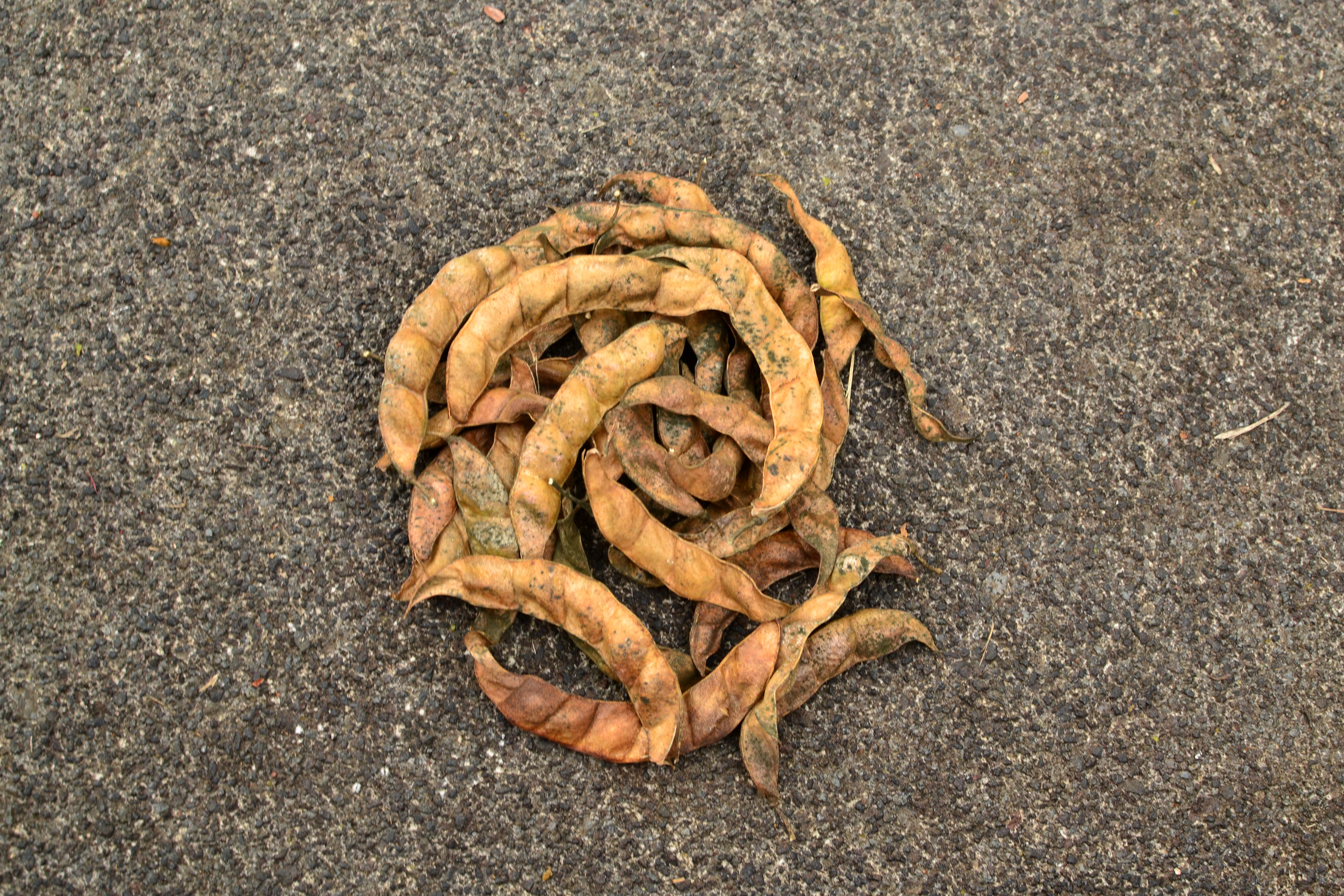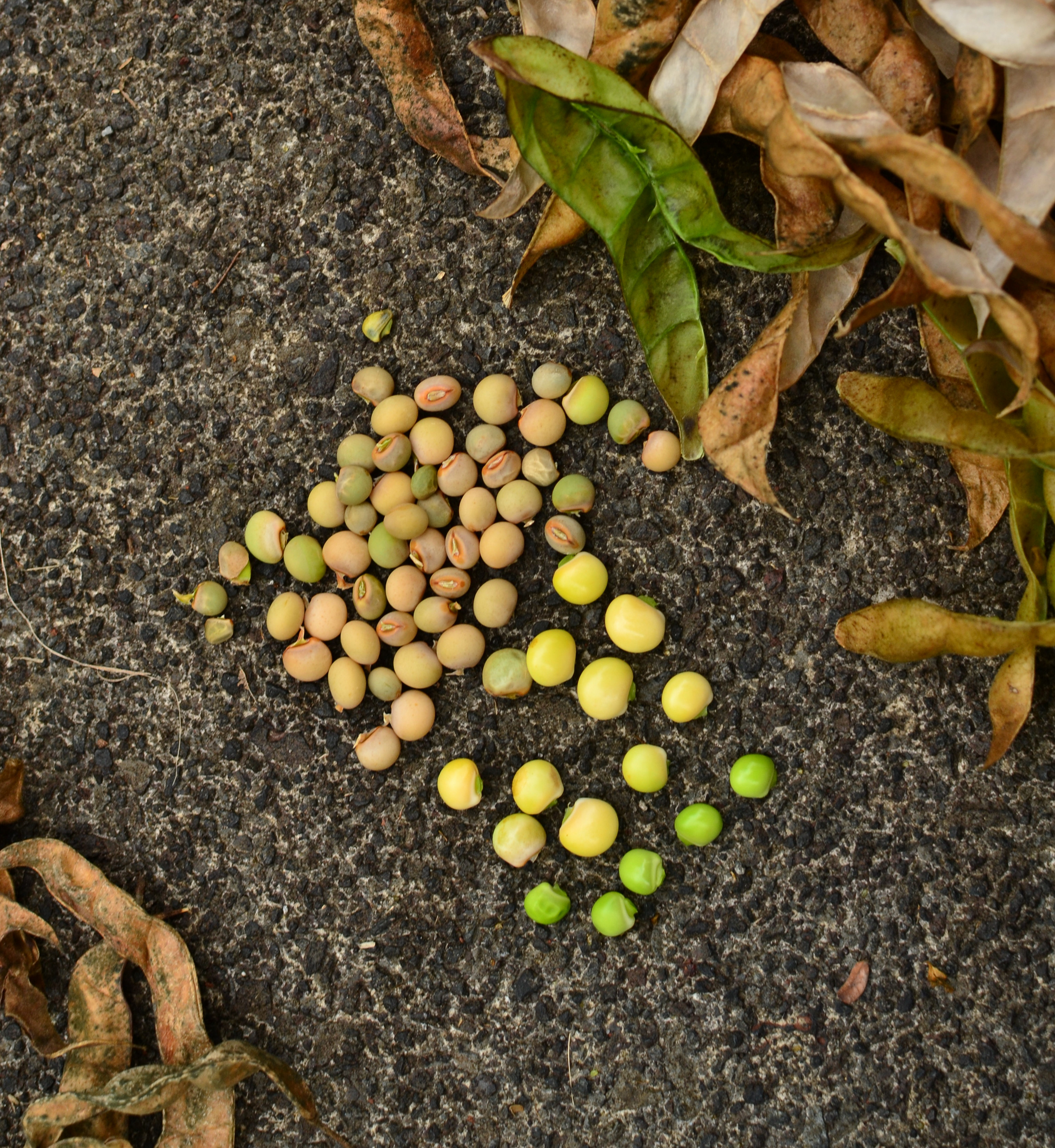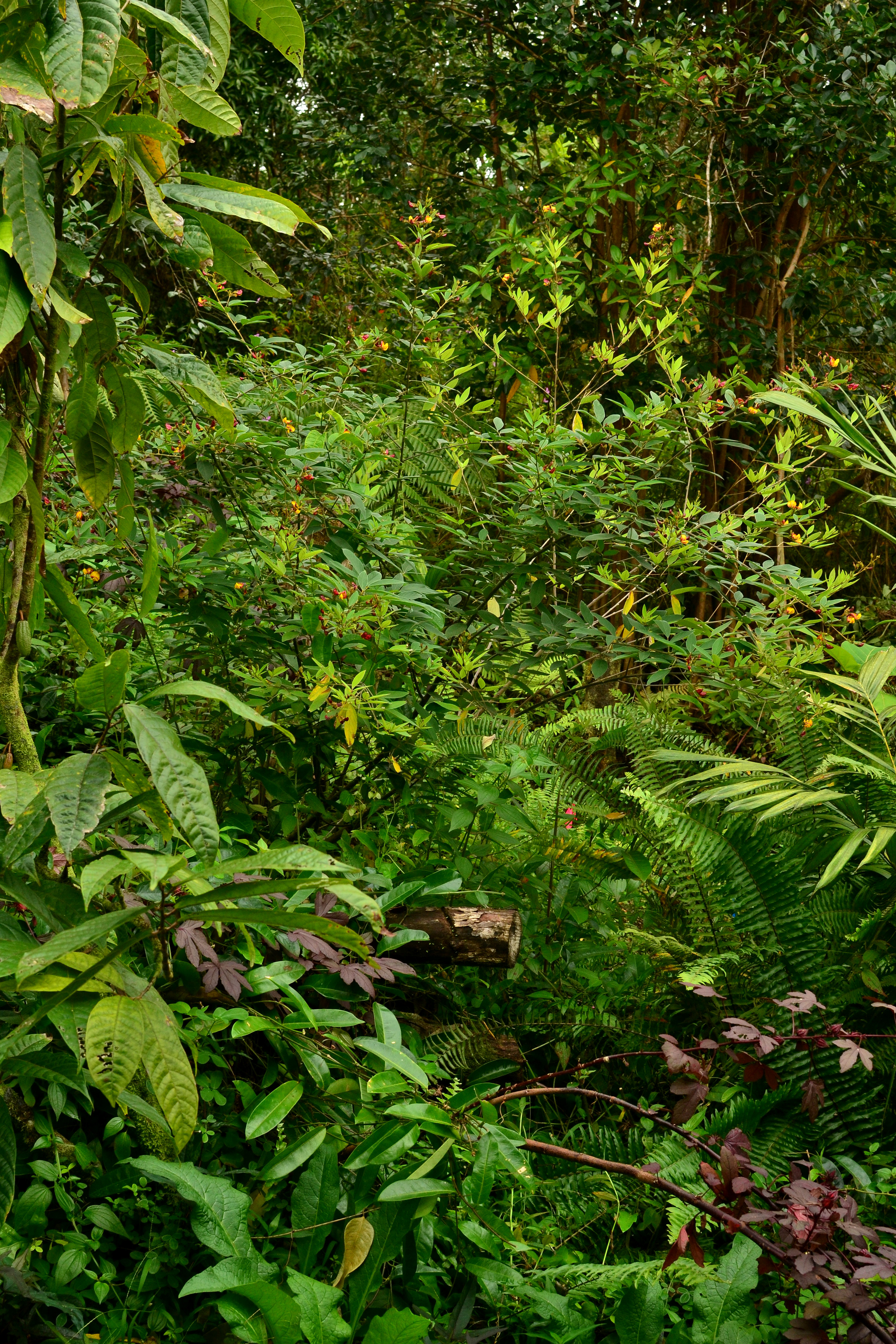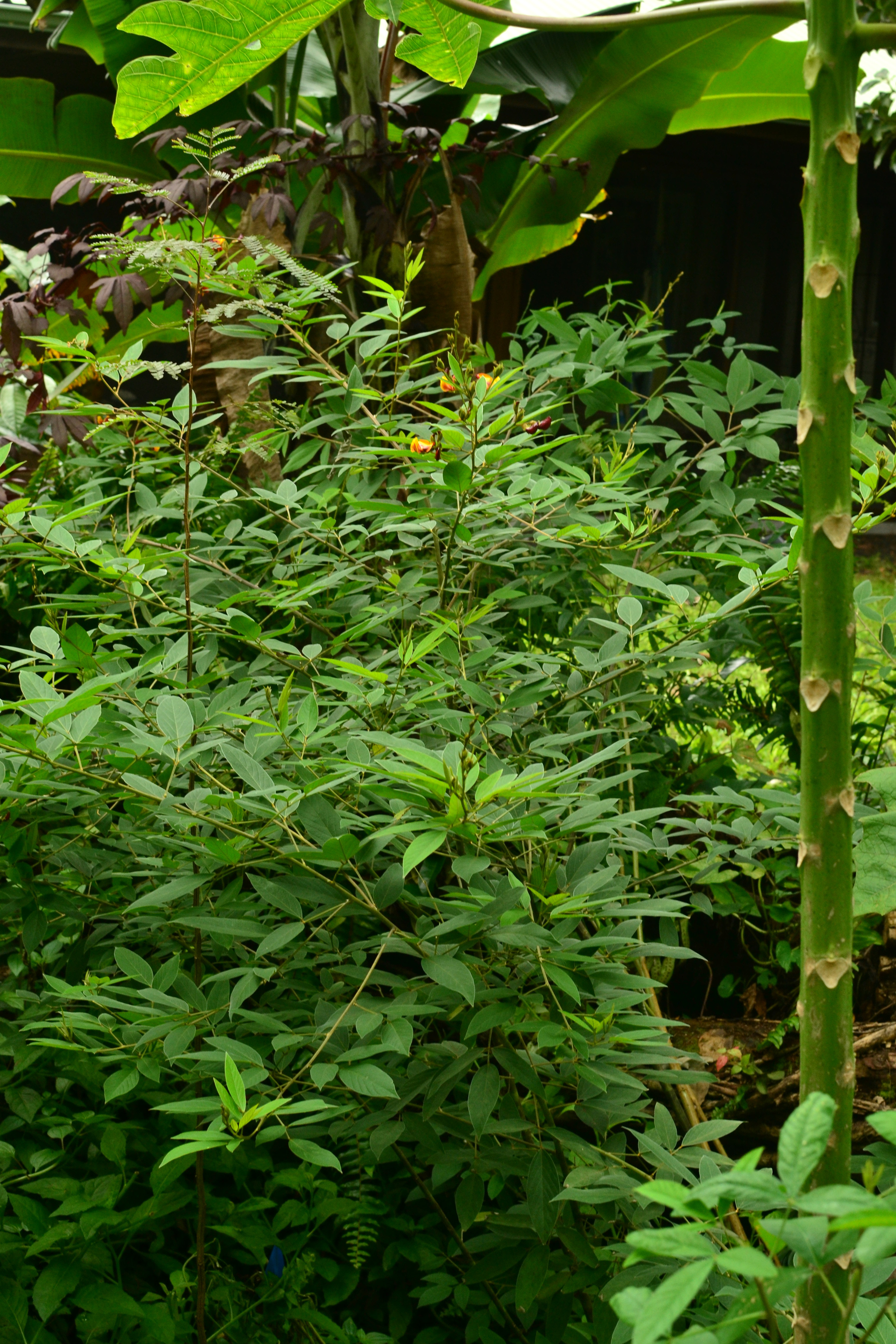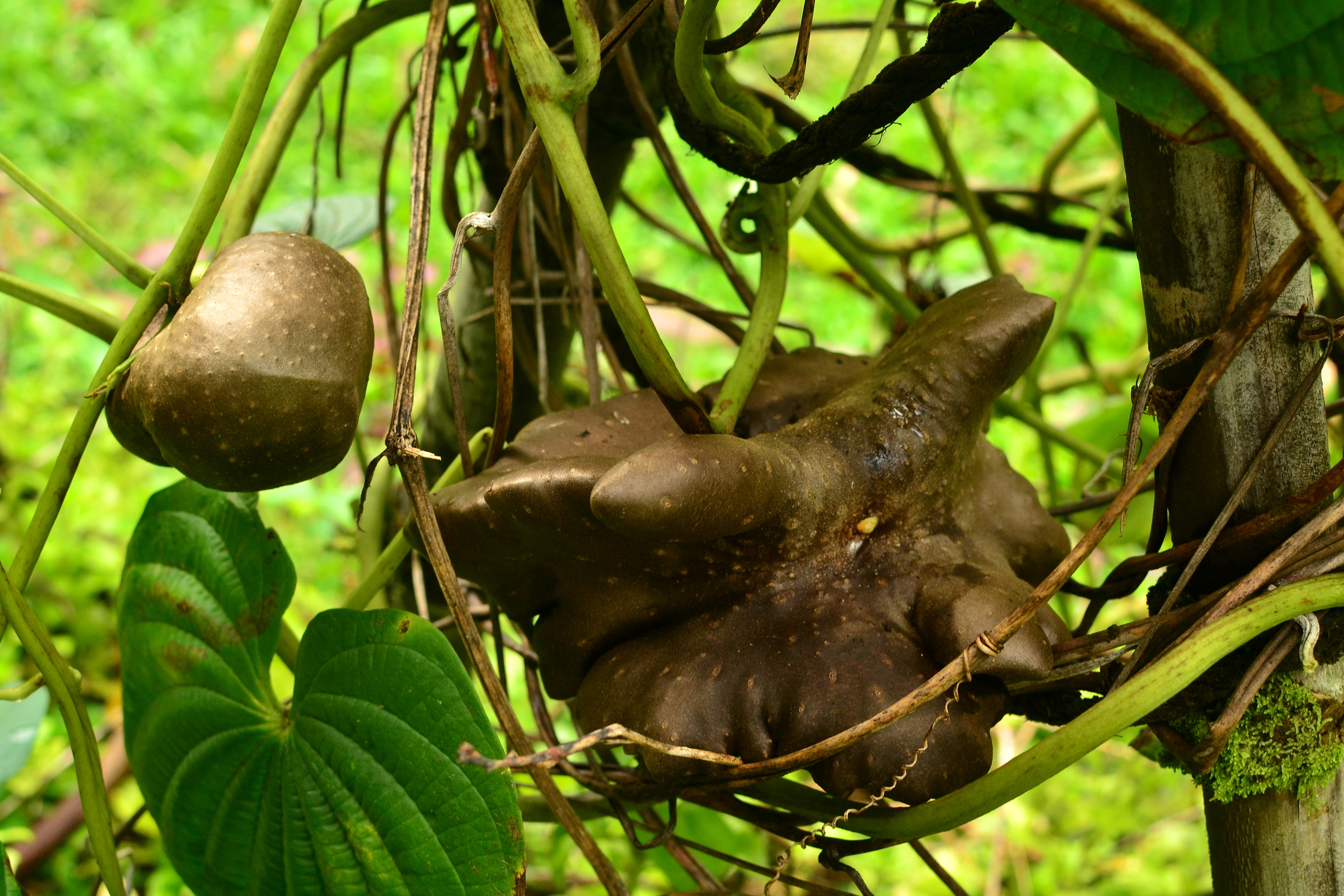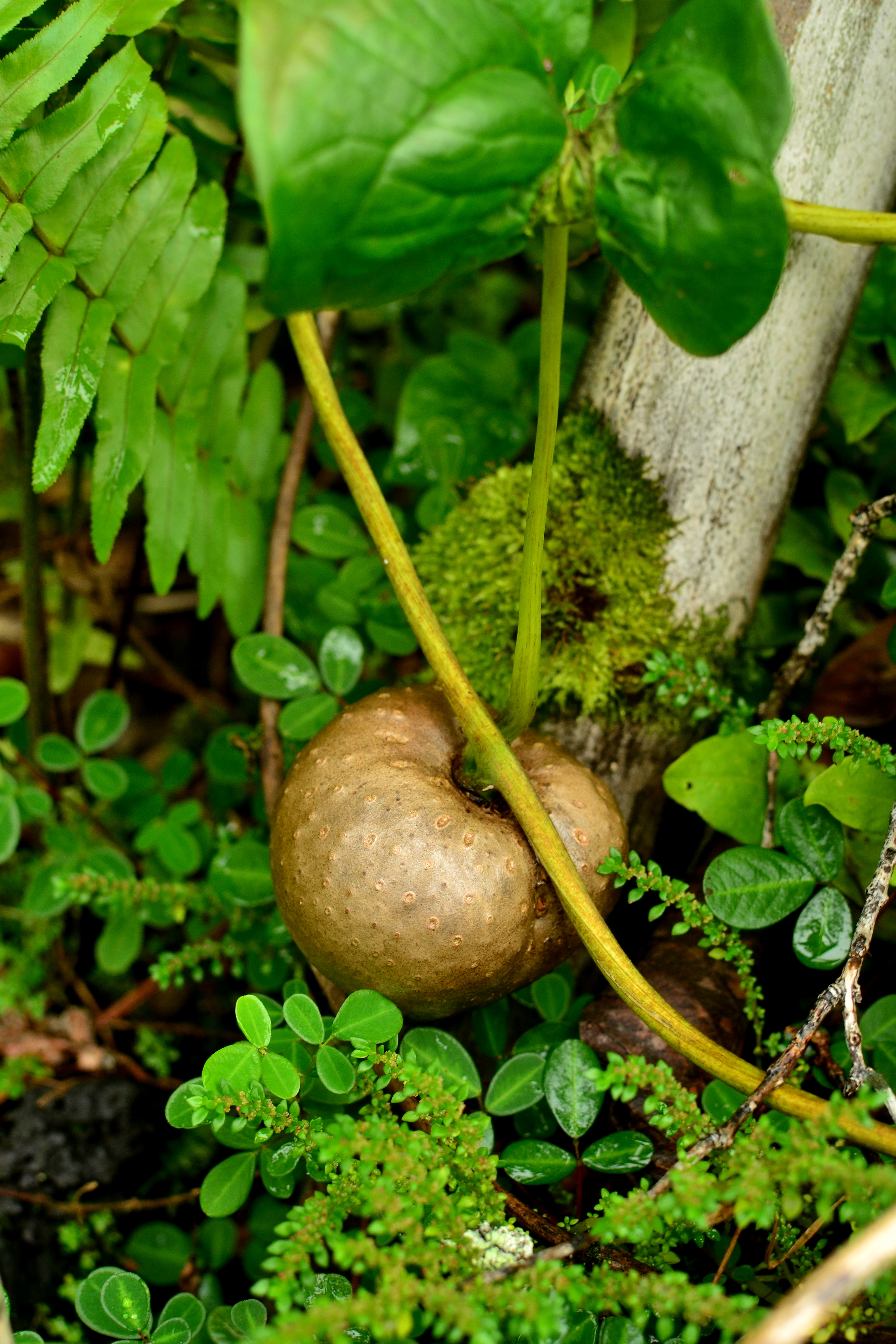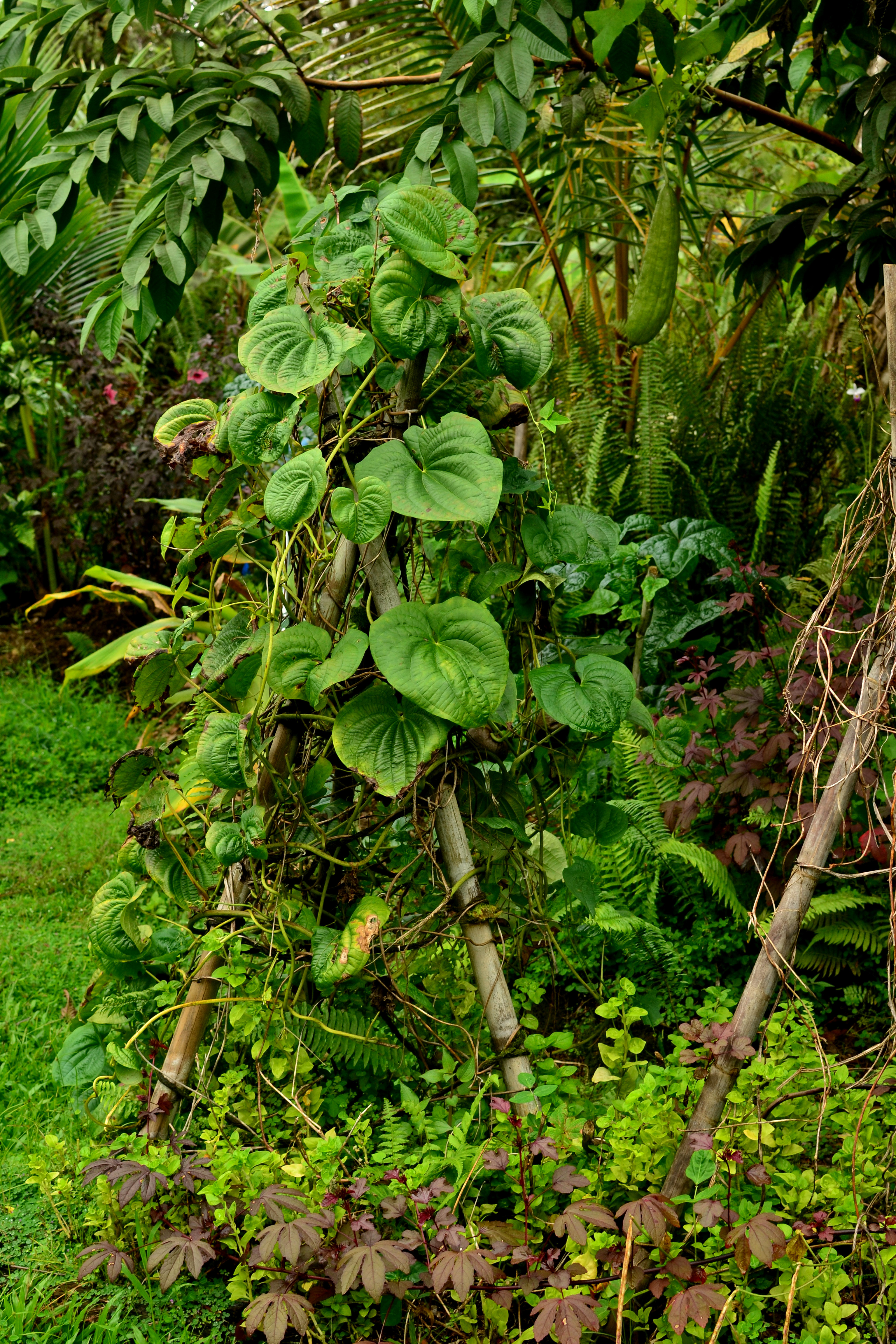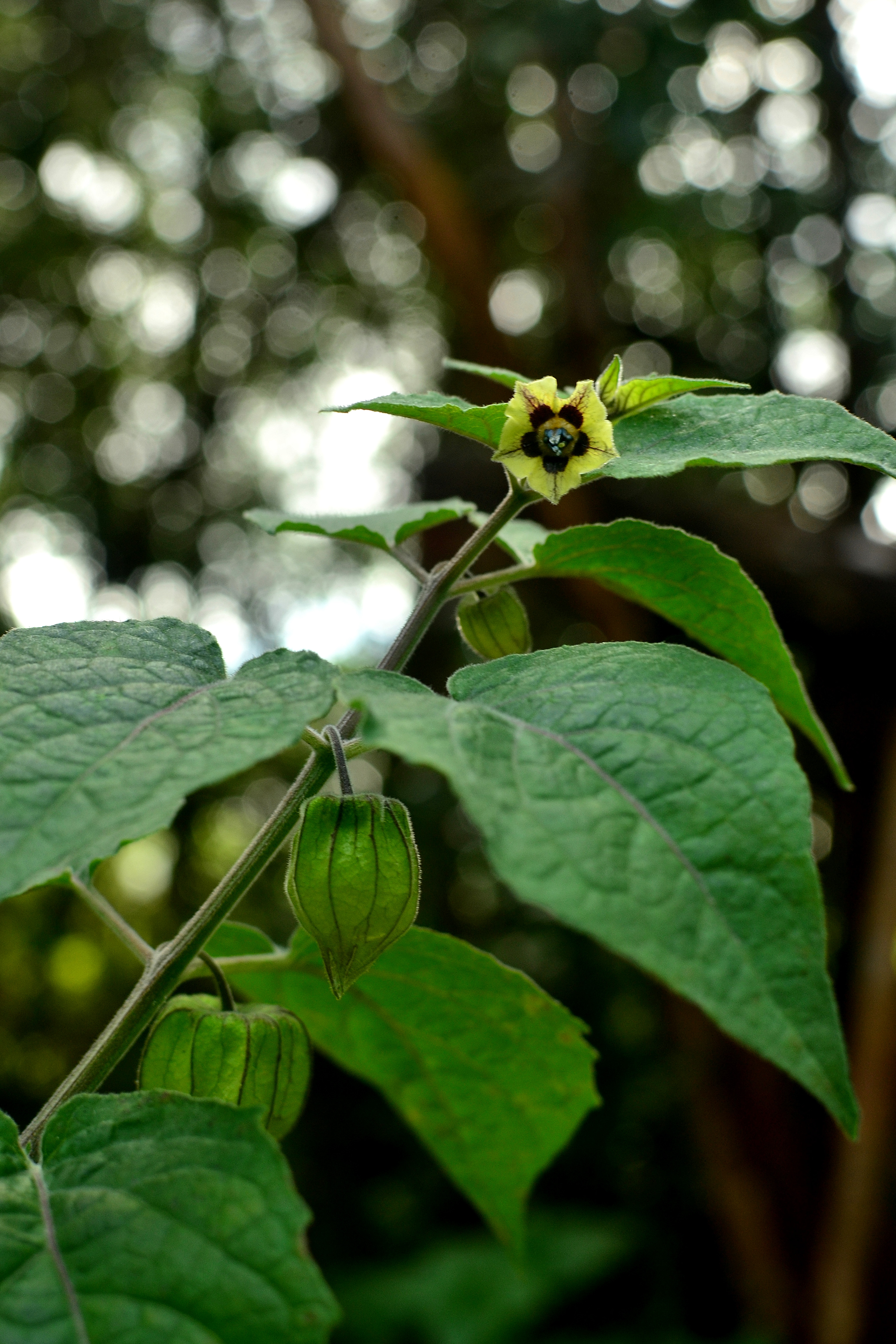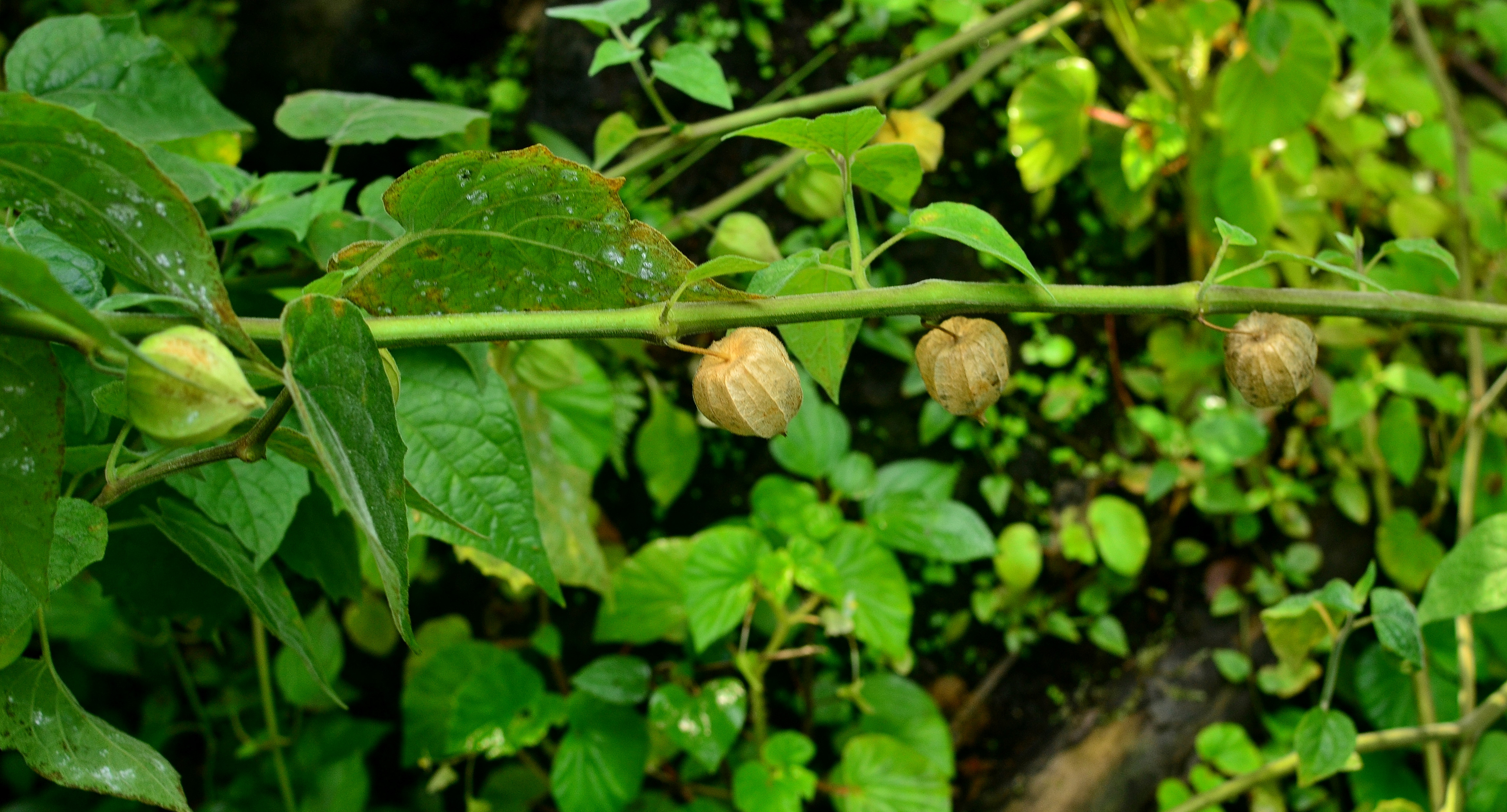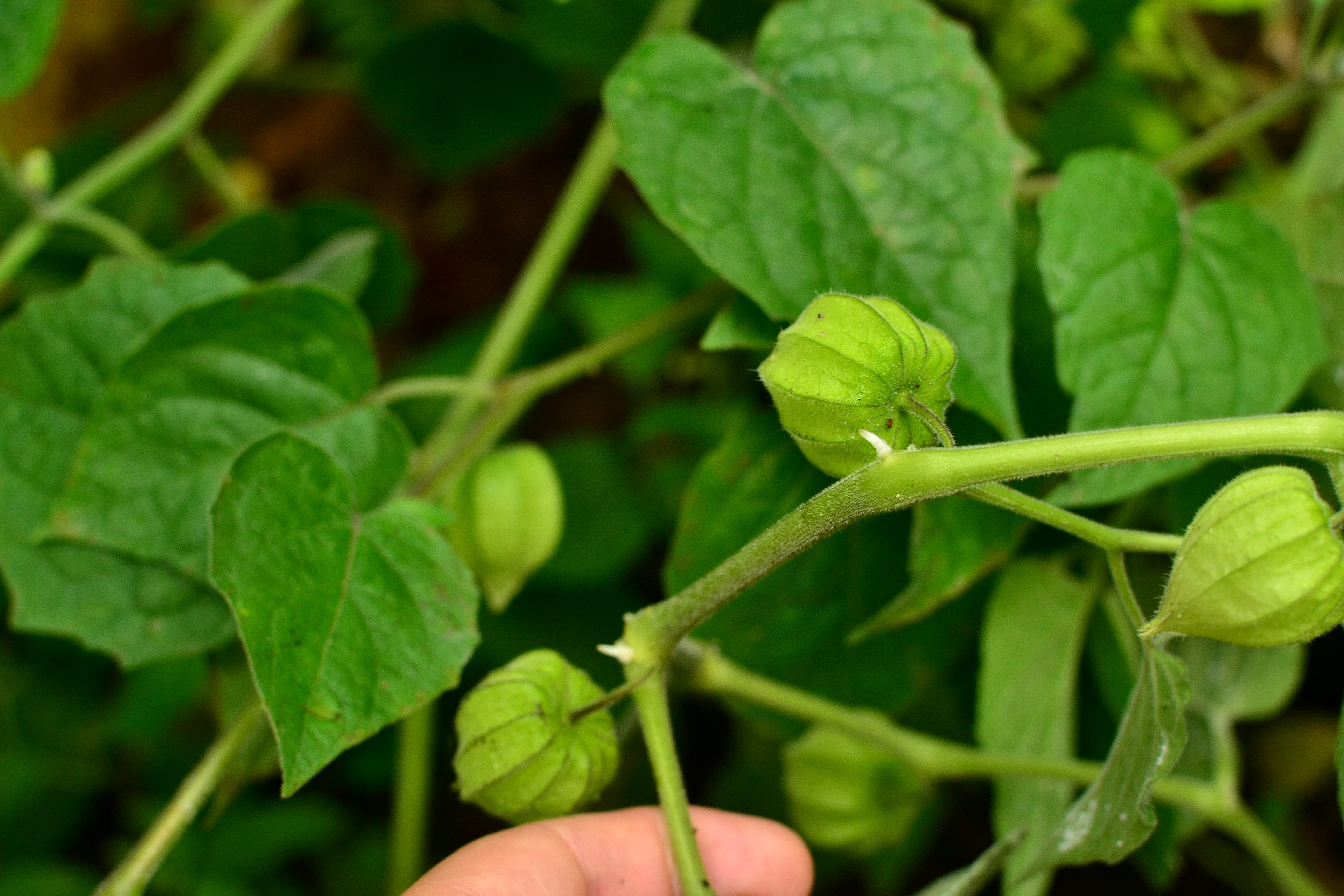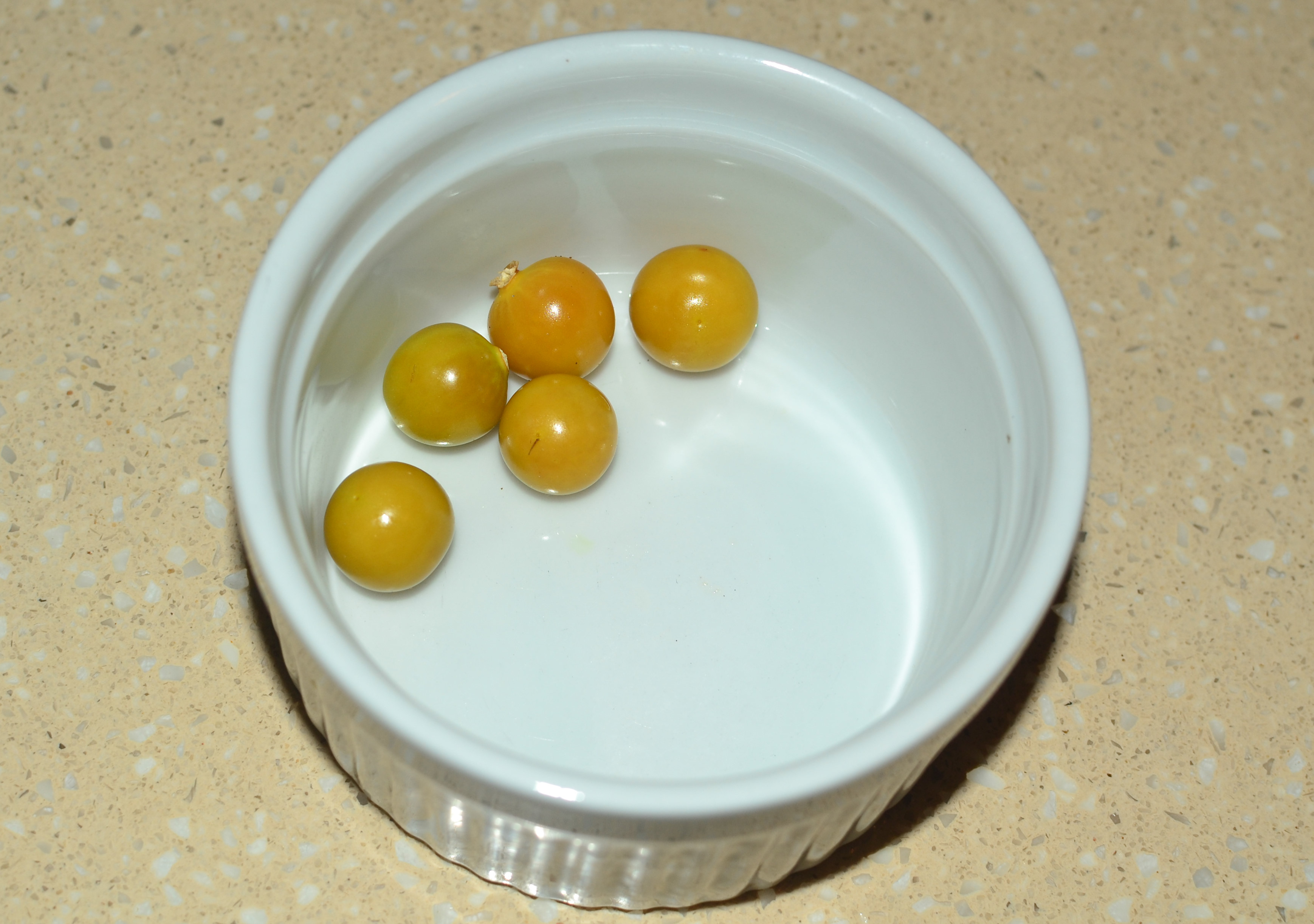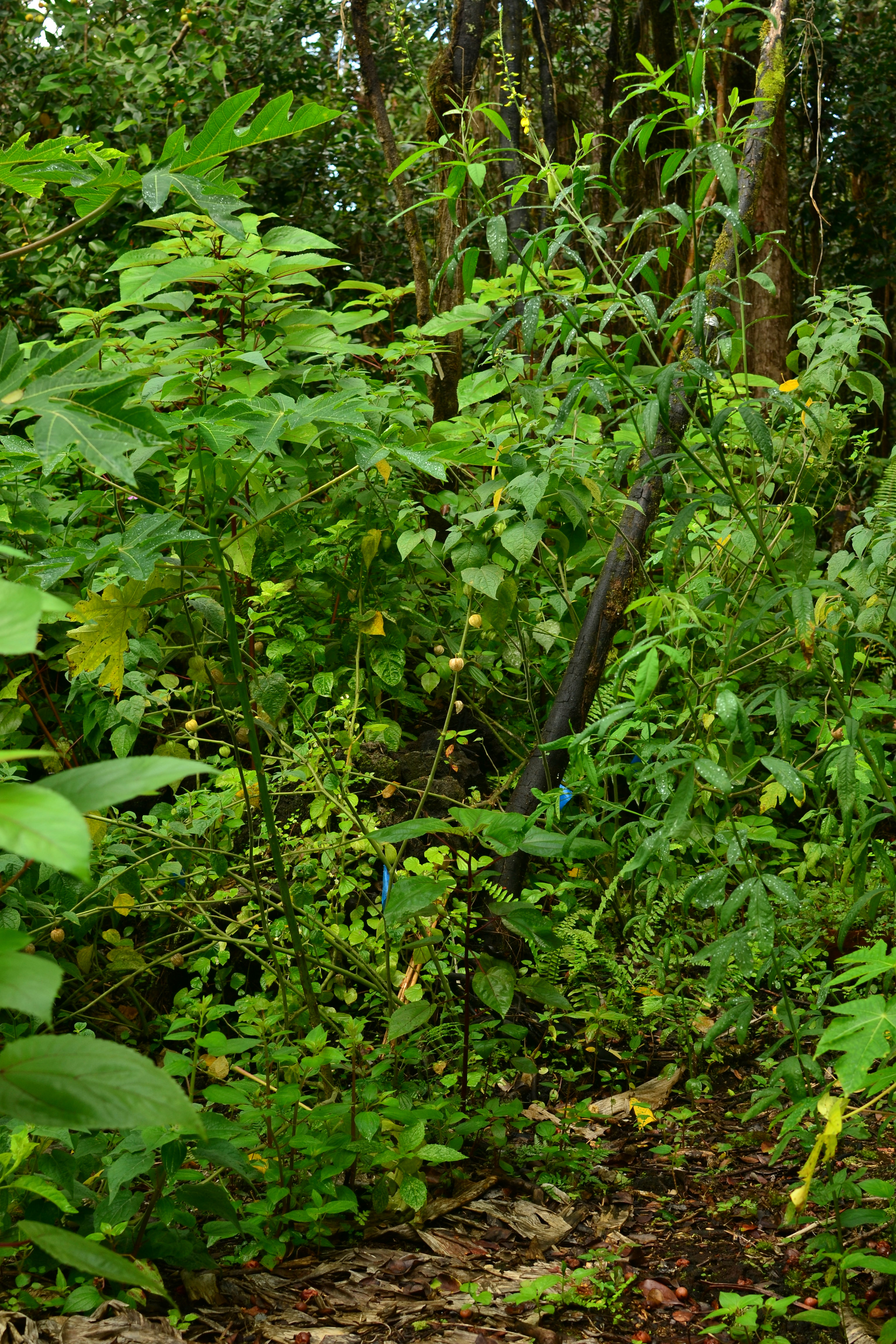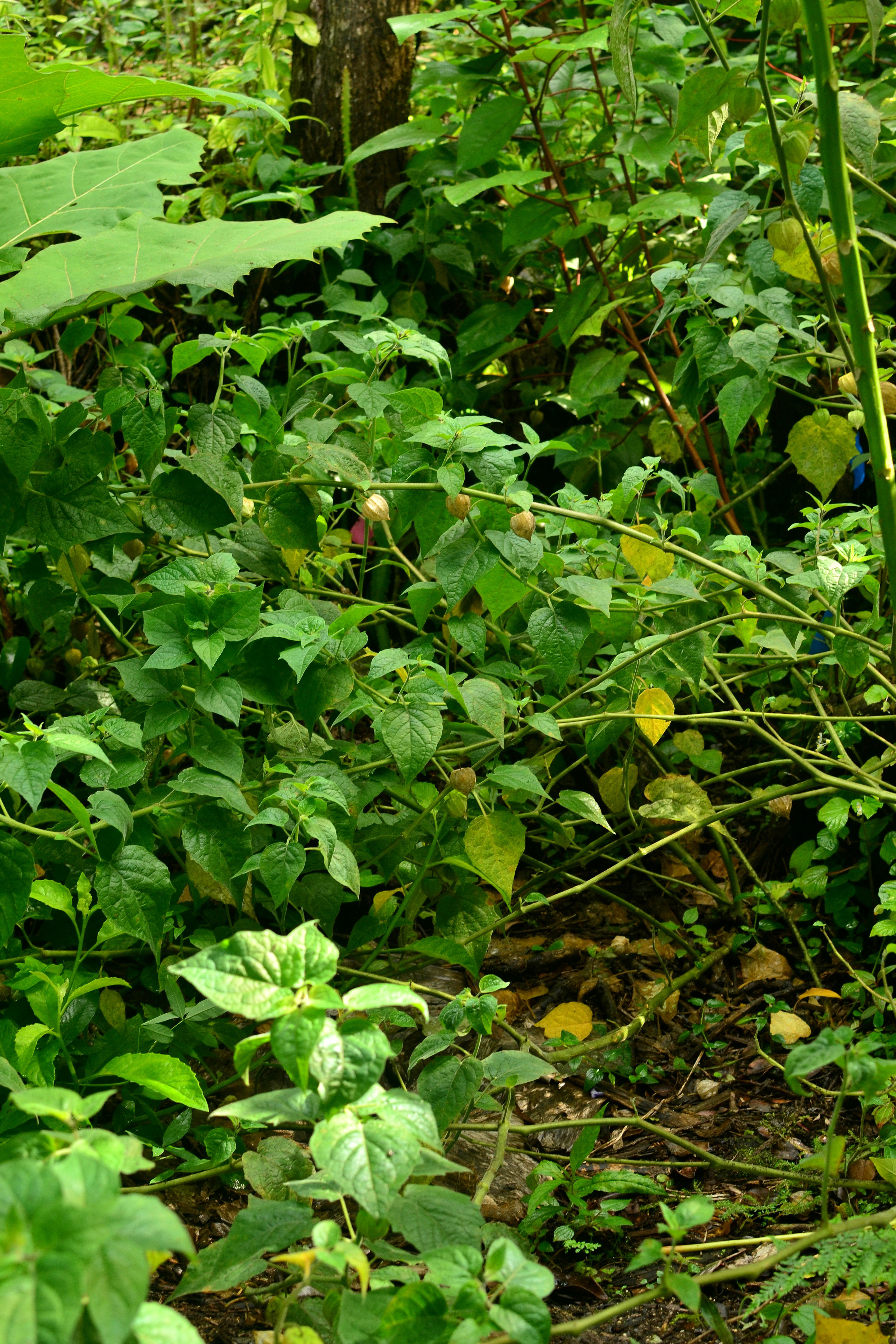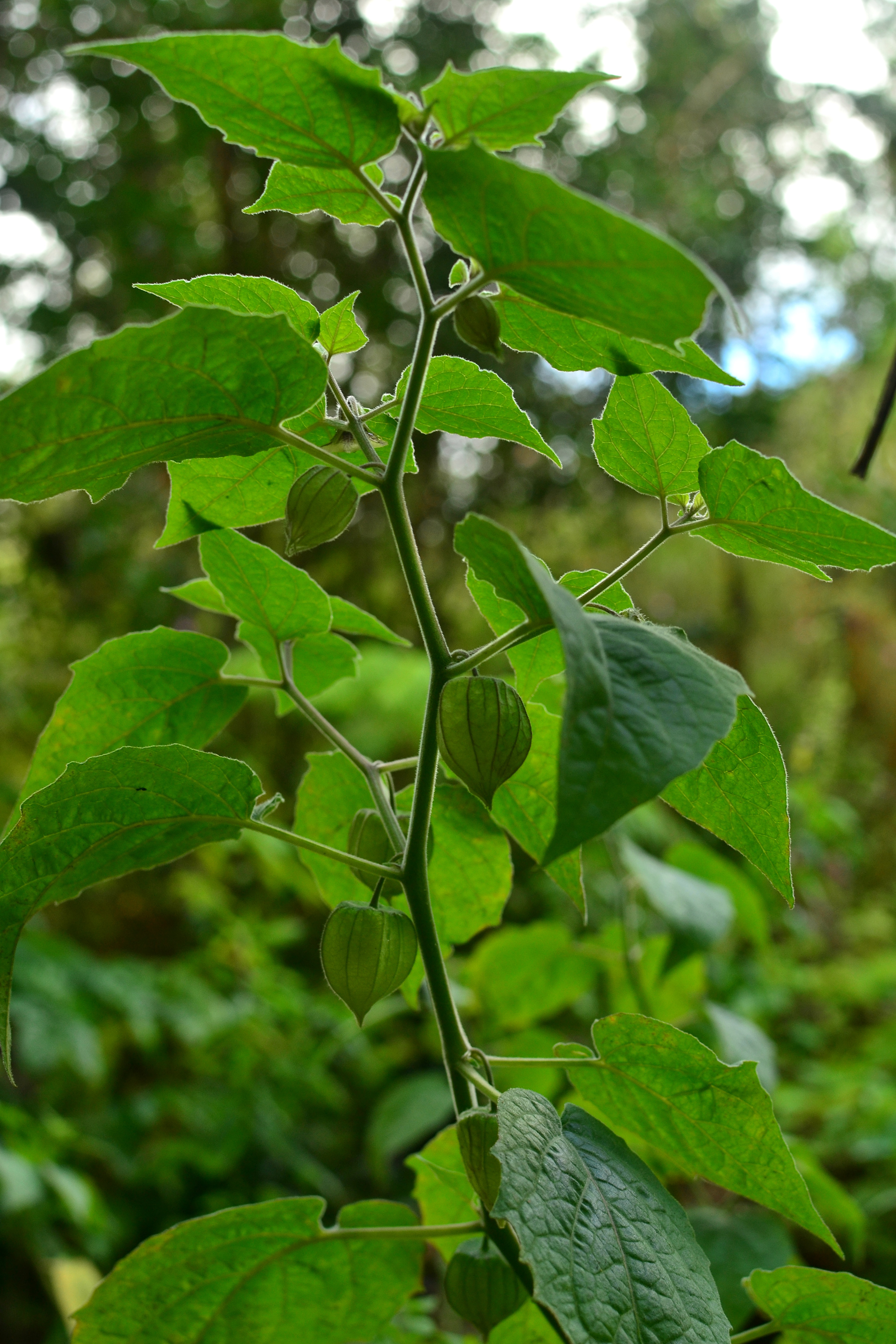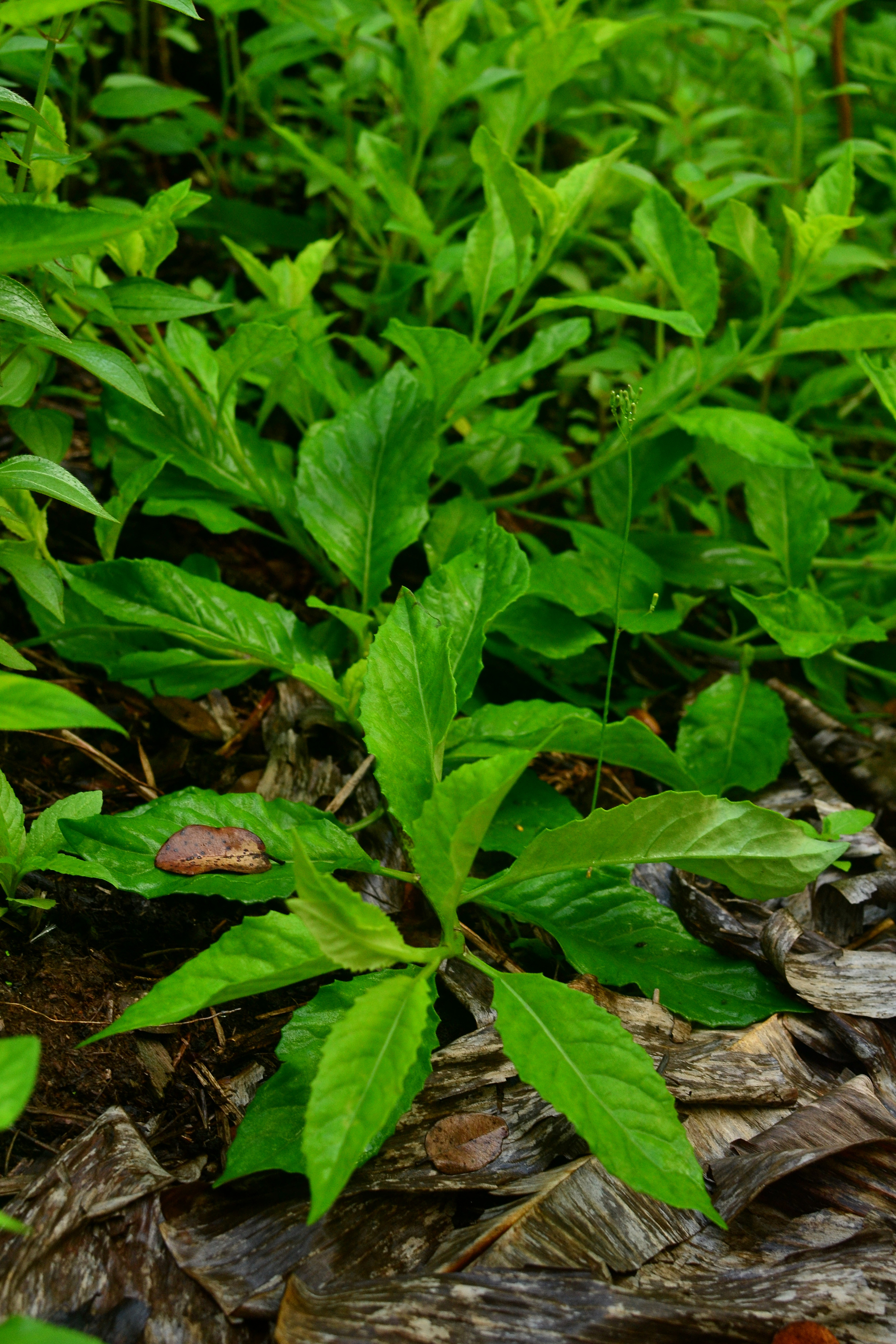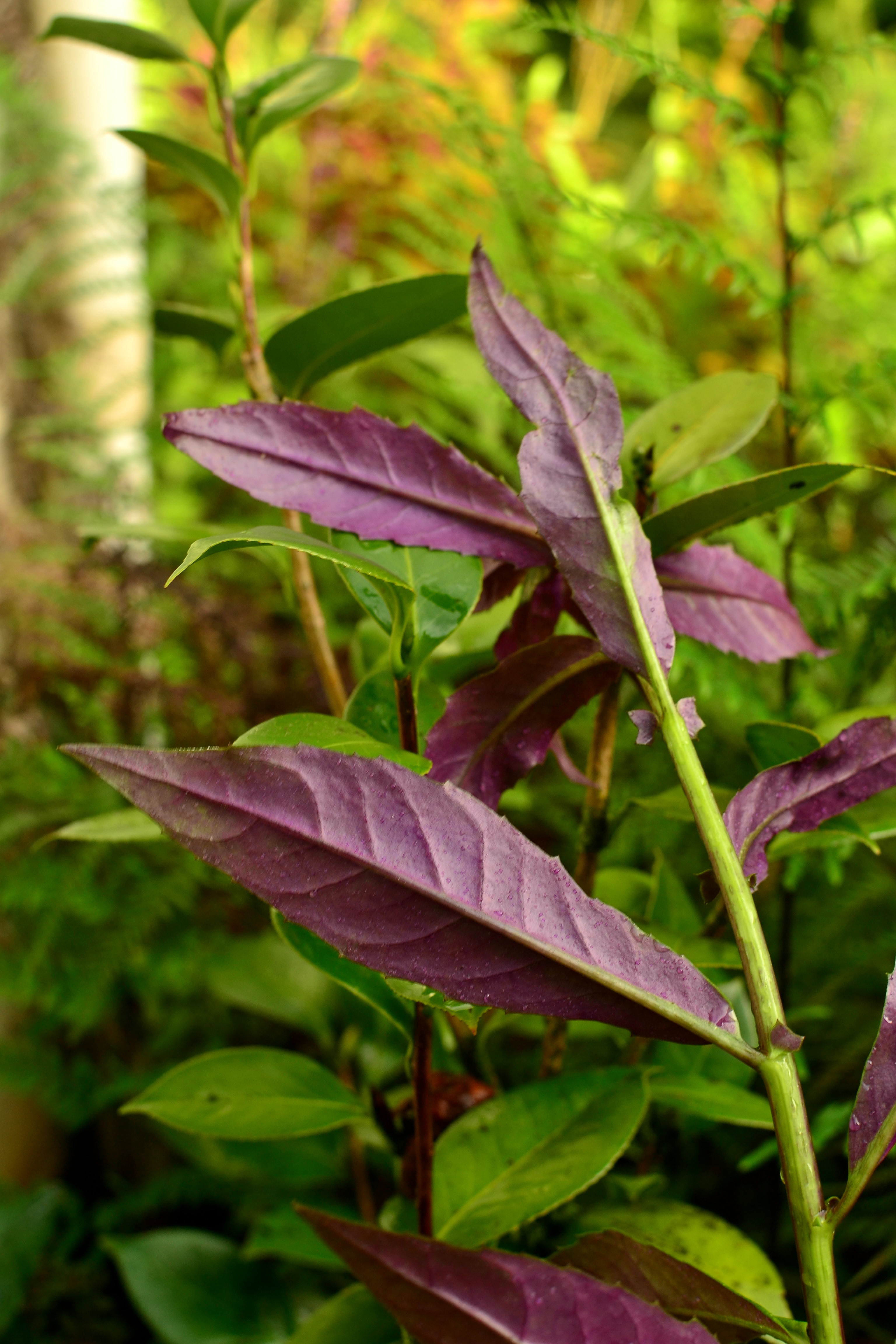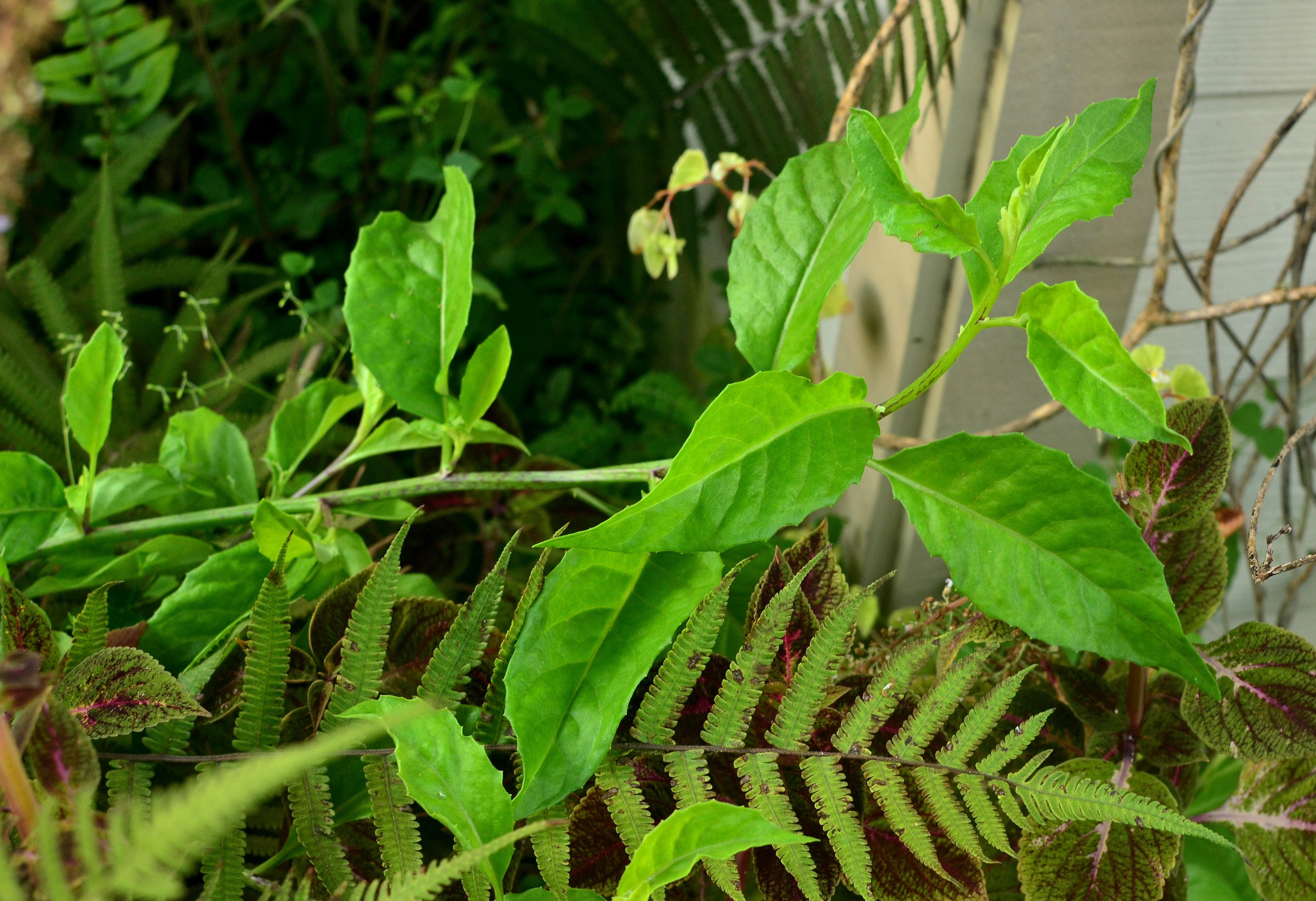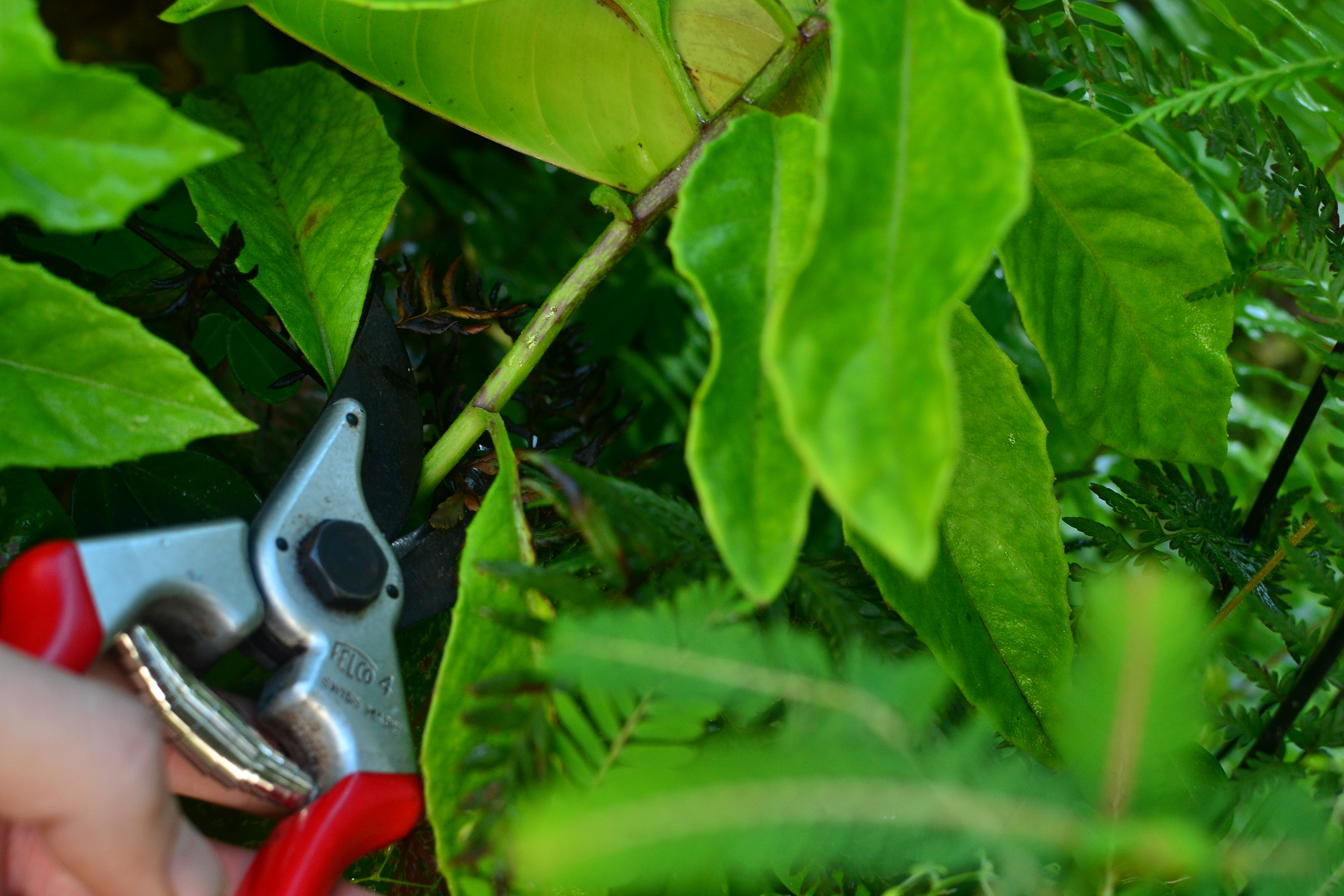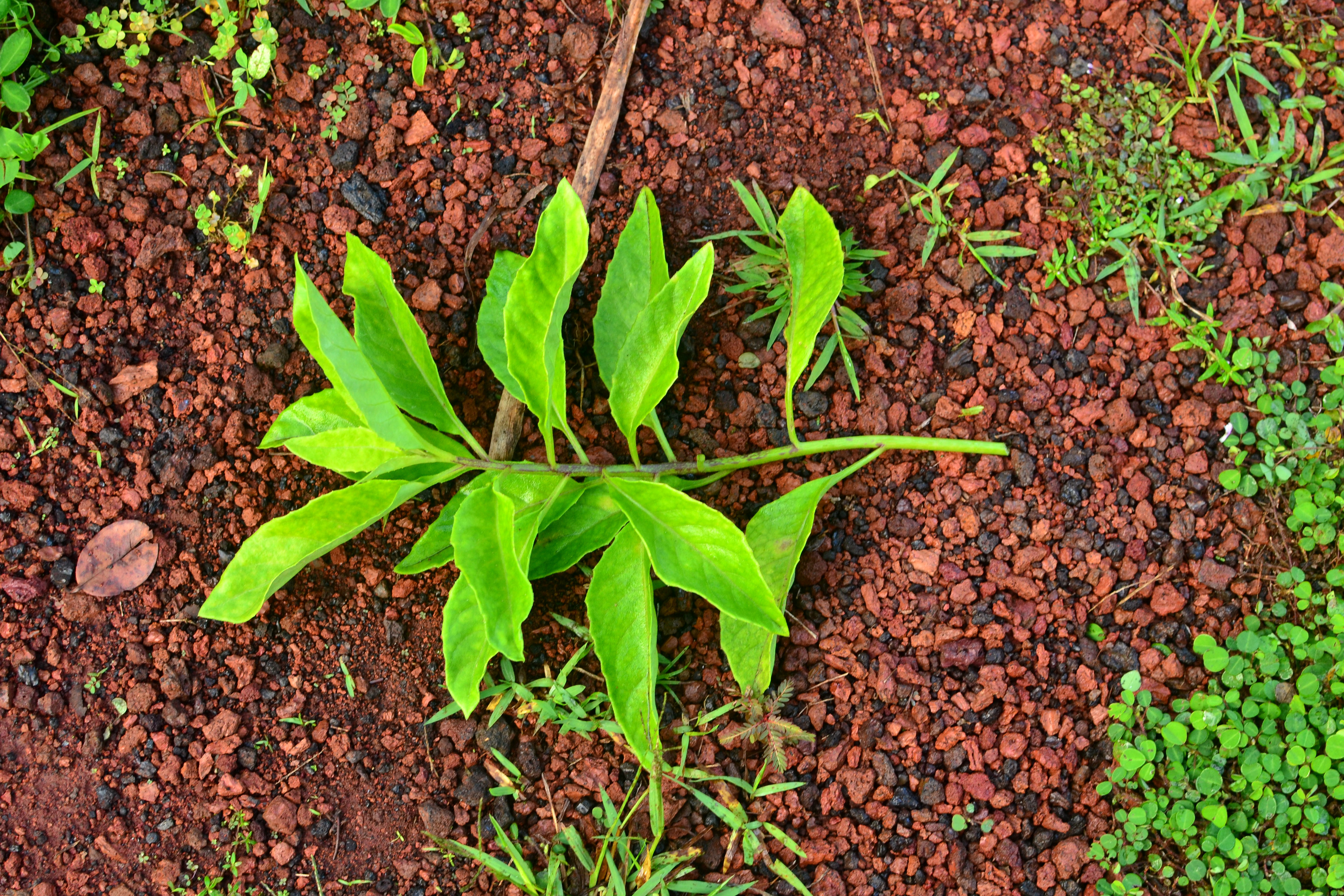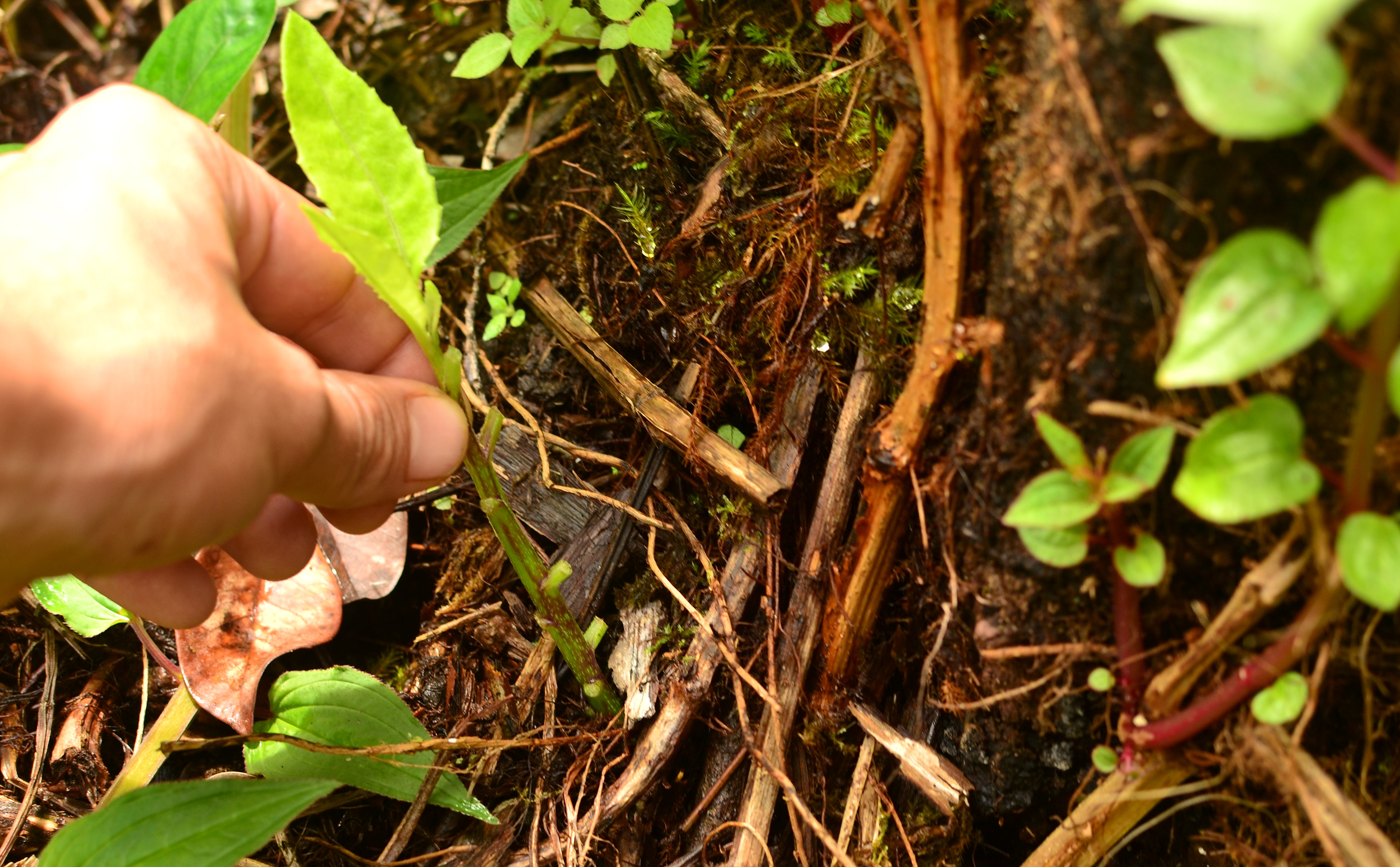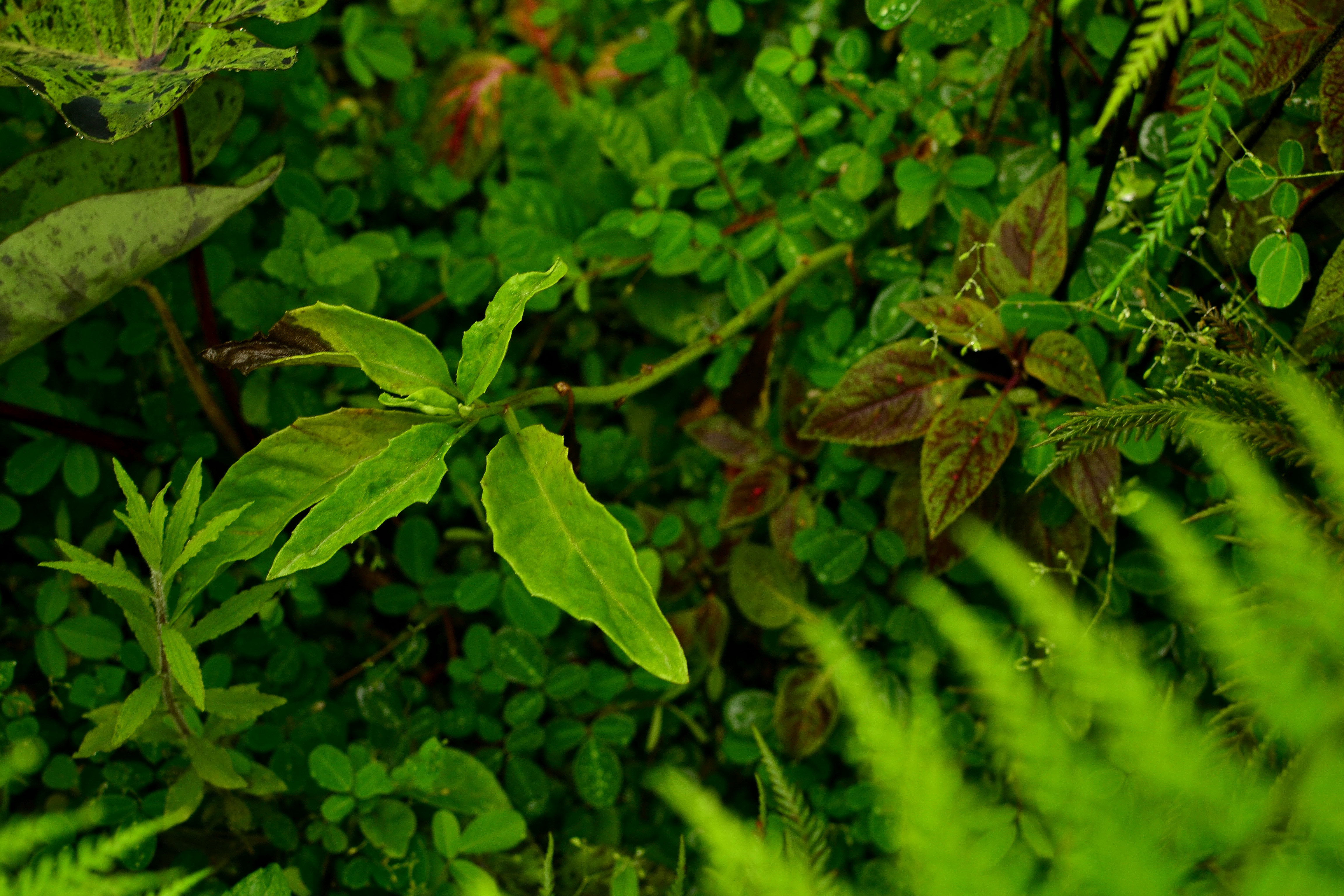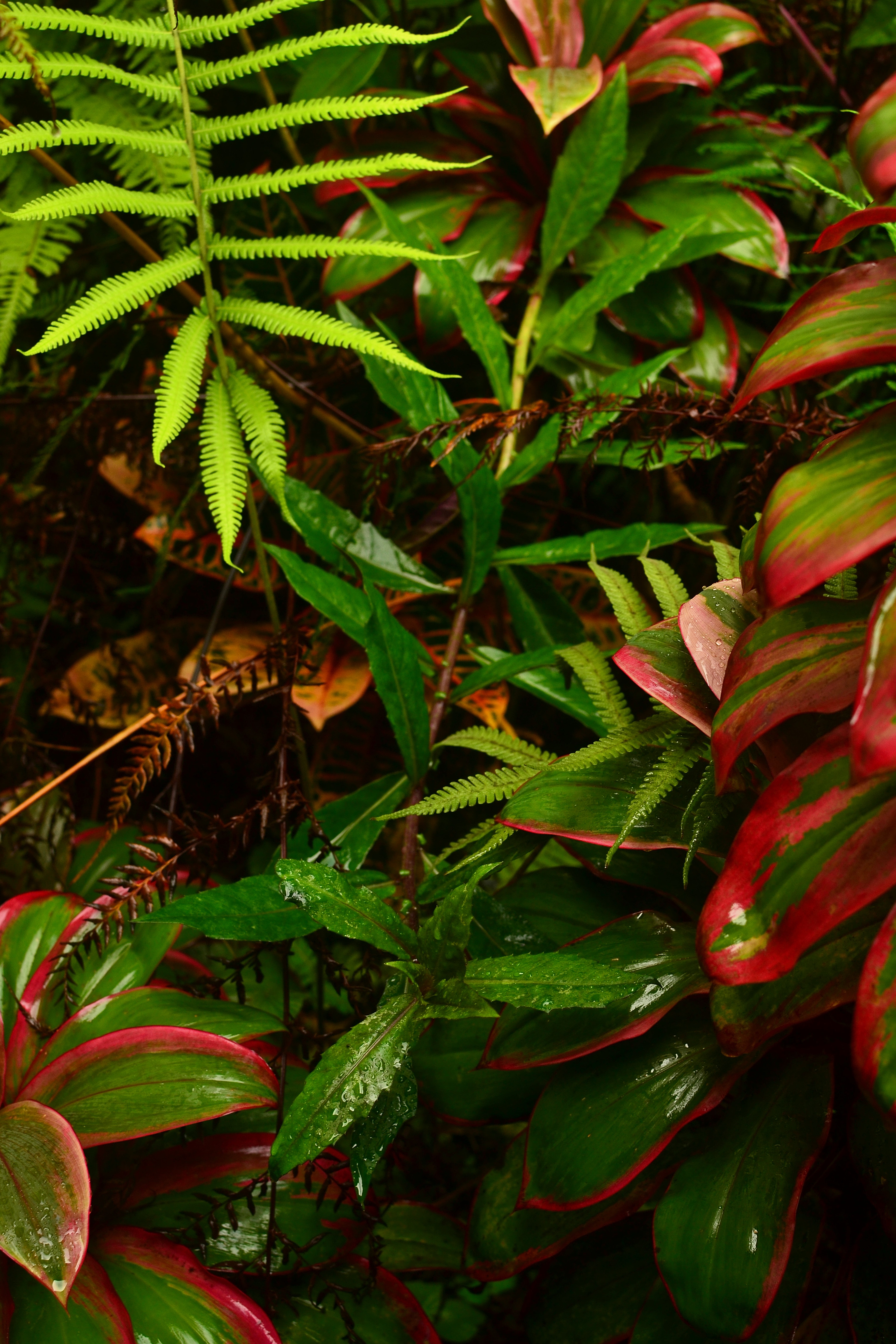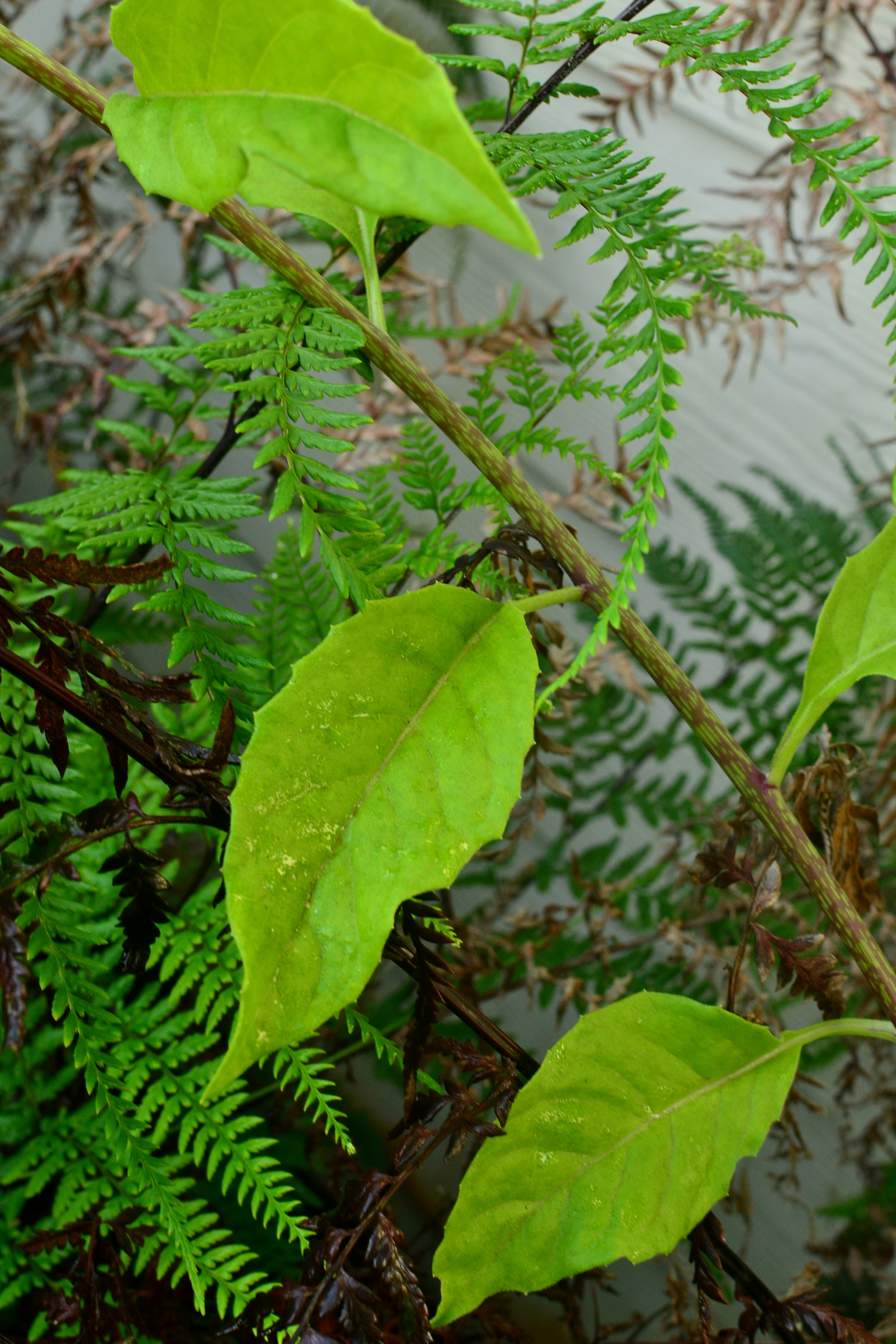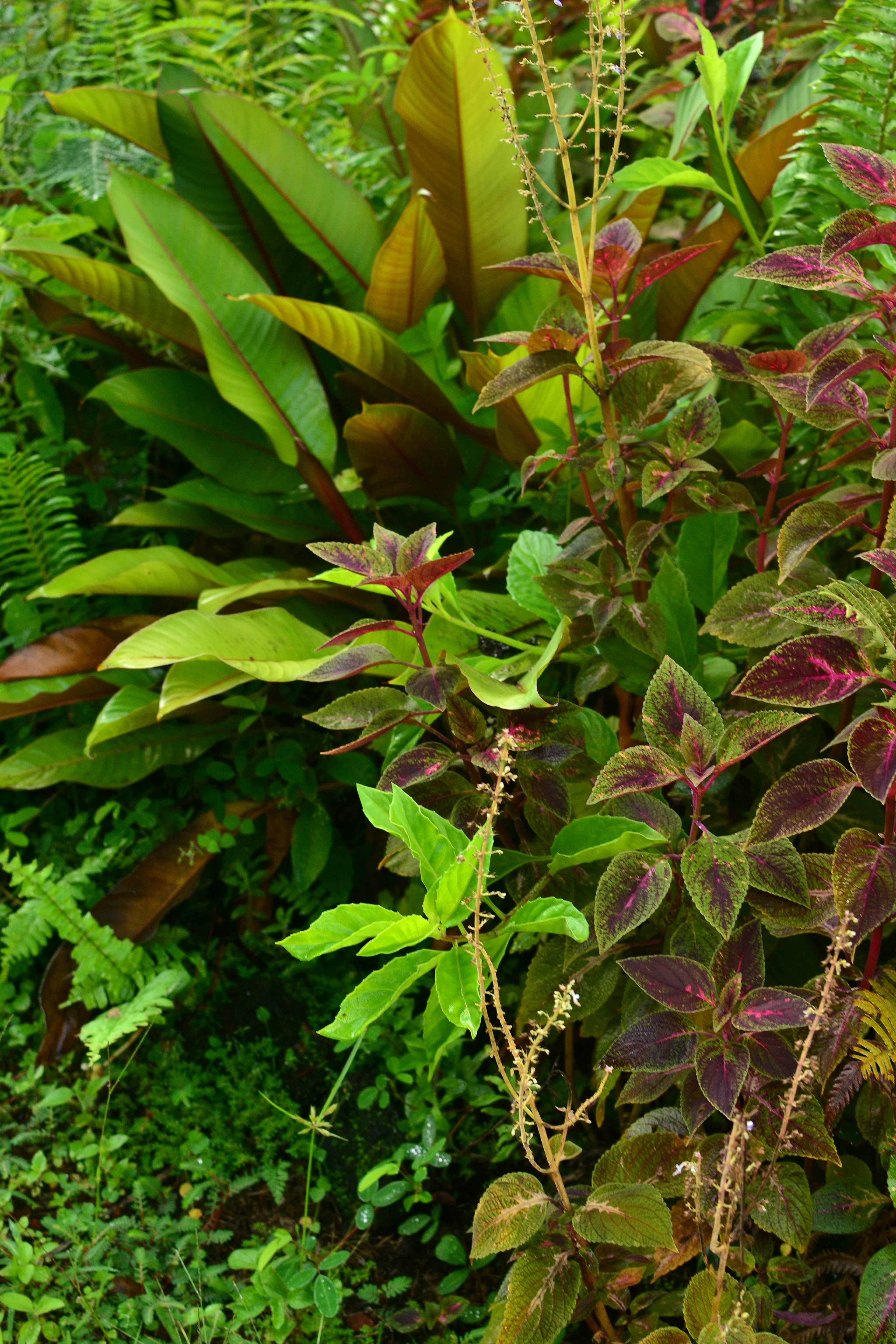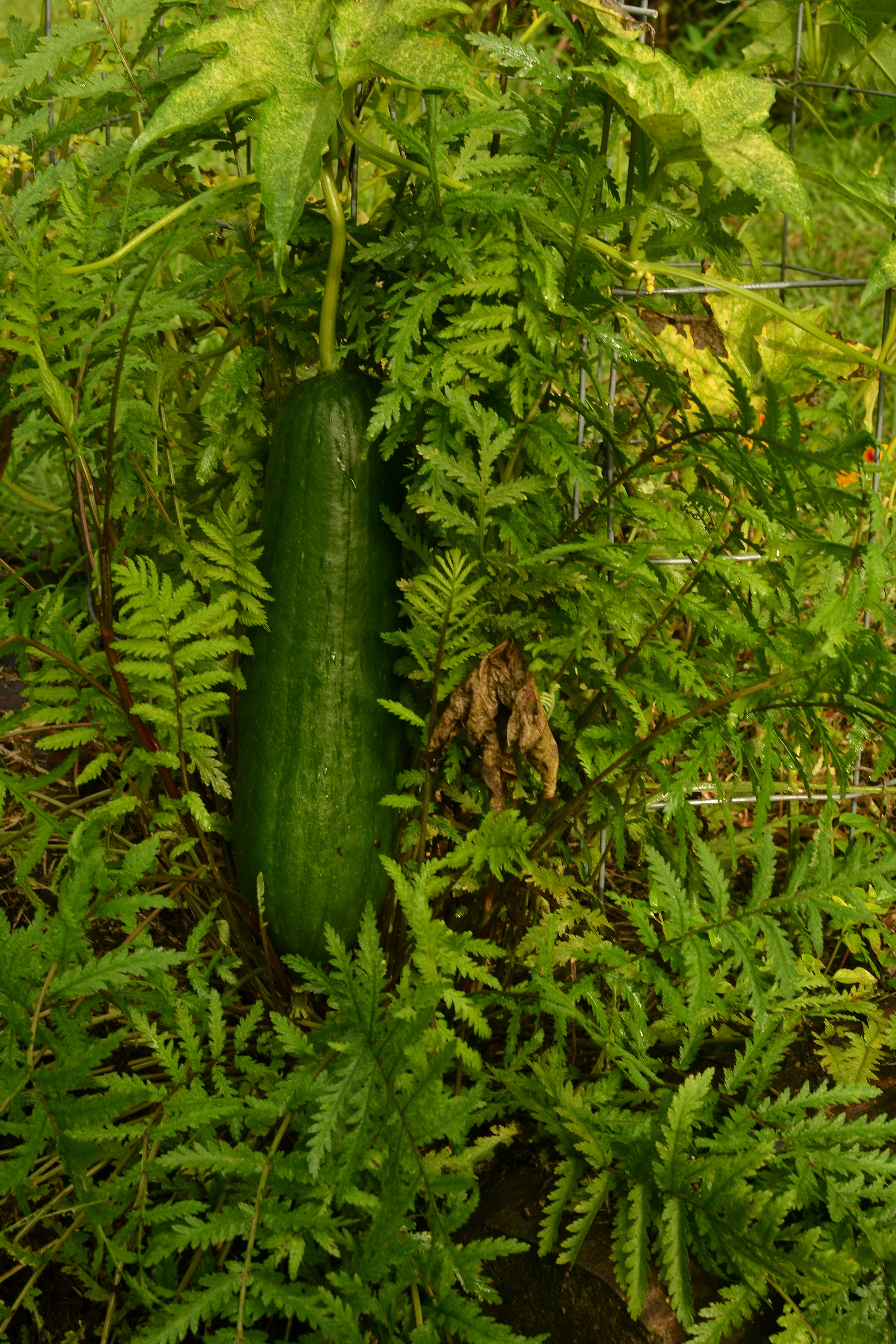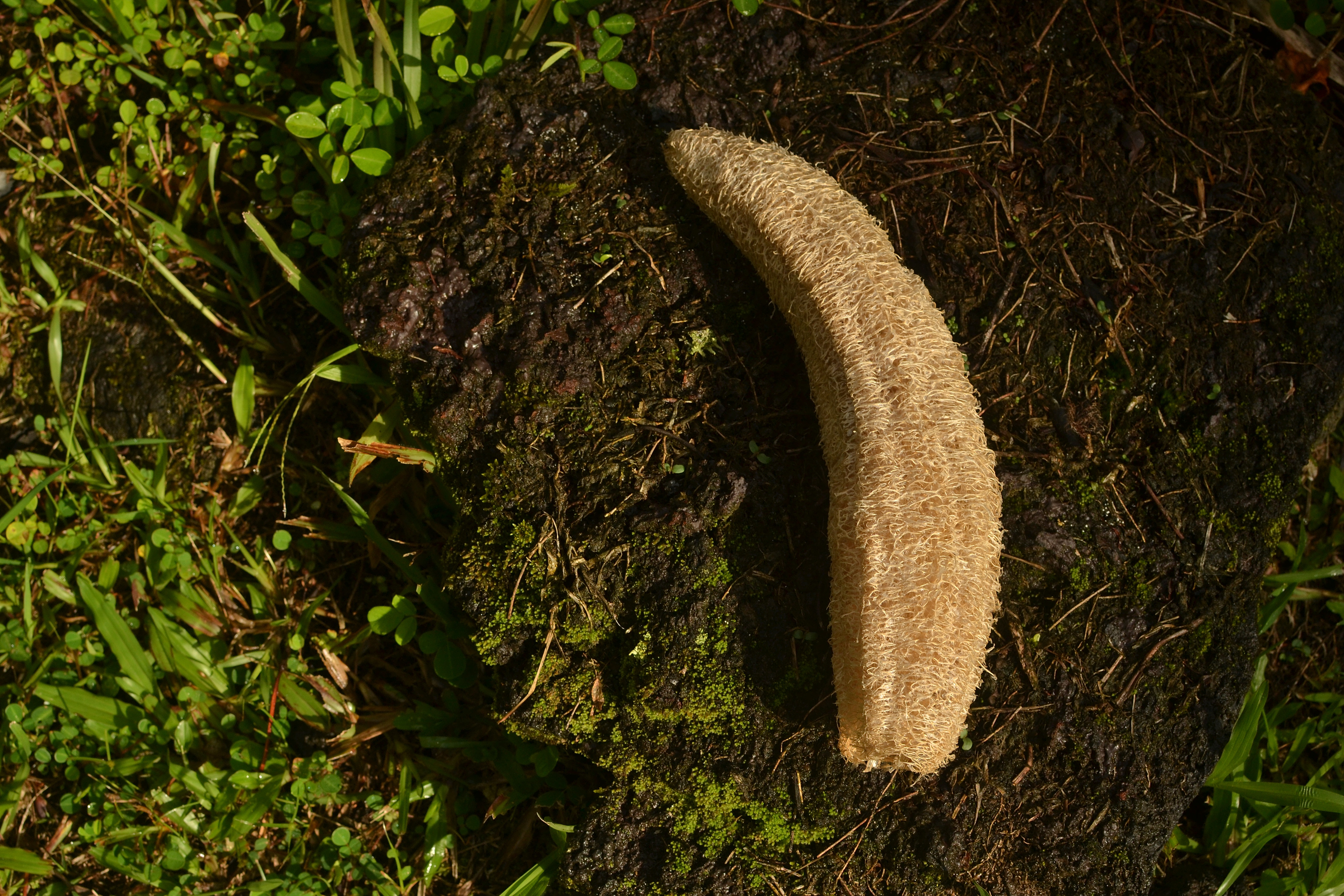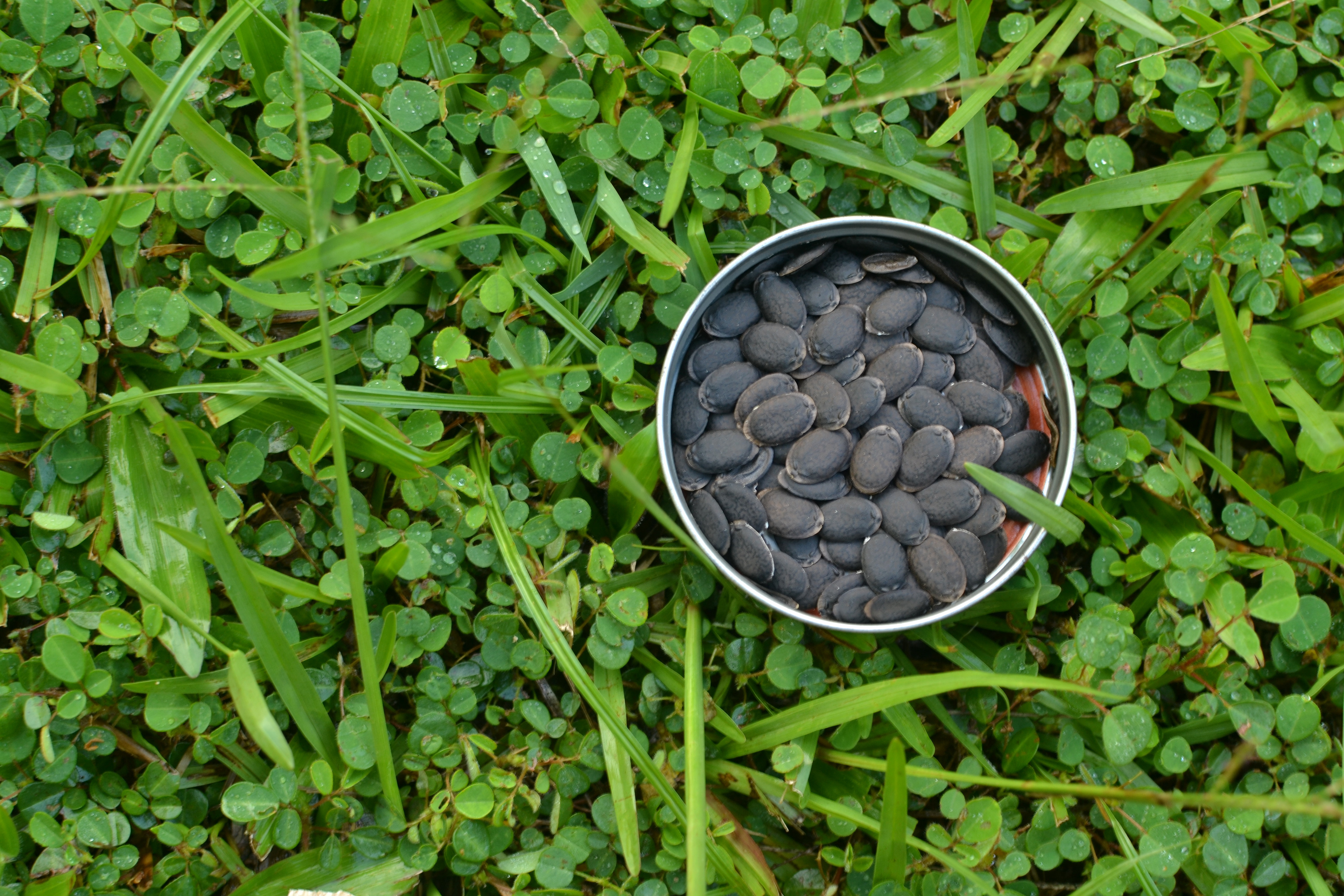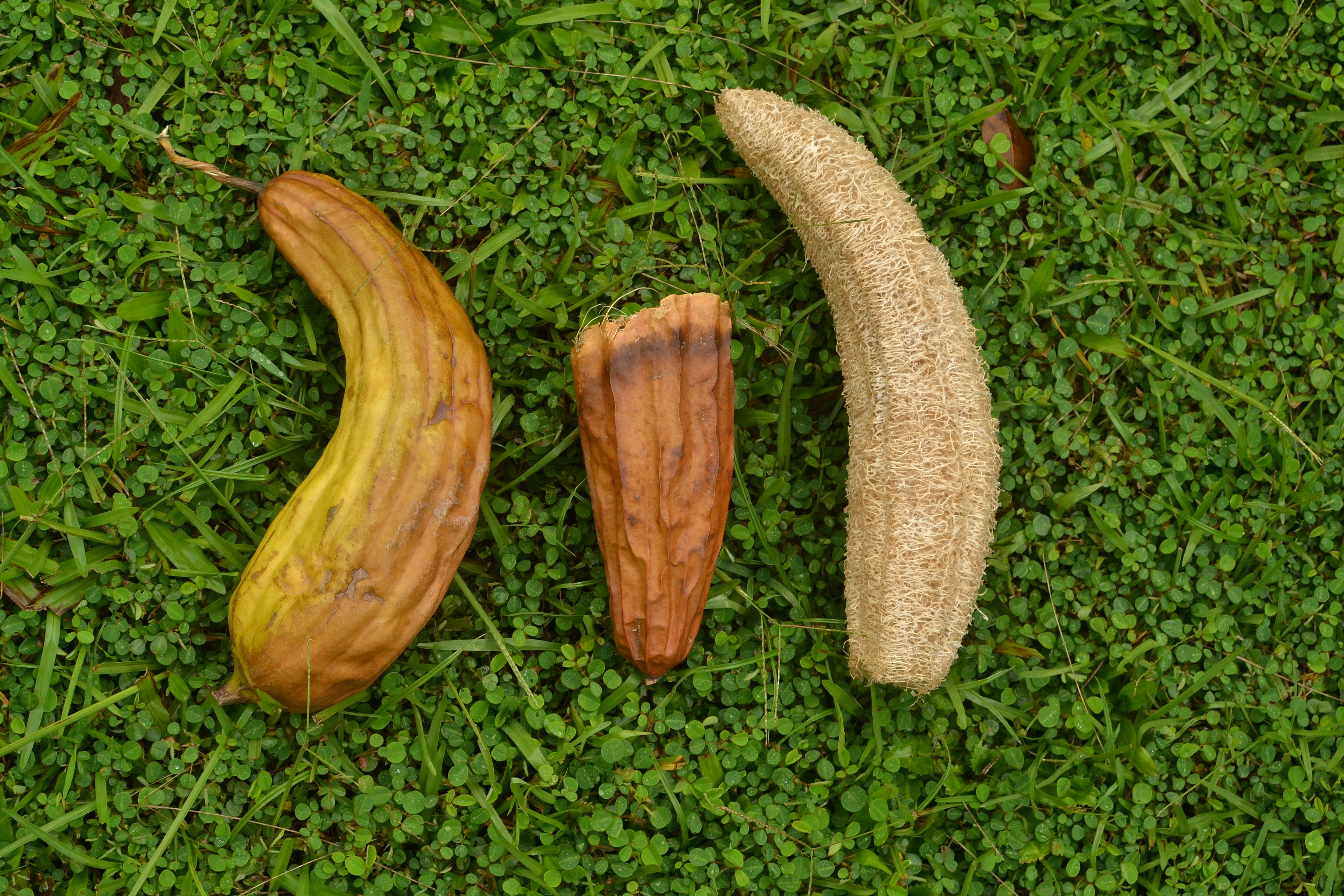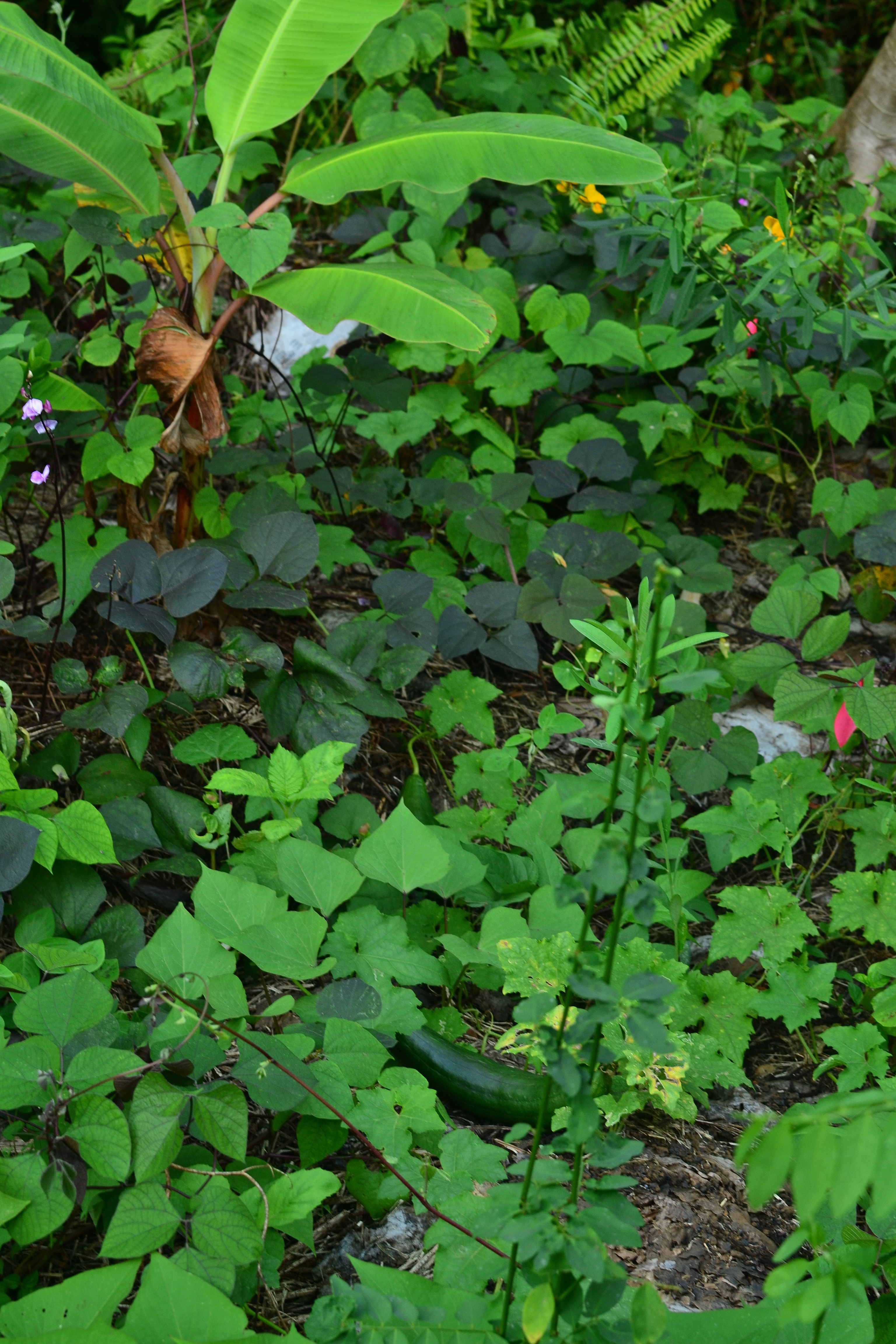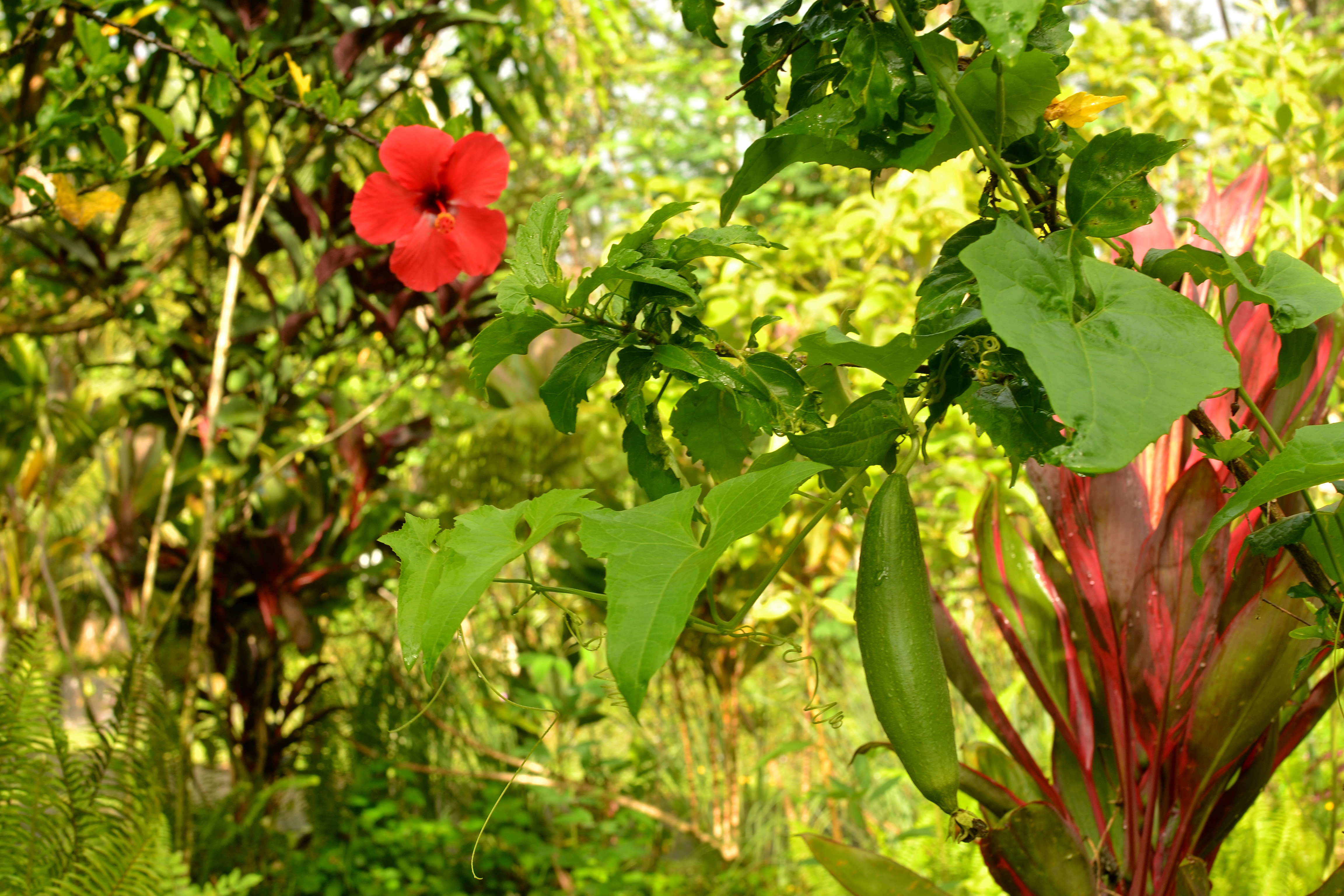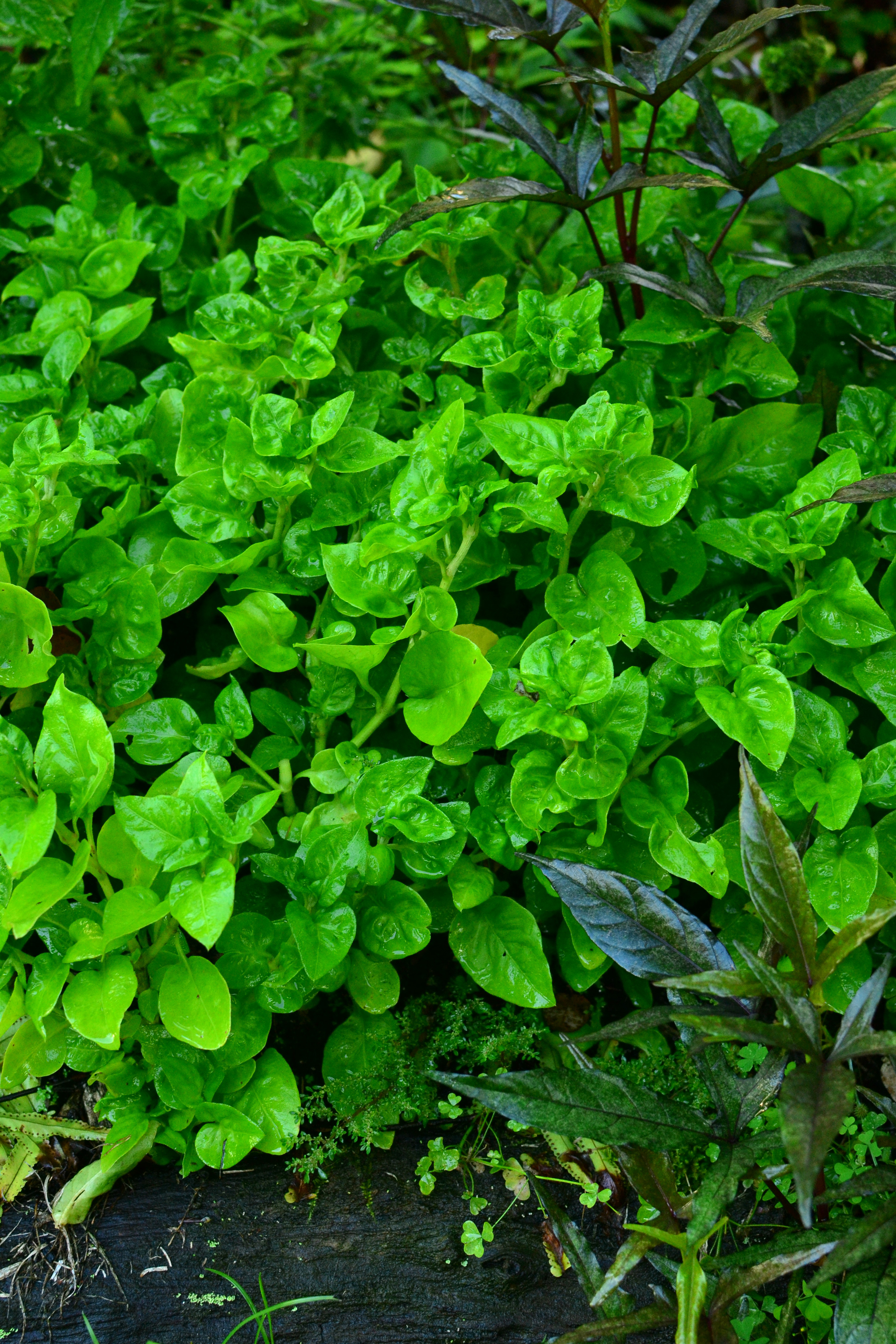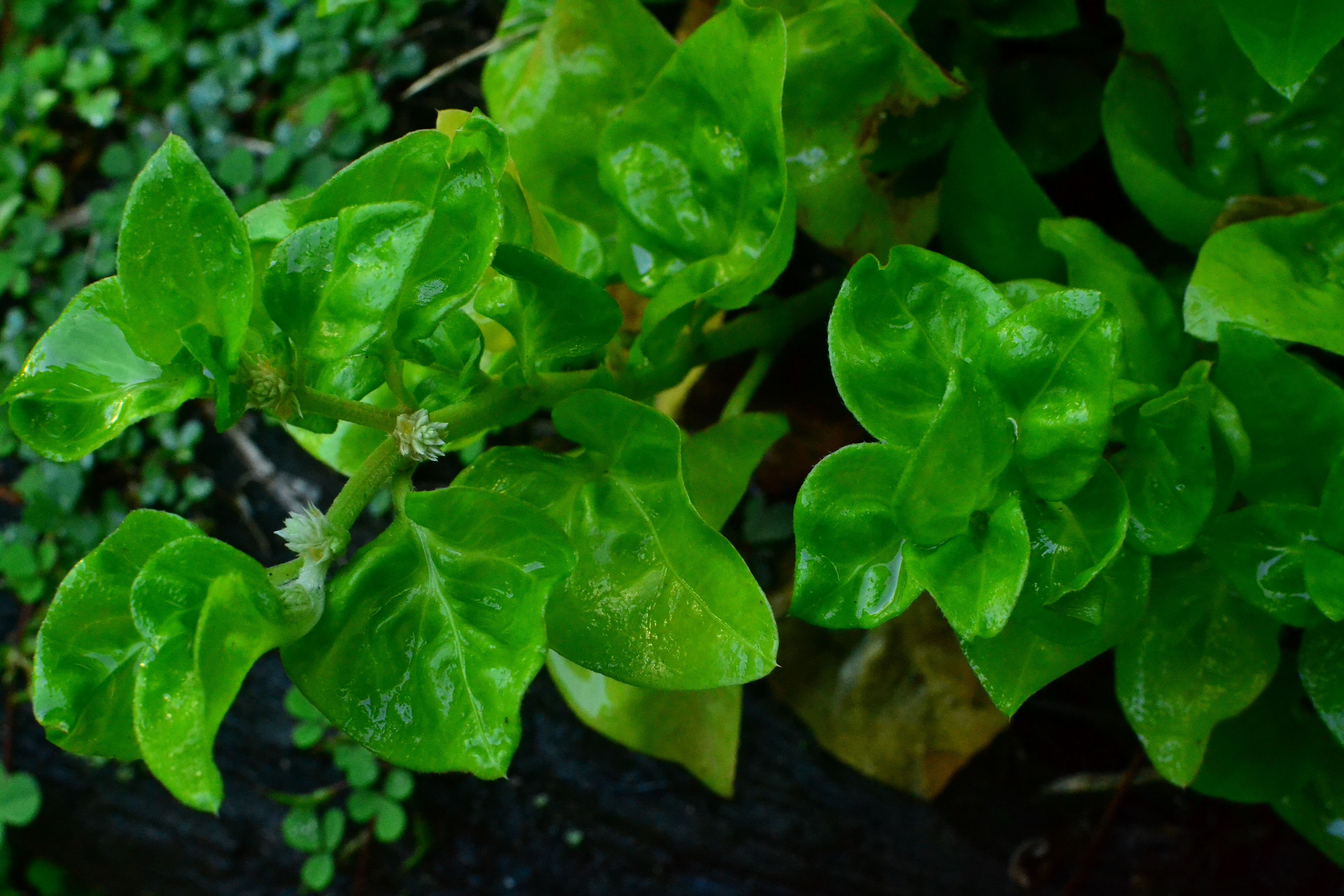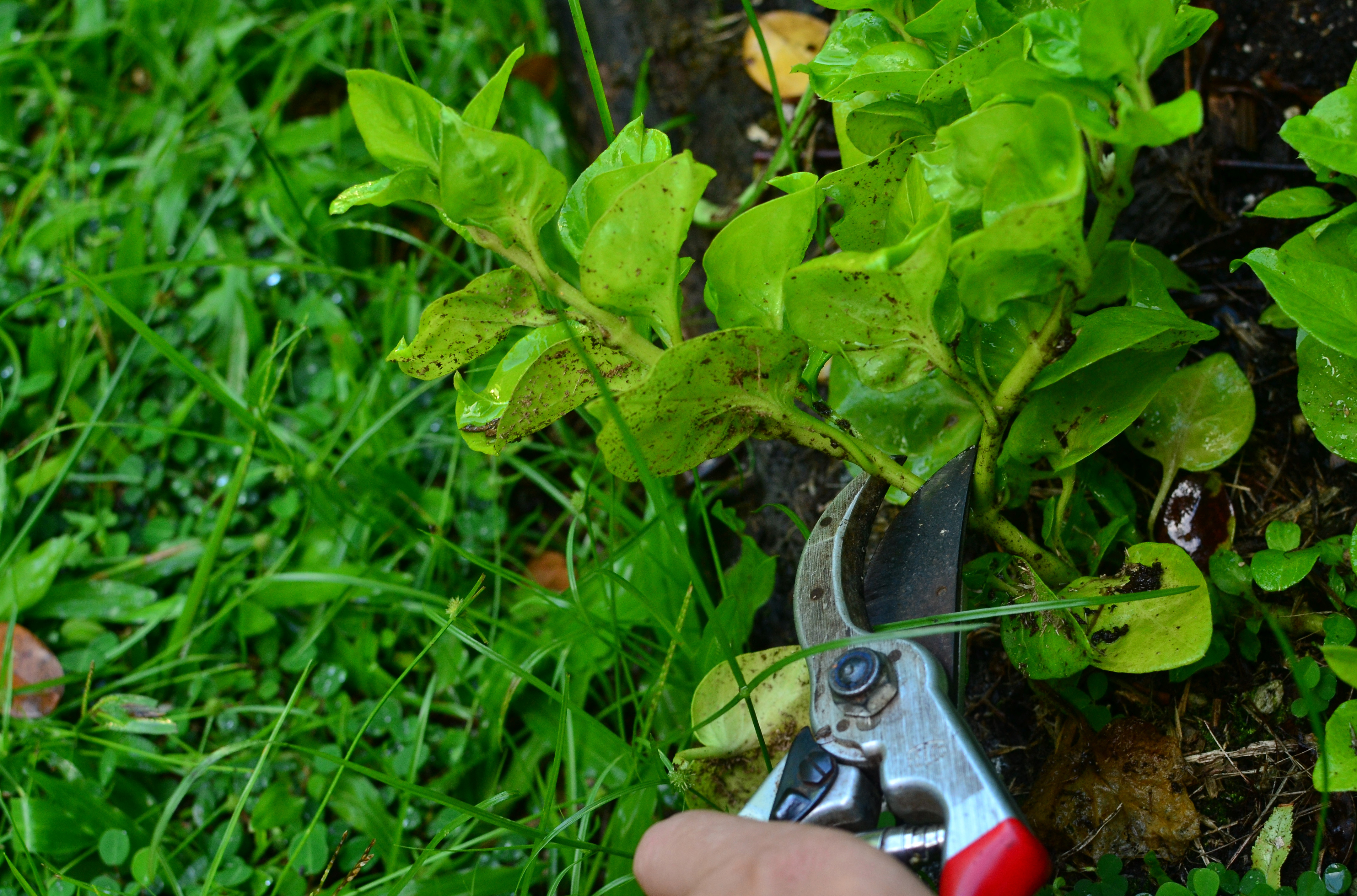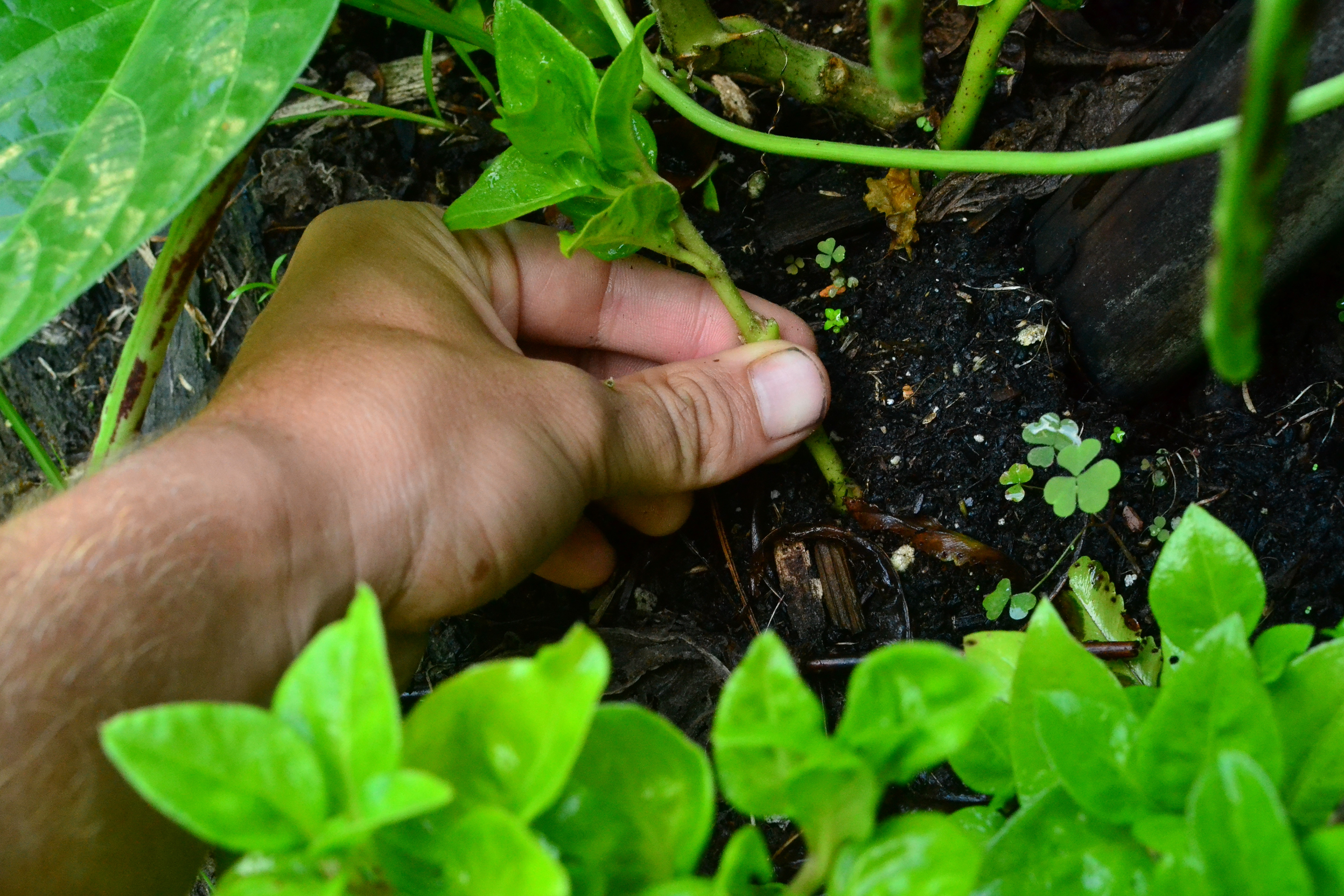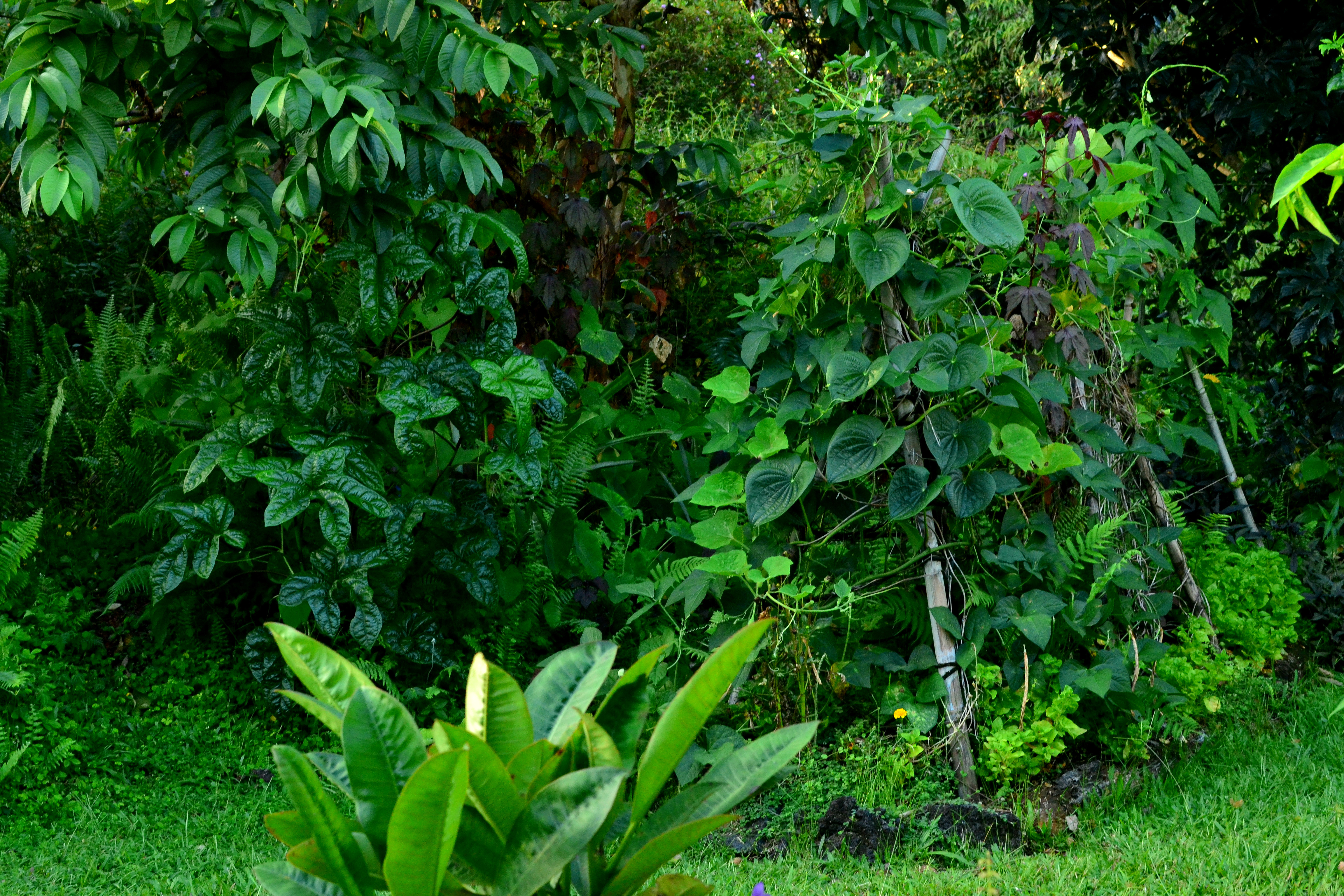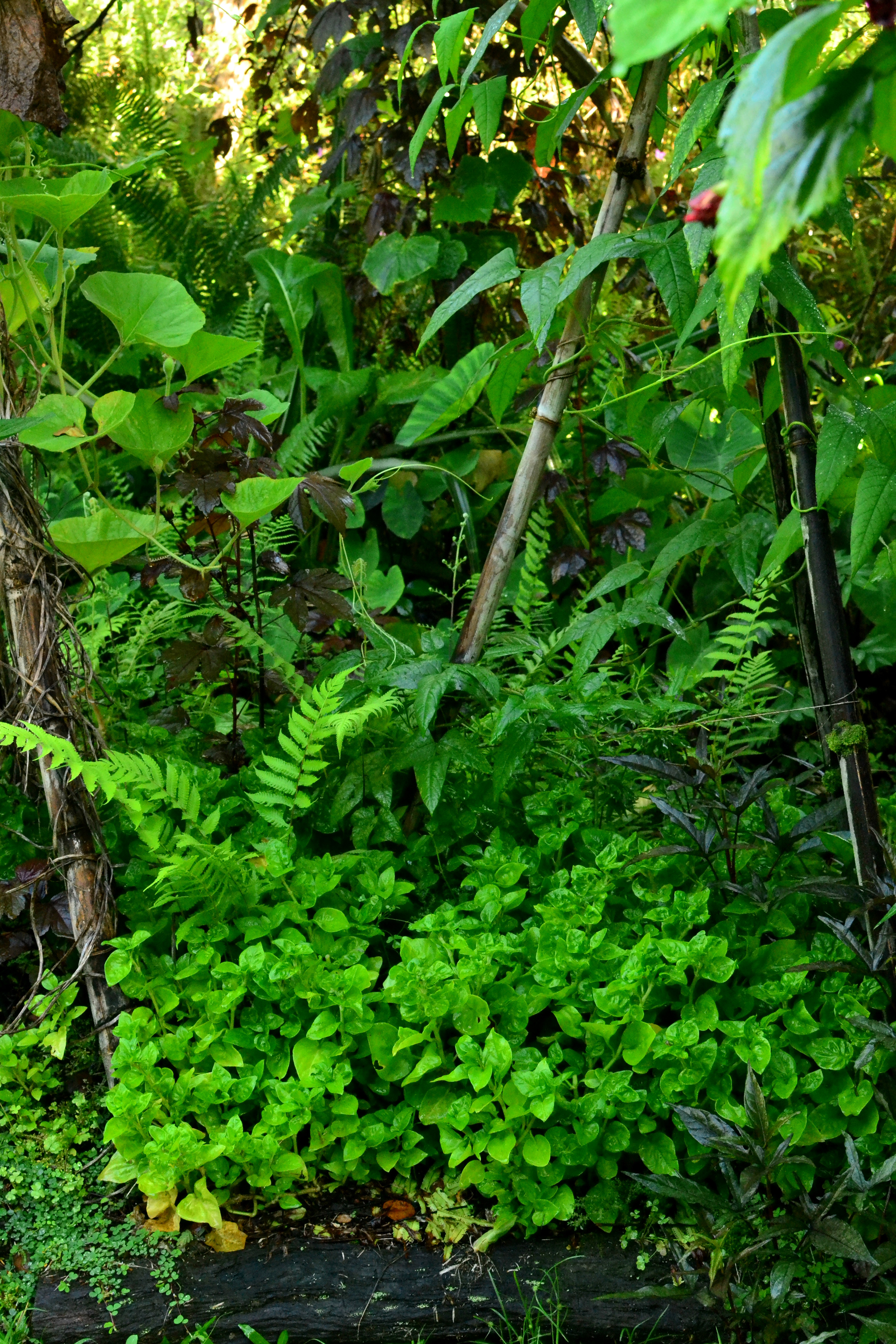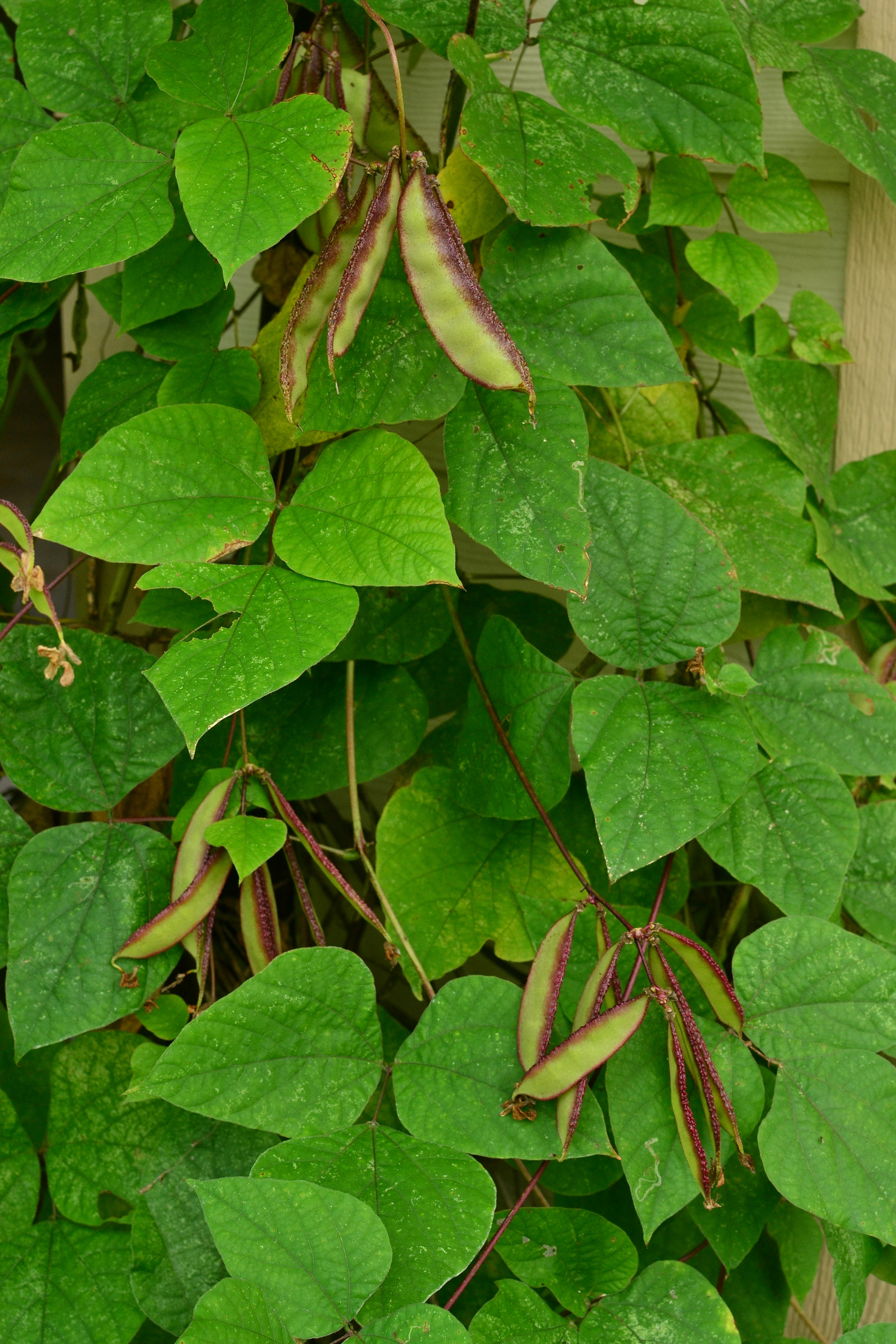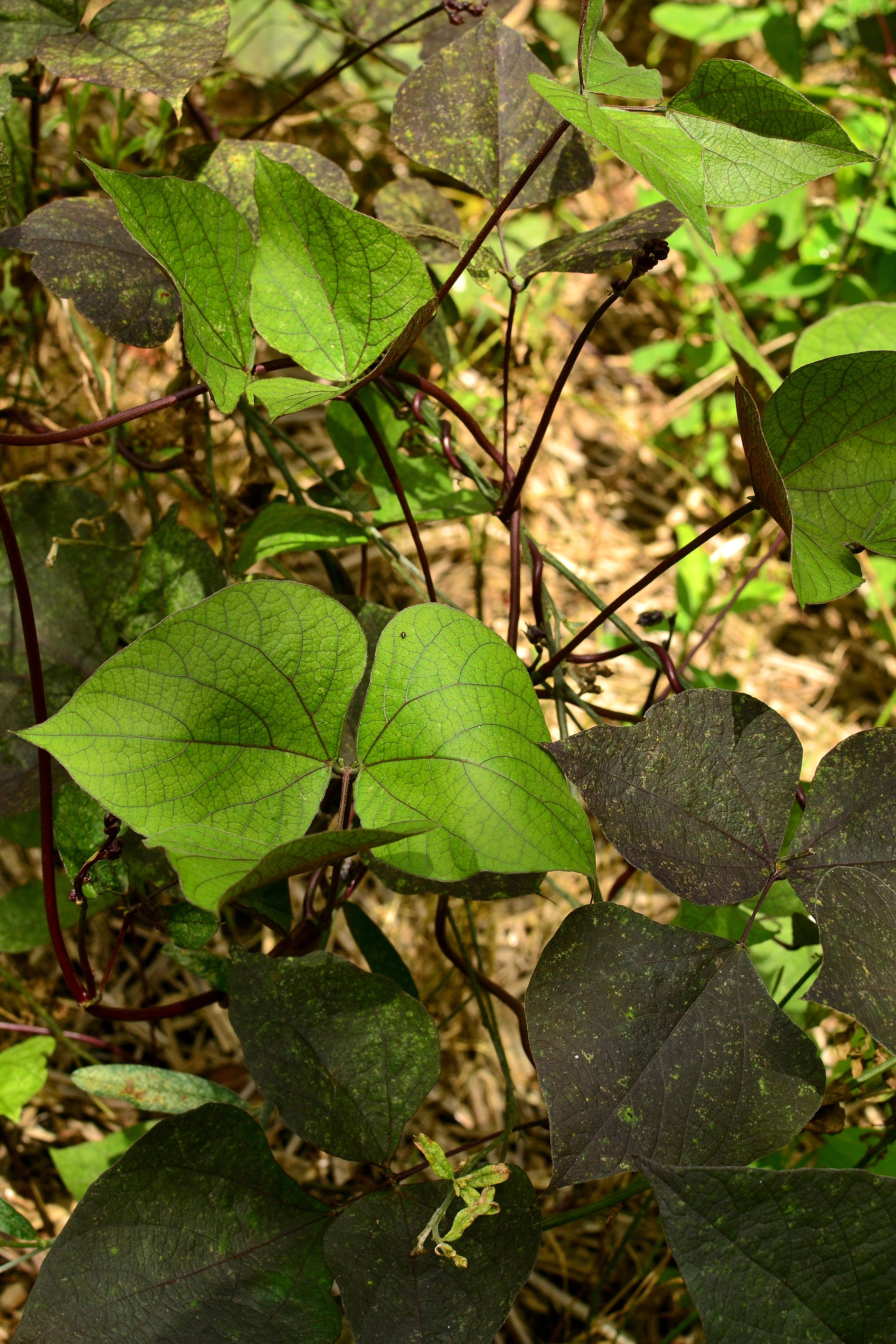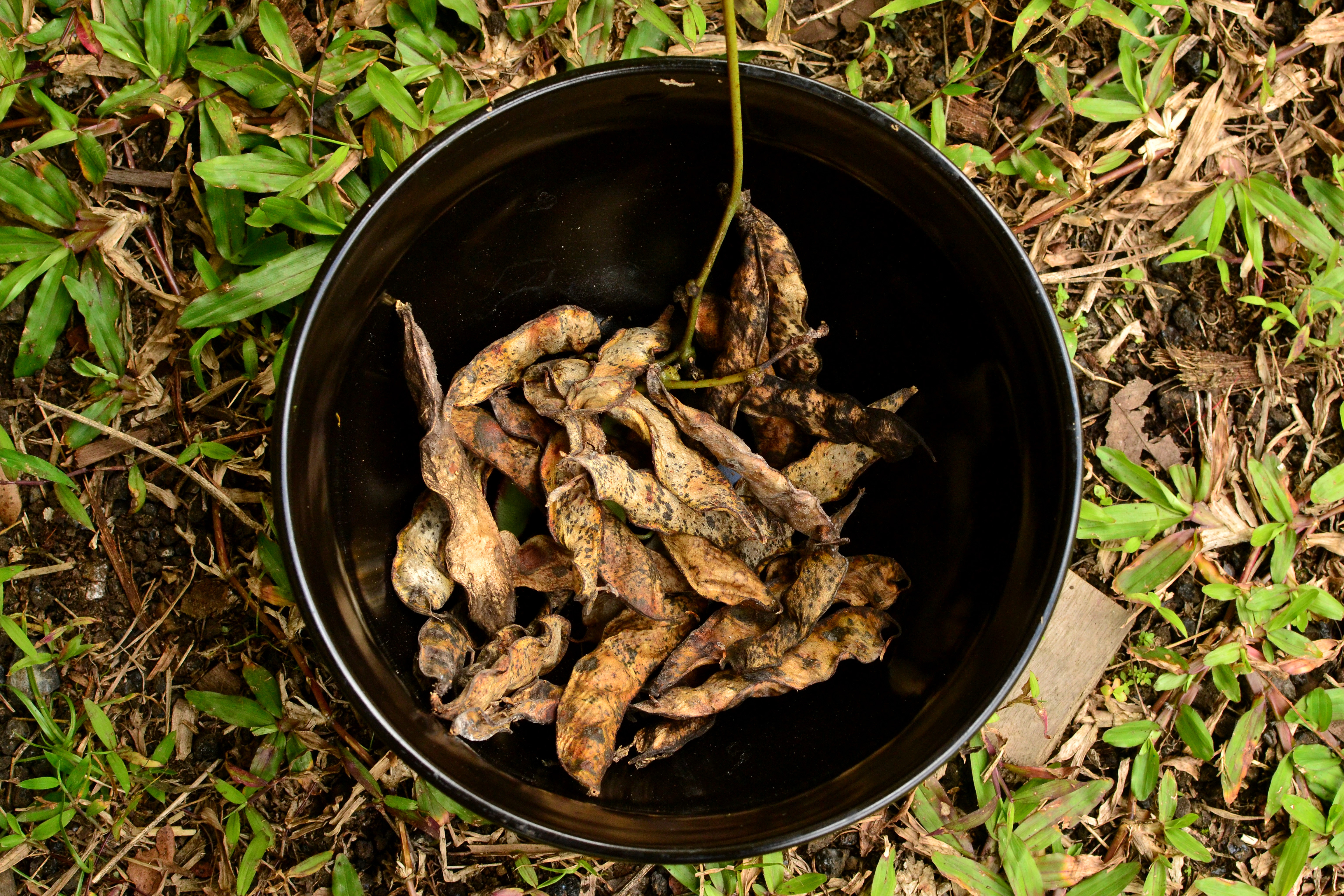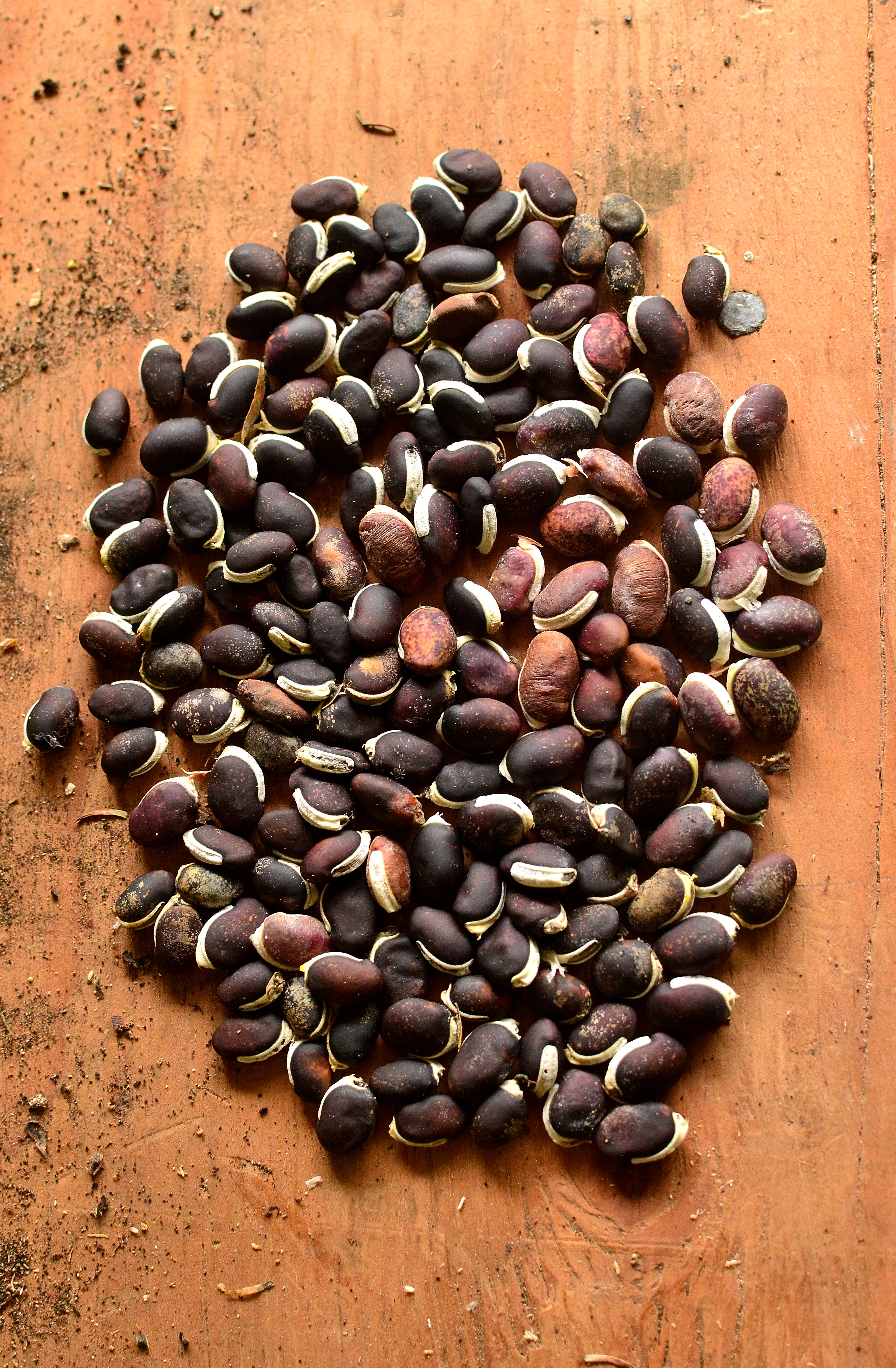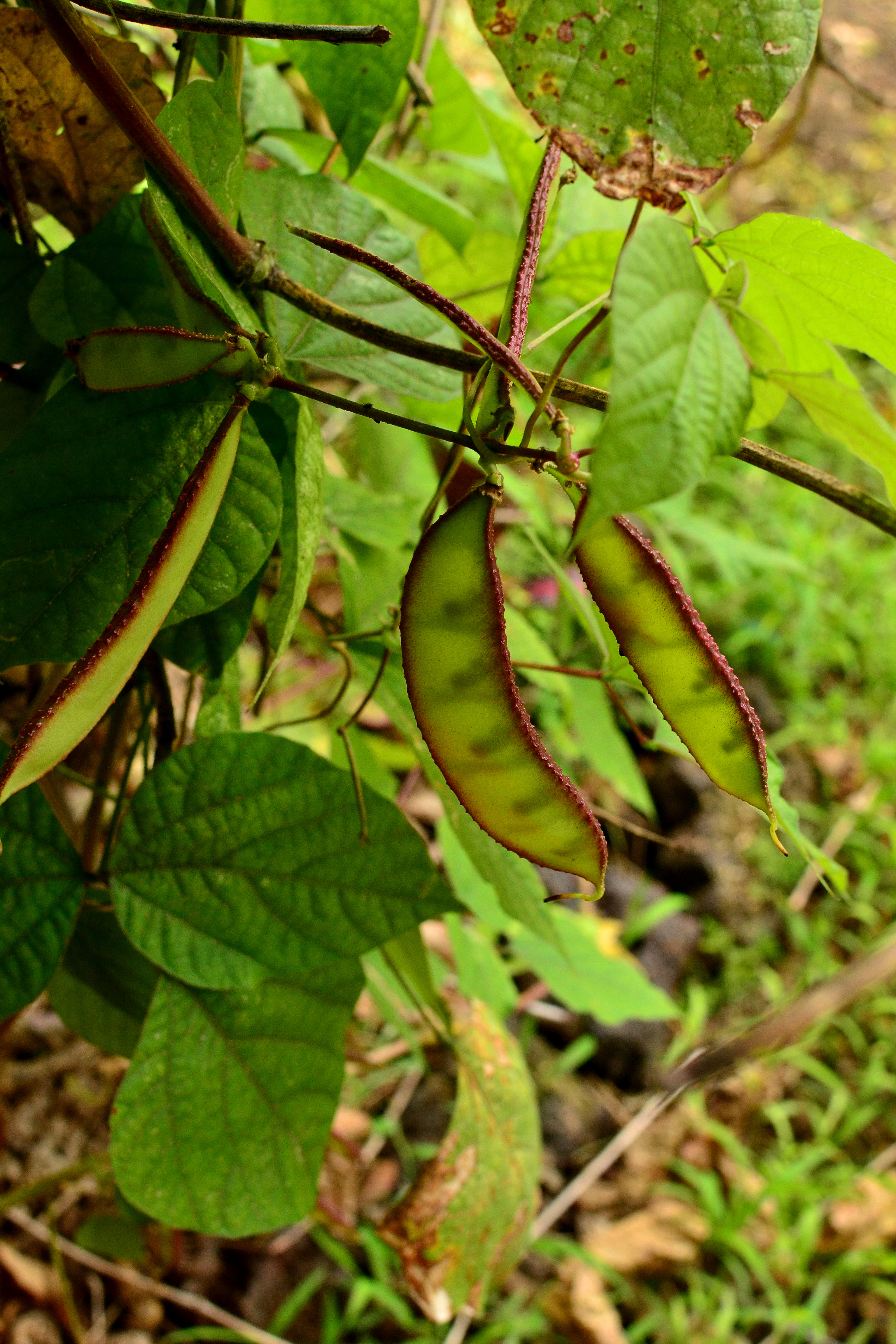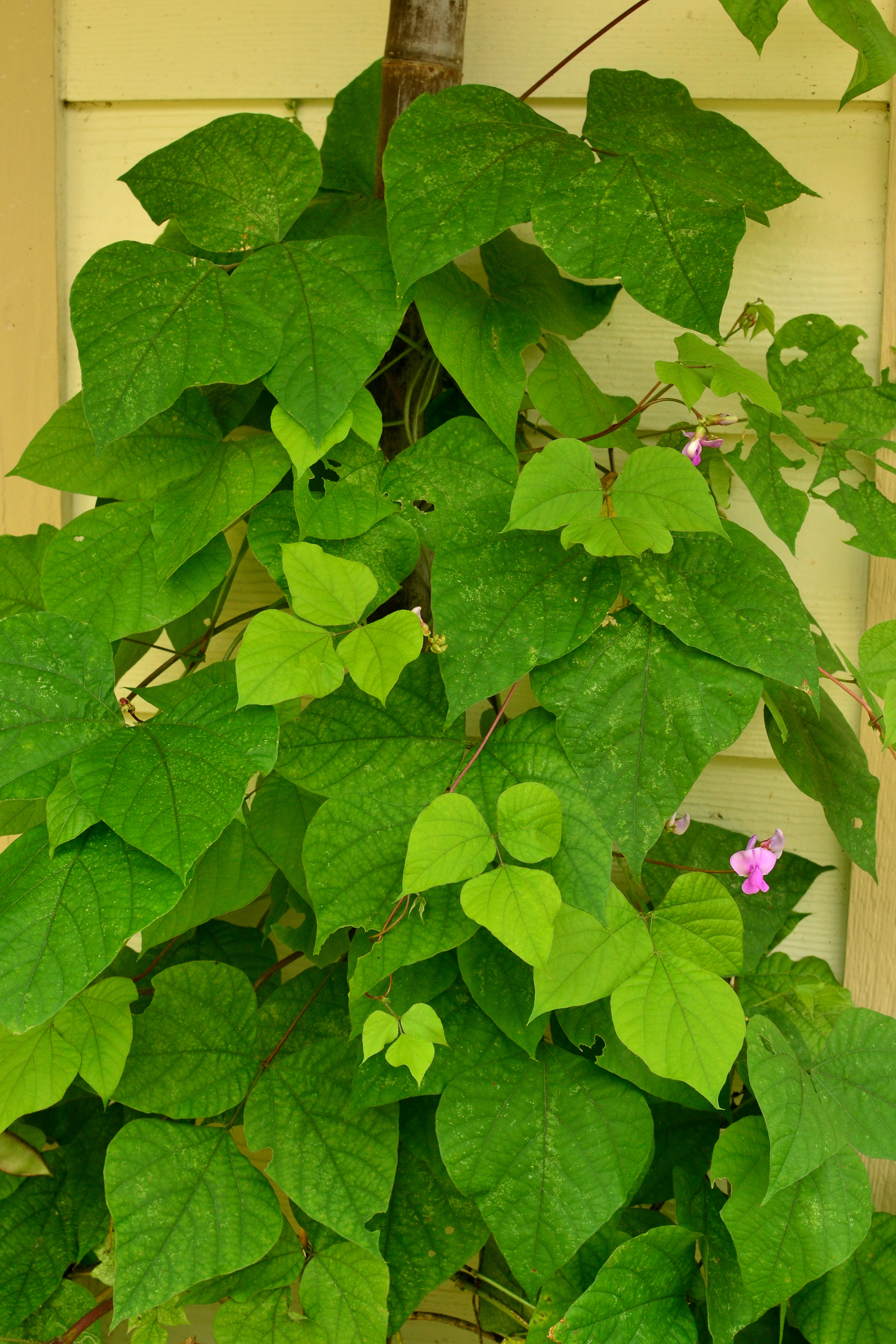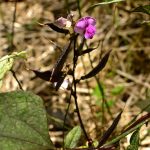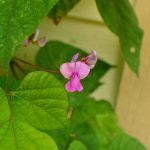Description
Culantro (Eryngium foetidum), or sawtooth coriander, is a small potent herb closely related to the cilantro/coriander (Coriandrum sativum) plant. Culantro has a very similar taste to cilantro; it is stronger and more pungent though. Culantro can be considered weedy, is a truly tropical plant, and will thrive in your garden with no help. Plants can easily be trained to become perennials. Quite the contrary of cilantro in our tropical environments, cilantro doesn’t like our rains, heat/sun and is hard to establish. Why grow something so difficult if you could just grow culantro with no effort?
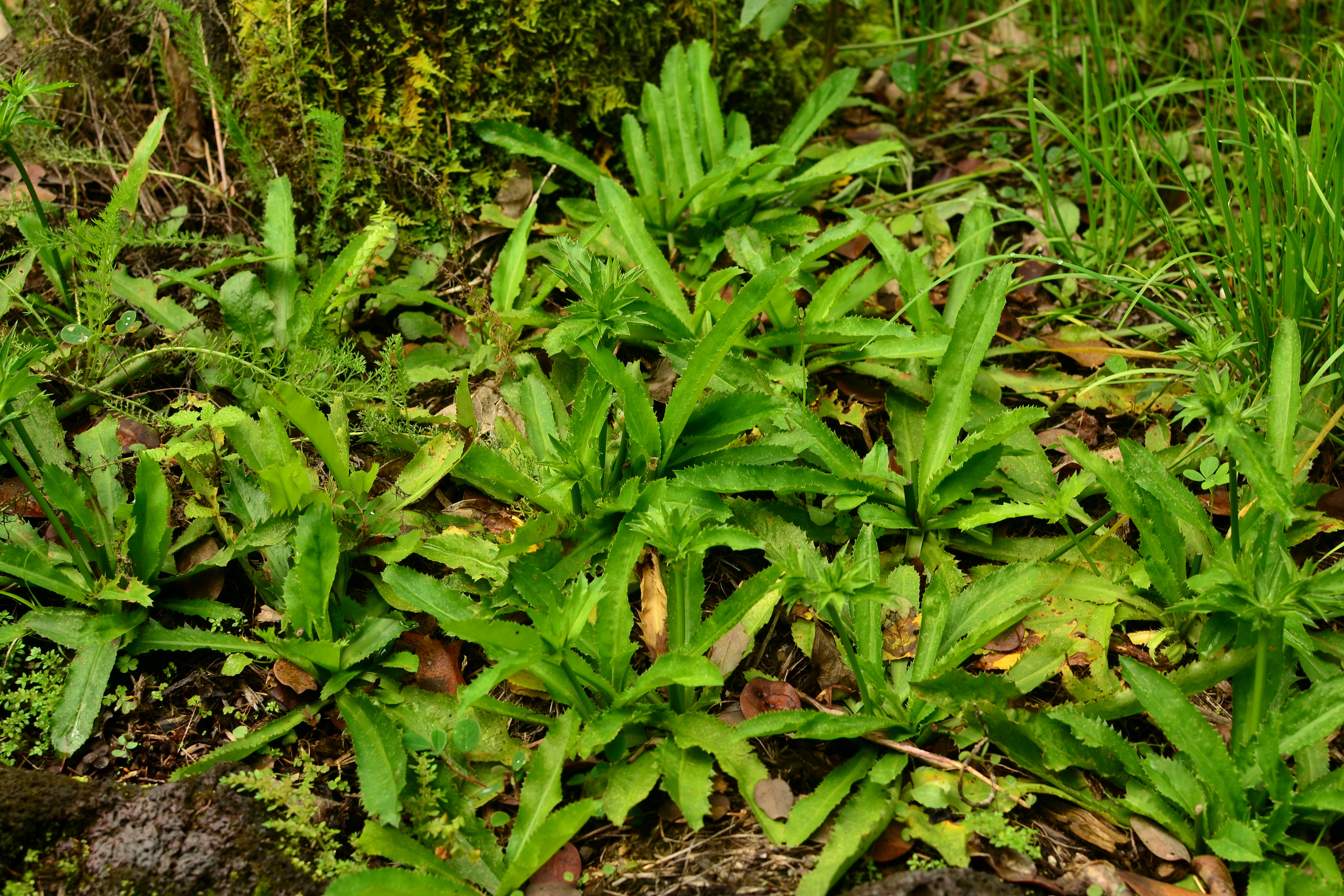
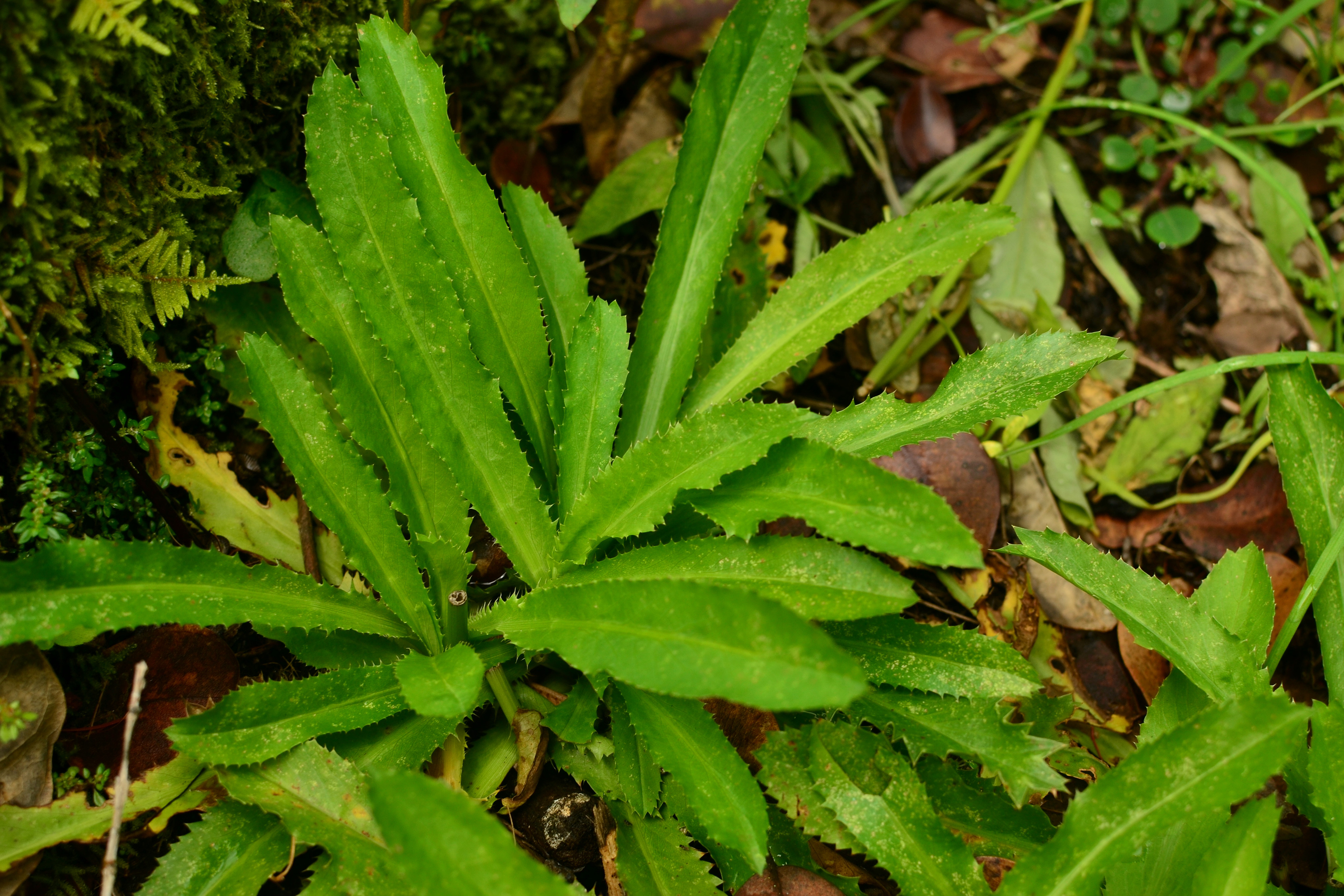
Propagation
Culantro is grown from tiny seeds. Plants left to flower will set seed prolifically and do not need to be re-sown with your help.
Culantro can easily be up-planted and moved anywhere desirable. Don’t worry if you break a few roots, this plant is extremely hardy and will bounce back.
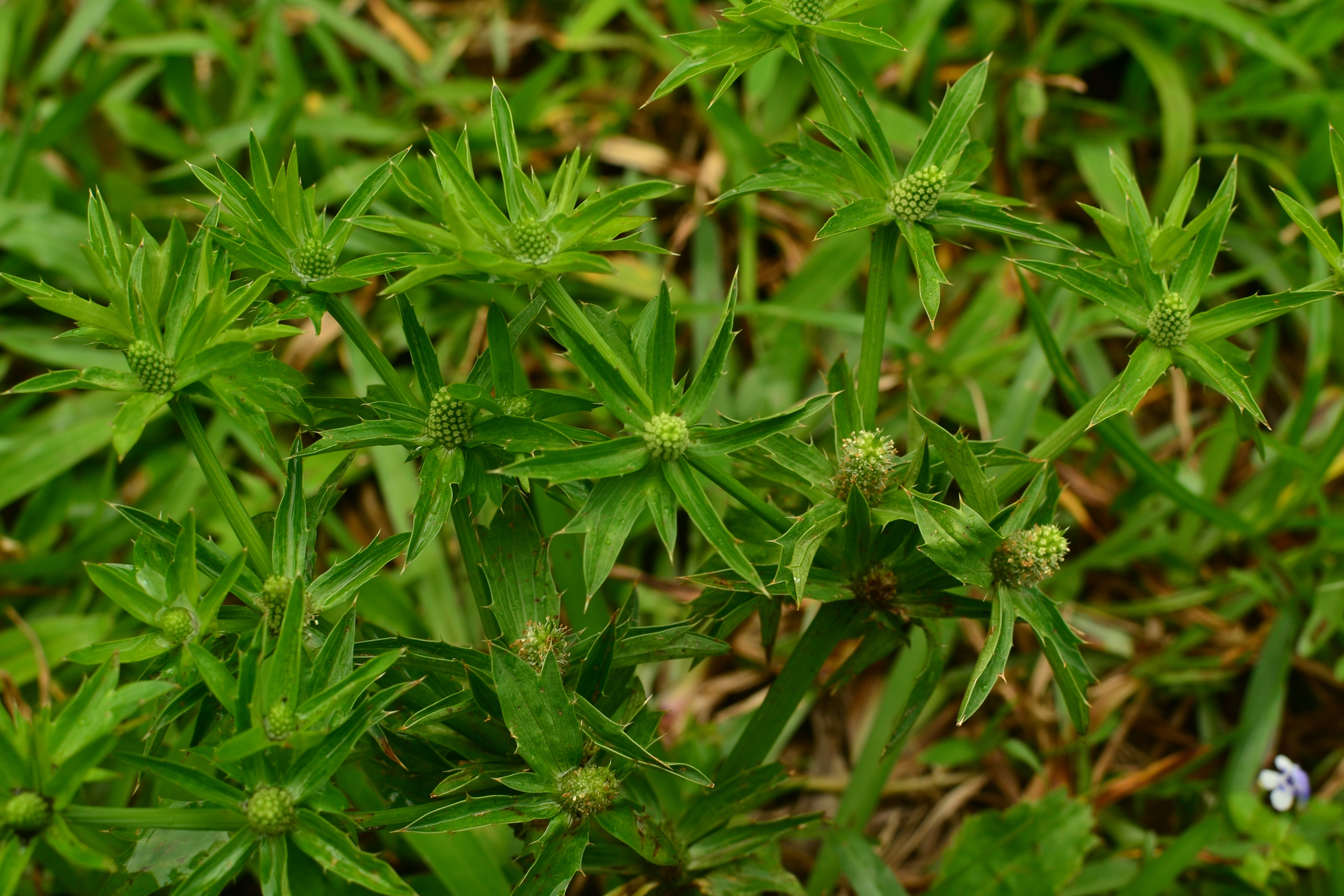
Flower and seed head
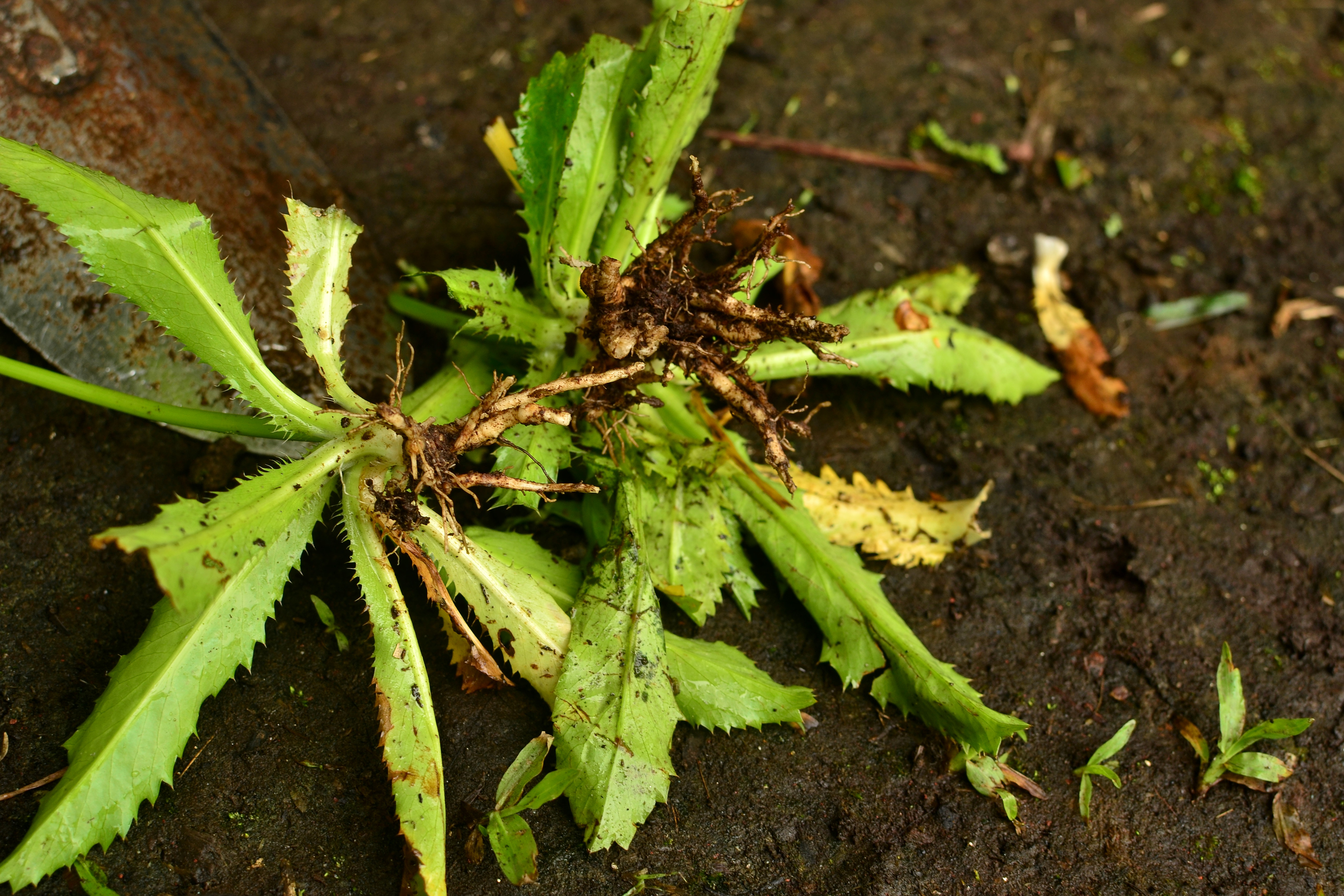
Up-plant and replant
Care
Culantro is a carefree plant. If you would like to perennial-ize your plants, cut off flower stocks when they appear. Consistently doing this will force the plant to keep producing edible leaves and it will not end its lifecycle.
If you want to propagate more culantro: let one of your plants go to seed and continue to cut off the flower stocks on your other plants. Your single flowering plant will set lots of seed and drop them all around itself. Give them a little time and new plants will emerge all around your flowering plant. Once the plant flowers it will die. But you should have plenty of keiki to replace it.
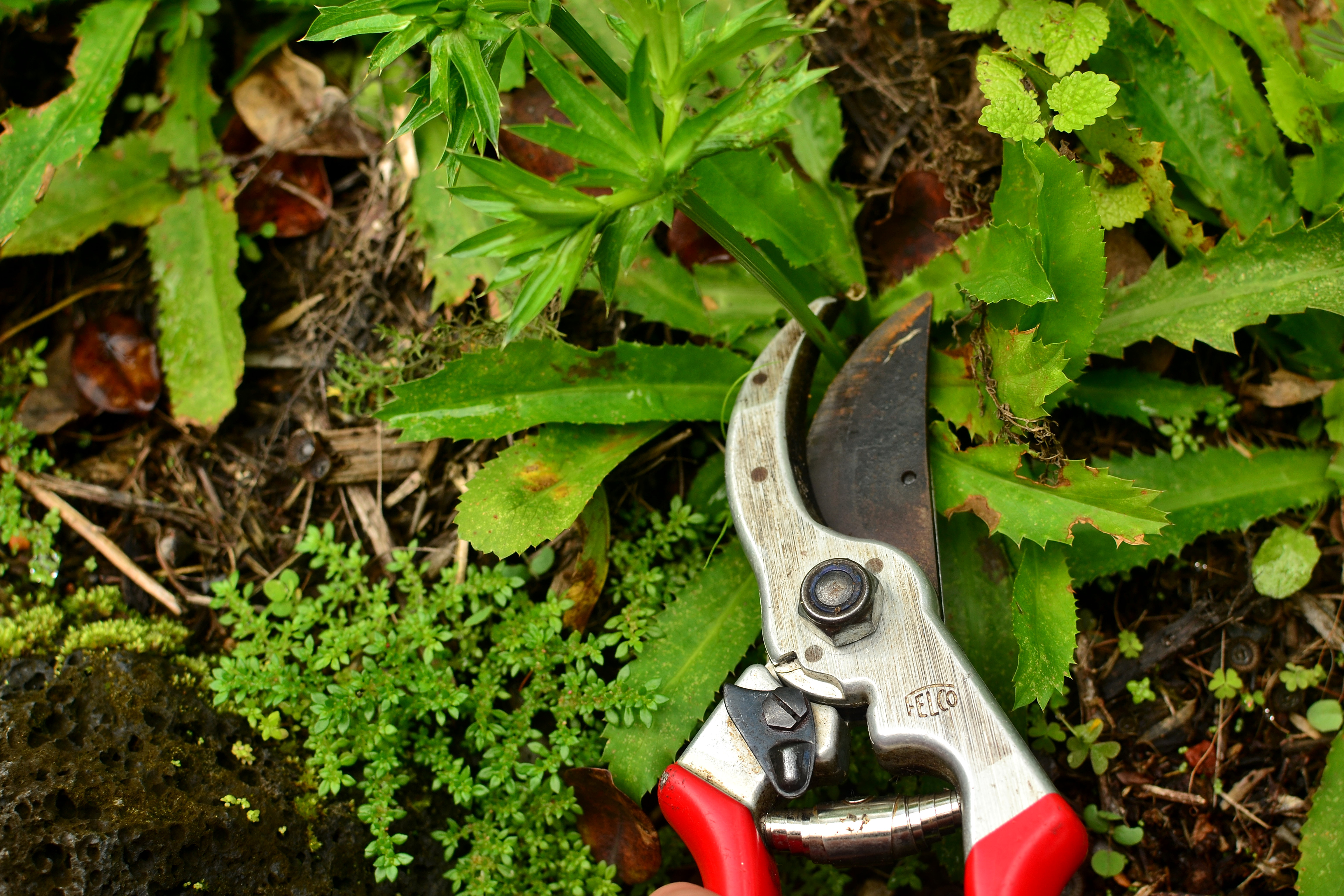
Cut off flower stock to keep plants from ending their lifecycle
Eating
Treat culantro as you would cilantro. Use young tender or older leaves raw or cooked. However, use less of the leaves, as it is more potent than cilantro. Flower heads may be blended to create a pesto or salad dressing as well.
Where to obtain planting materials
Look around your property for it; chances are it’s already a weed in the garden somewhere. Seriously.
You could ask someone growing it for some seed, or a young up-planted plant would be easier. Or try to find it at a plant sale. This plant is easy to find and identify (leaves, flowers and scent are unmistakable).
My Garden
When I first moved onto the property I would cut the grass and get a strong scent I could never place. As I left the grass to grow, I would walk around and get poked by the flowers of this unmistakable plant. This plant would force me to cut the grass sooner than I would like because it would always poke me! One day I was at a plant sale and noticed this plant. I saw a photo of the flowers and looked at the leaves. I immediately realized this was the plant prolific in the grass at home. I noted the name and checked out the plant once I got home. Realizing this scent I associated with cutting the grass was cilantro like, or rather the pungent scent of culantro. I decided to up-plant this and move it into the herb spiral at home. This was about two years ago. Those plants are still growing strong in the herb spiral and still out there in the grass. Food and medicine are literally all around us without our knowledge!
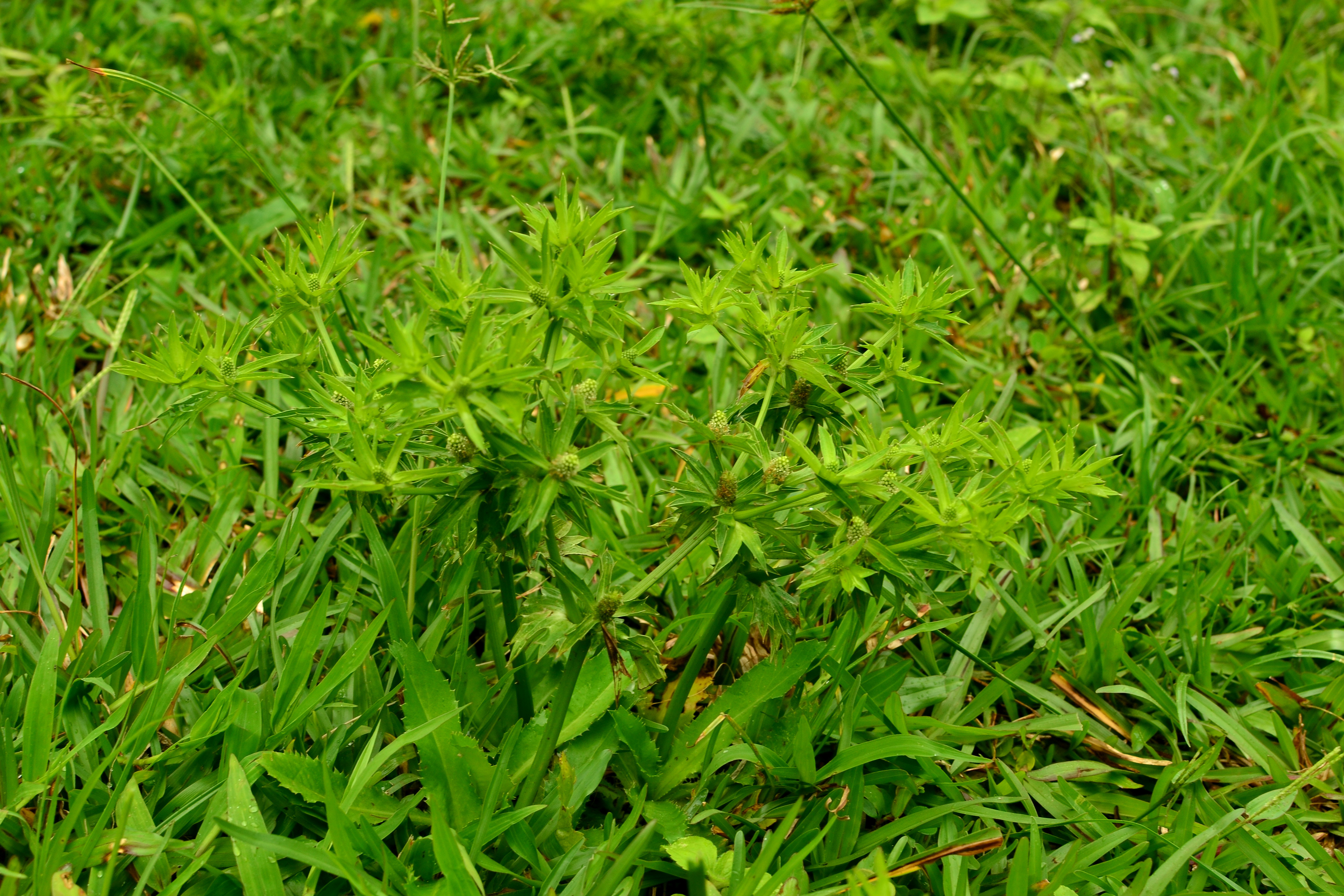
Culantro in the grass
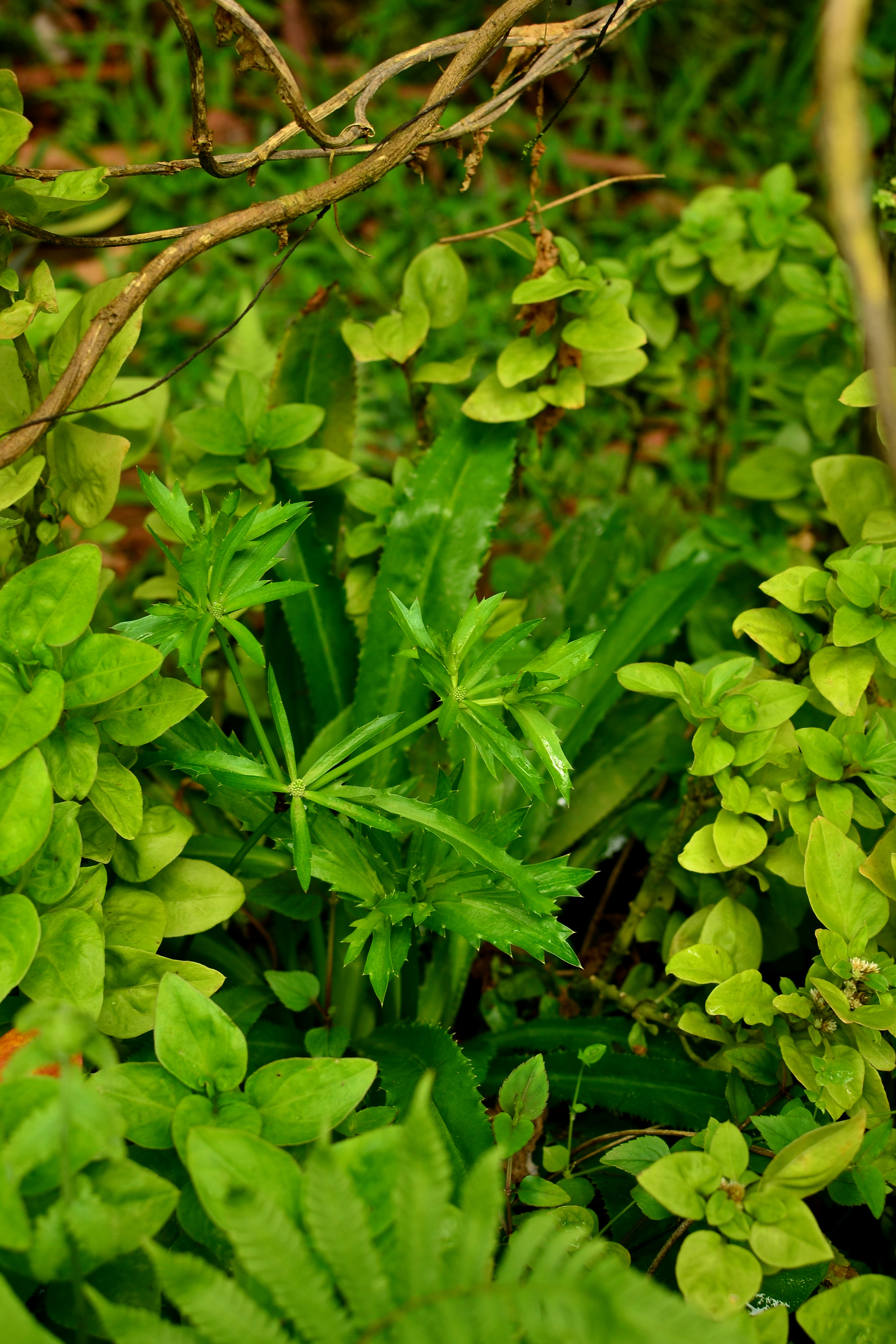
Culantro surrounded by Sisso Spinach and Winged Bean above
Happy Gardening!
